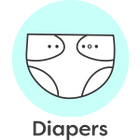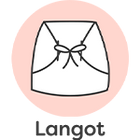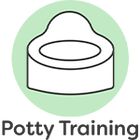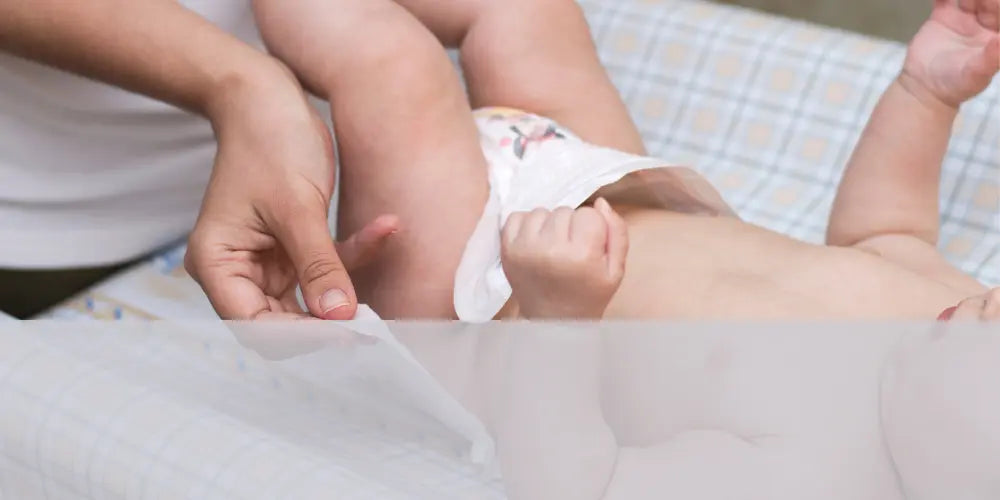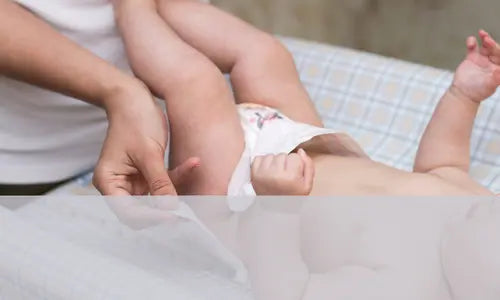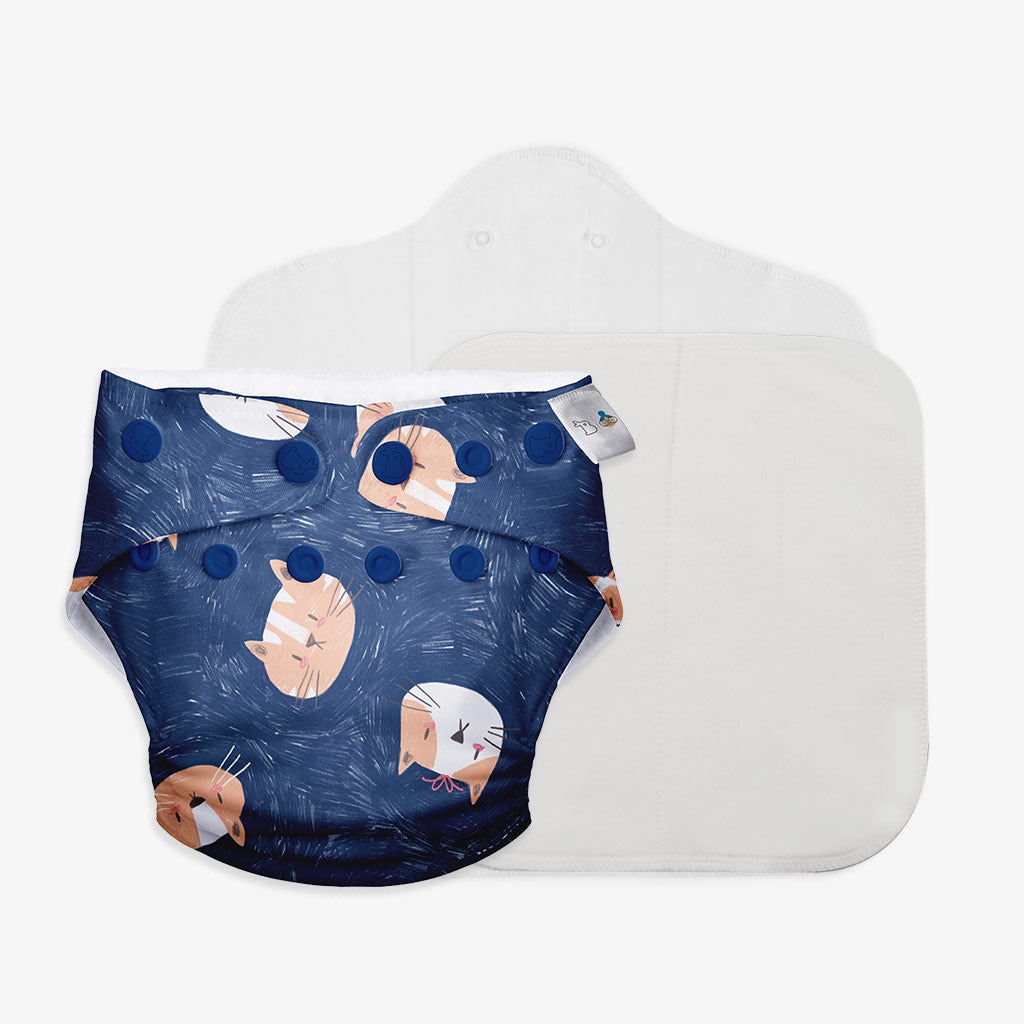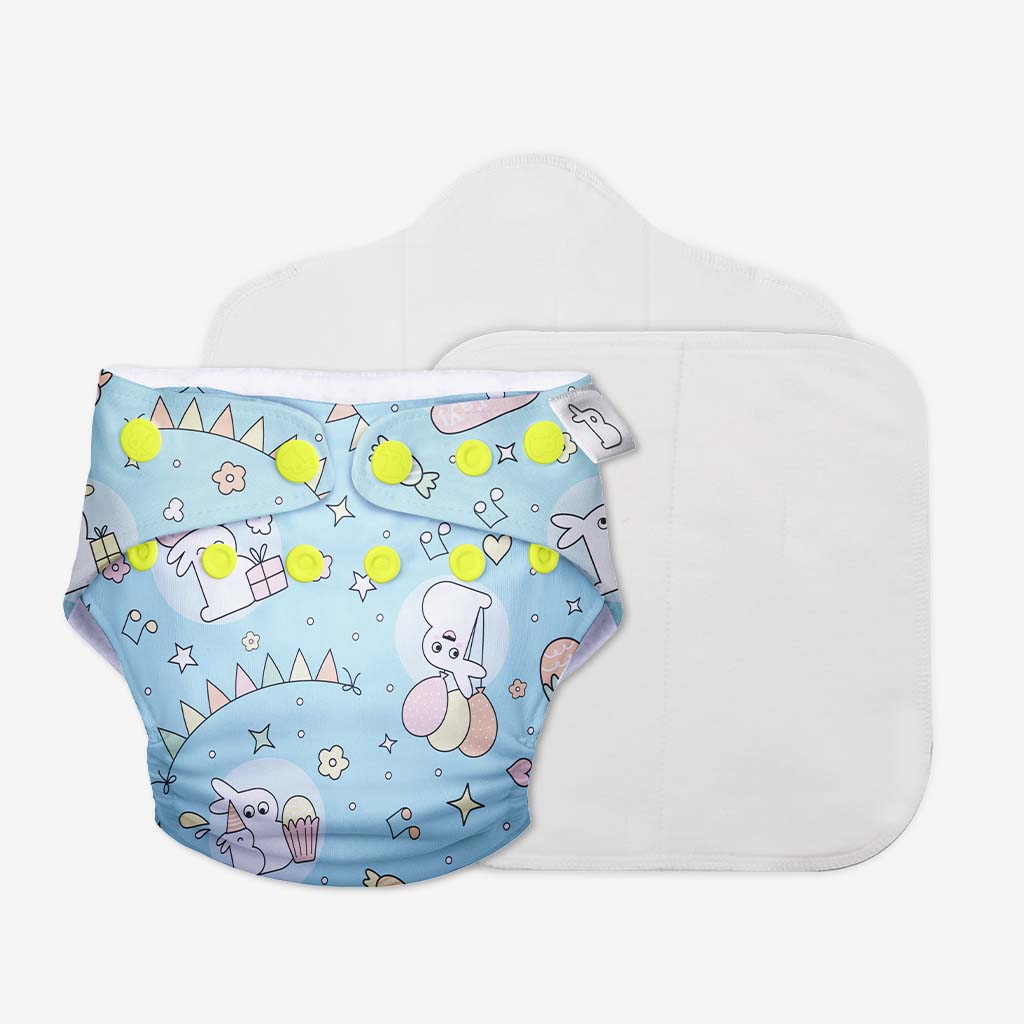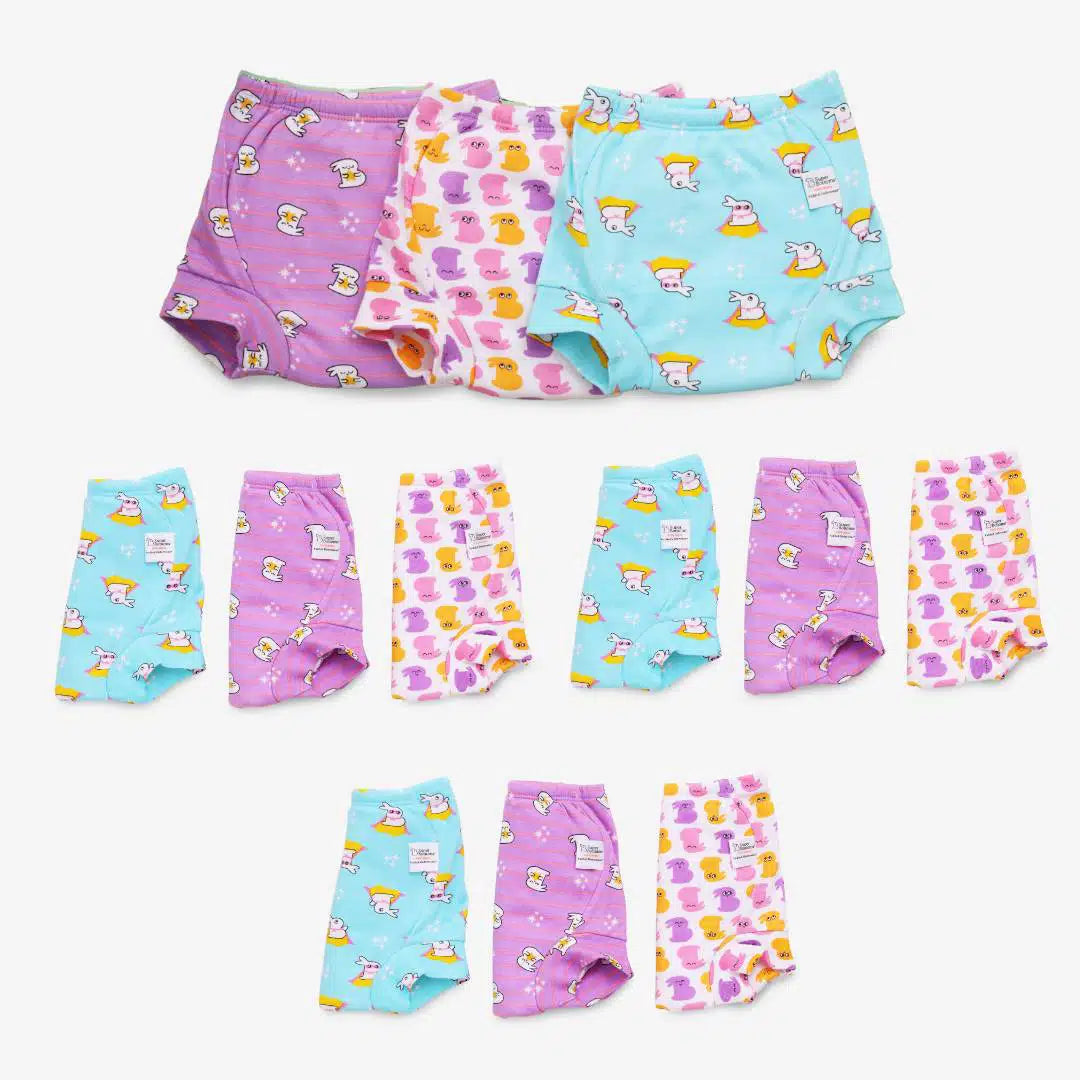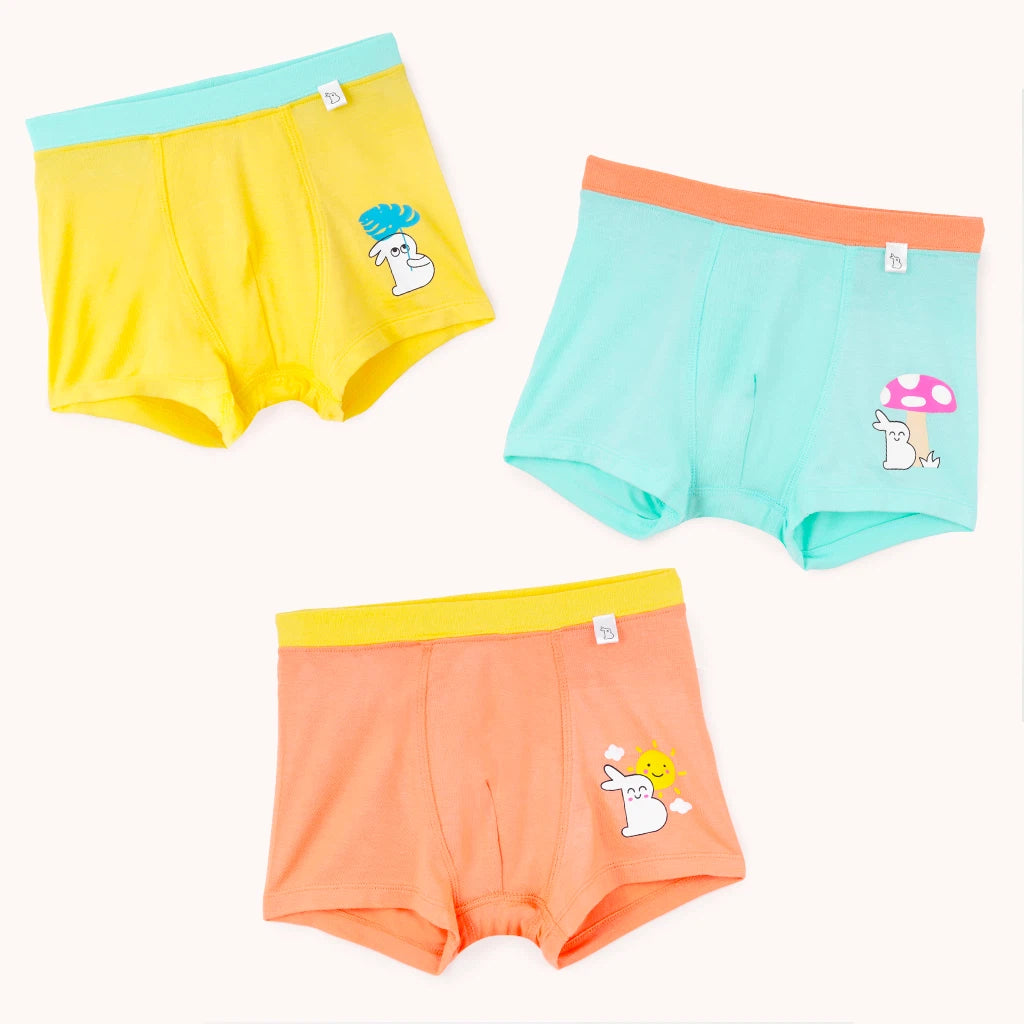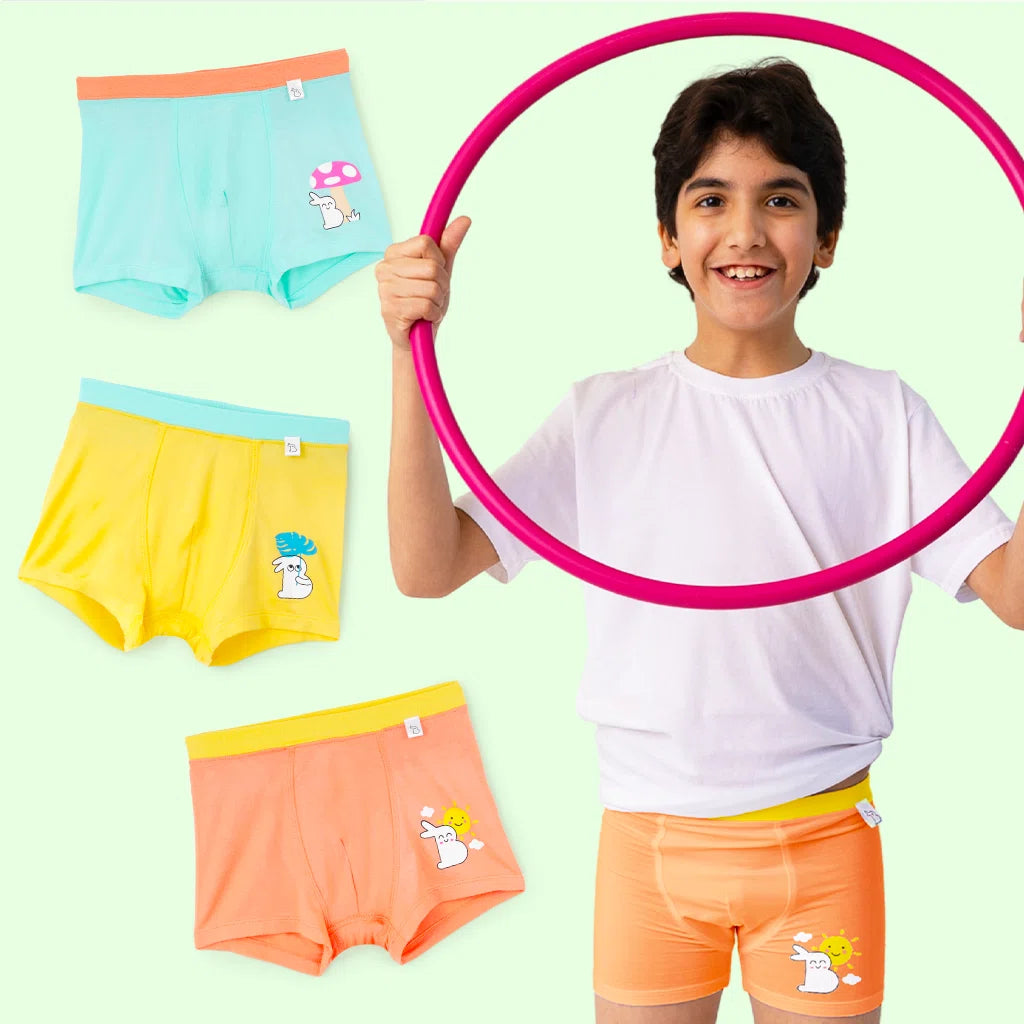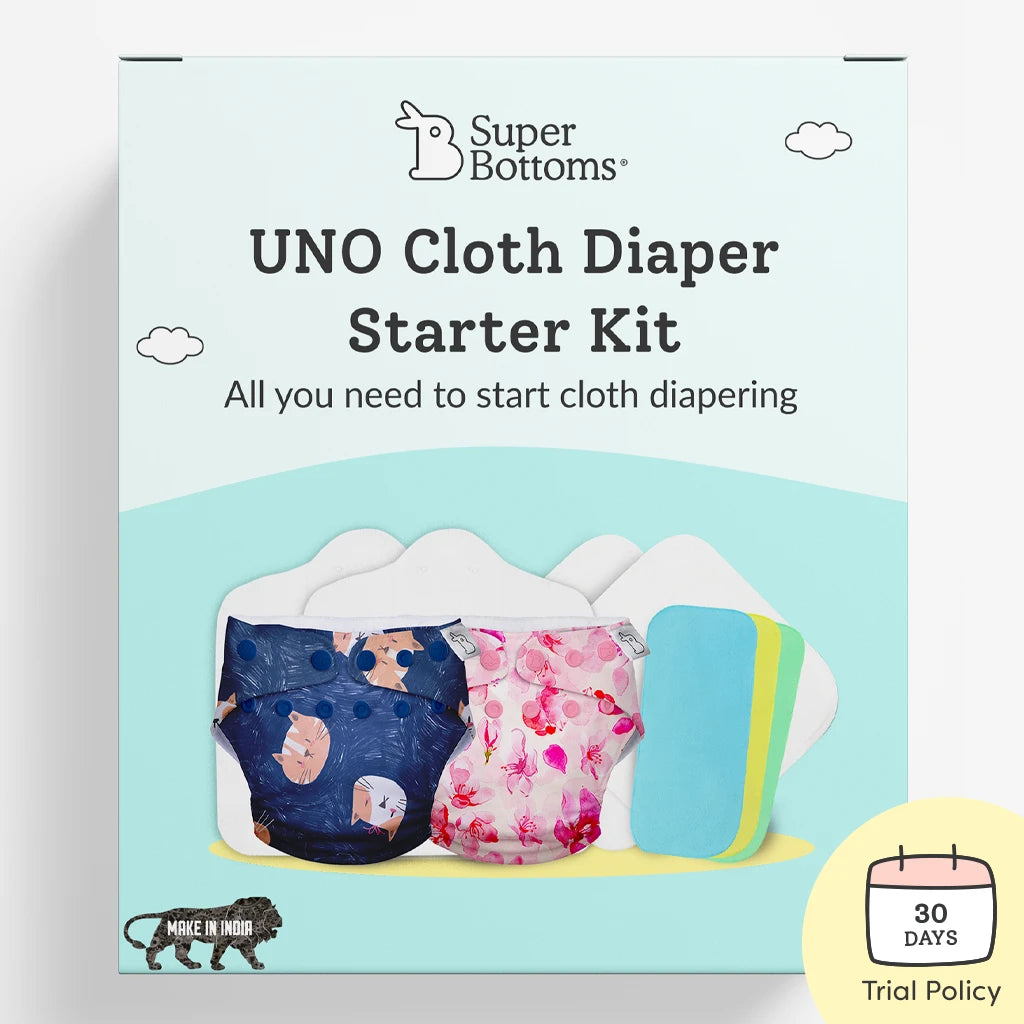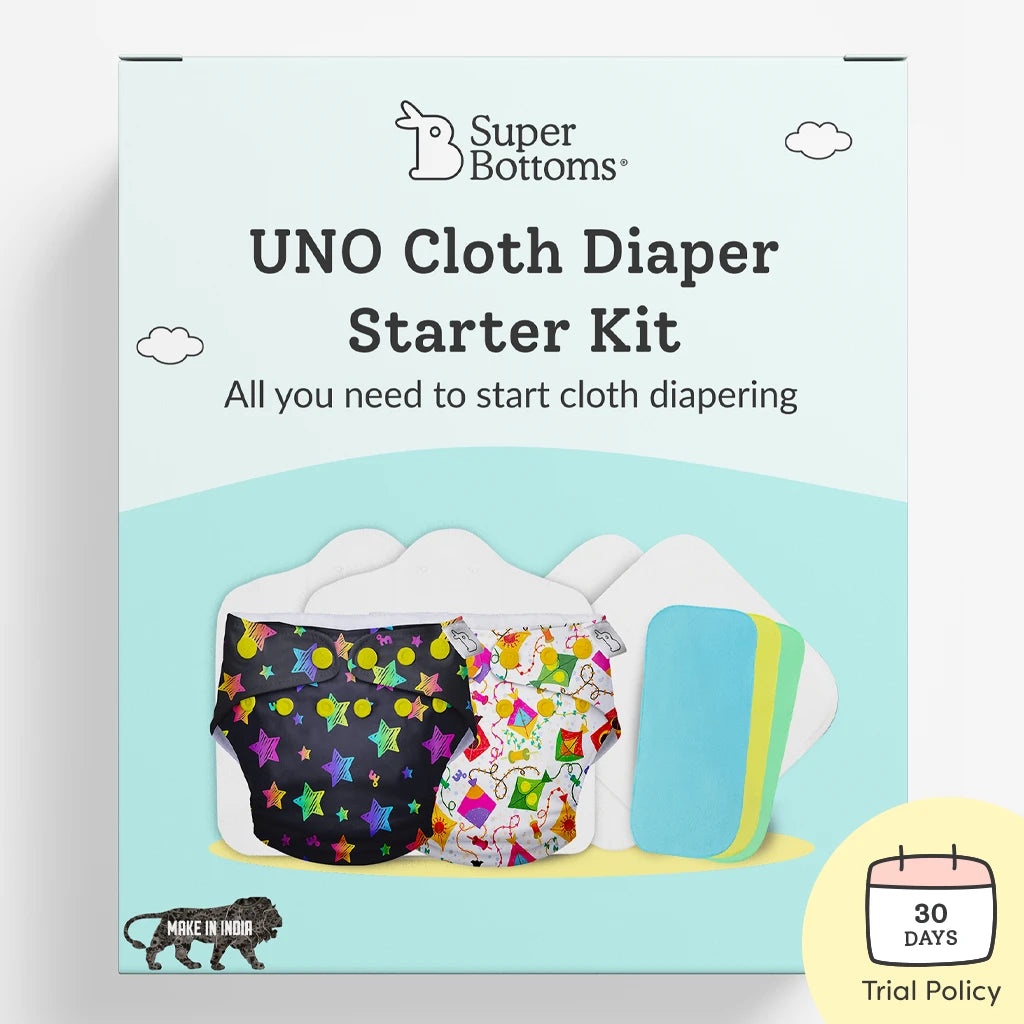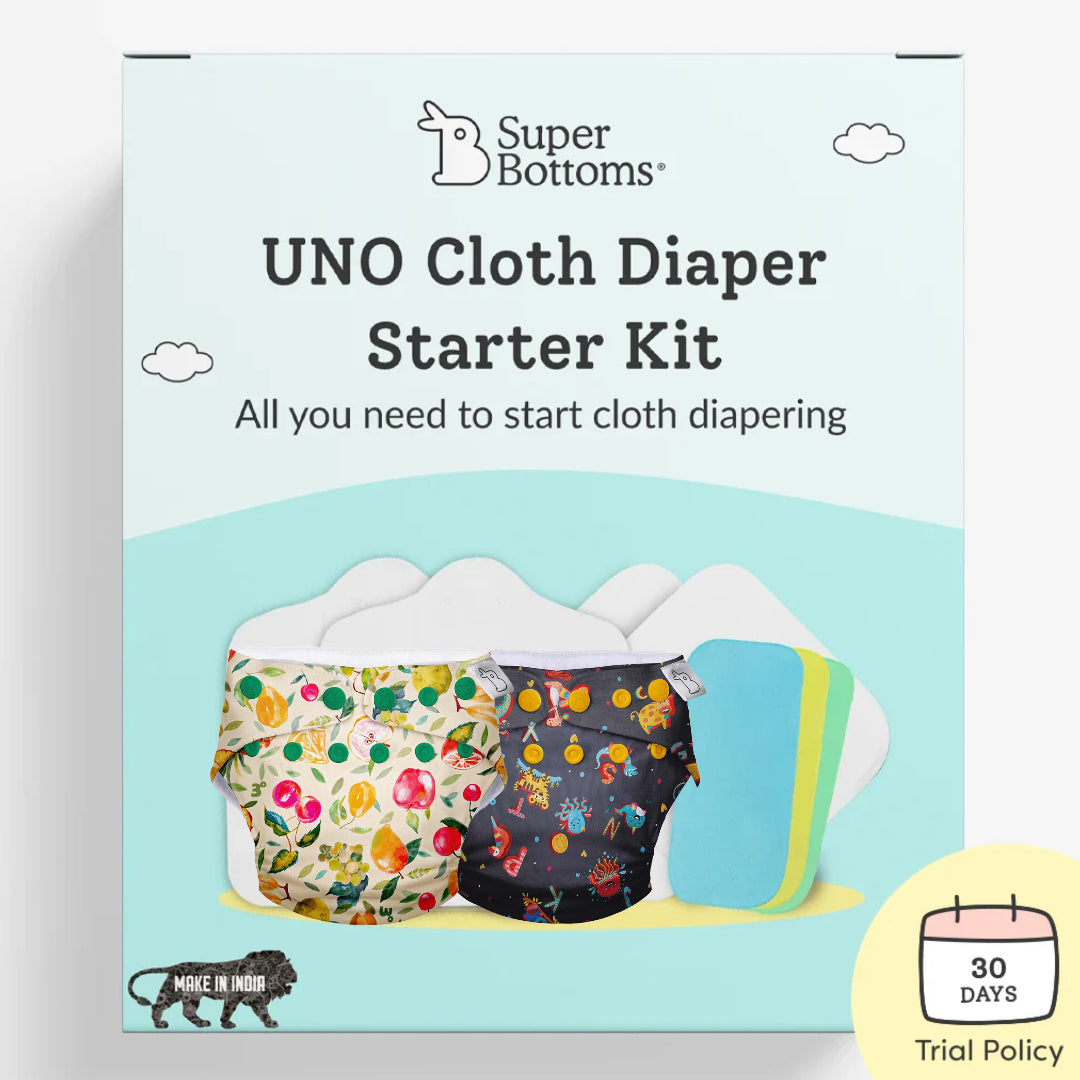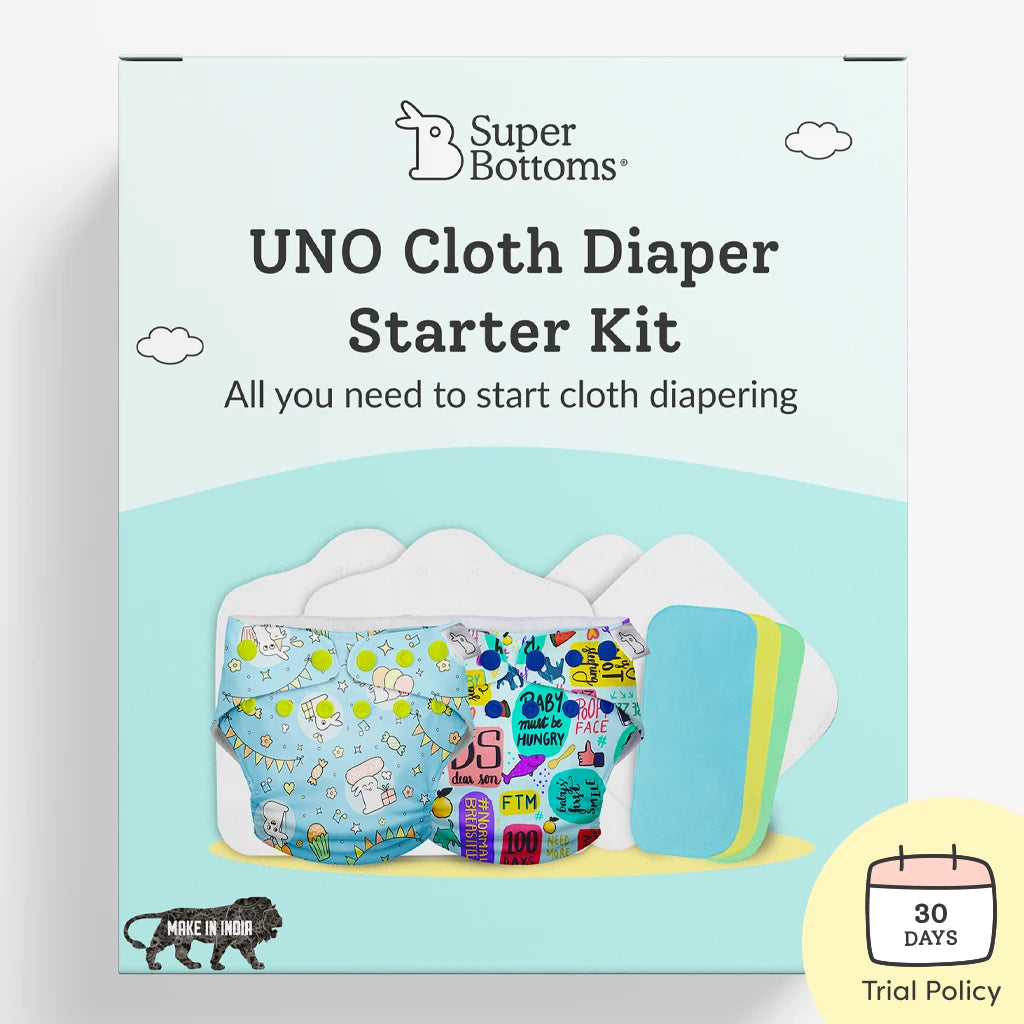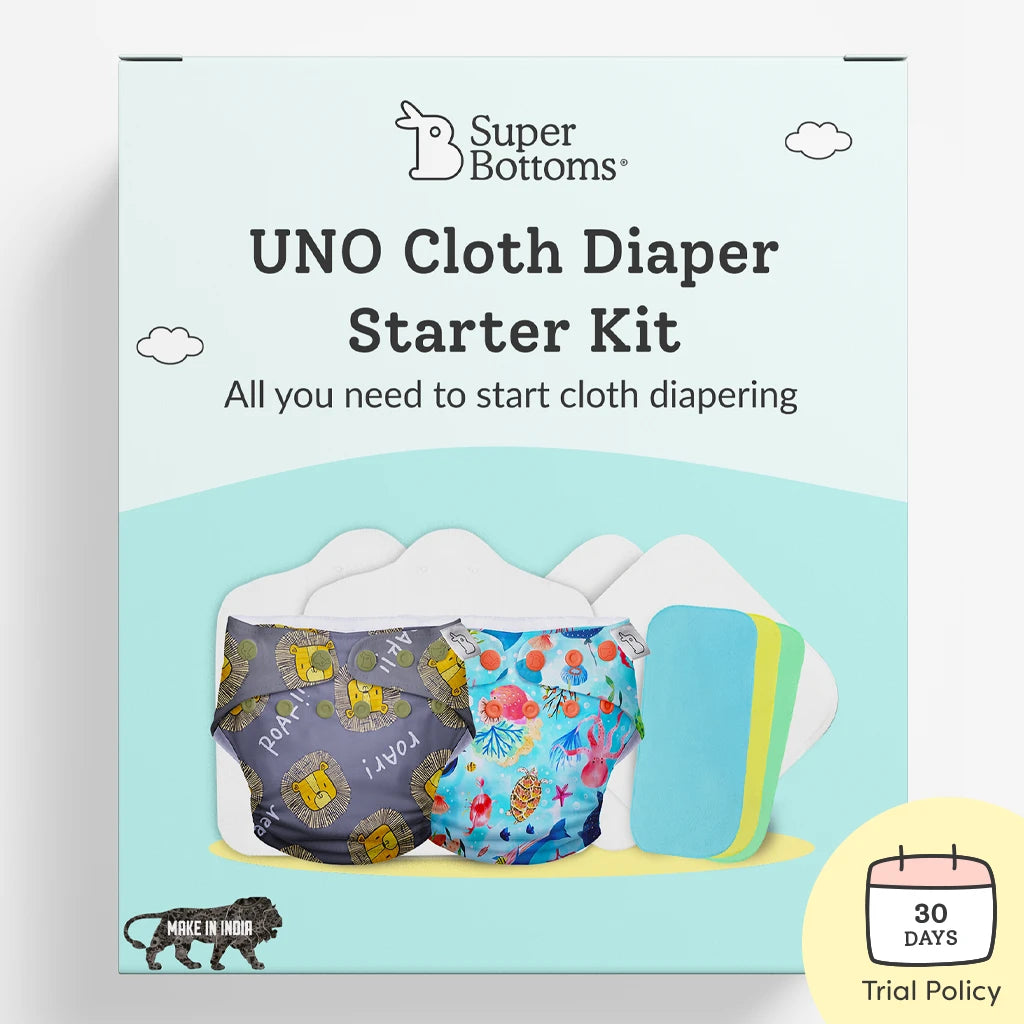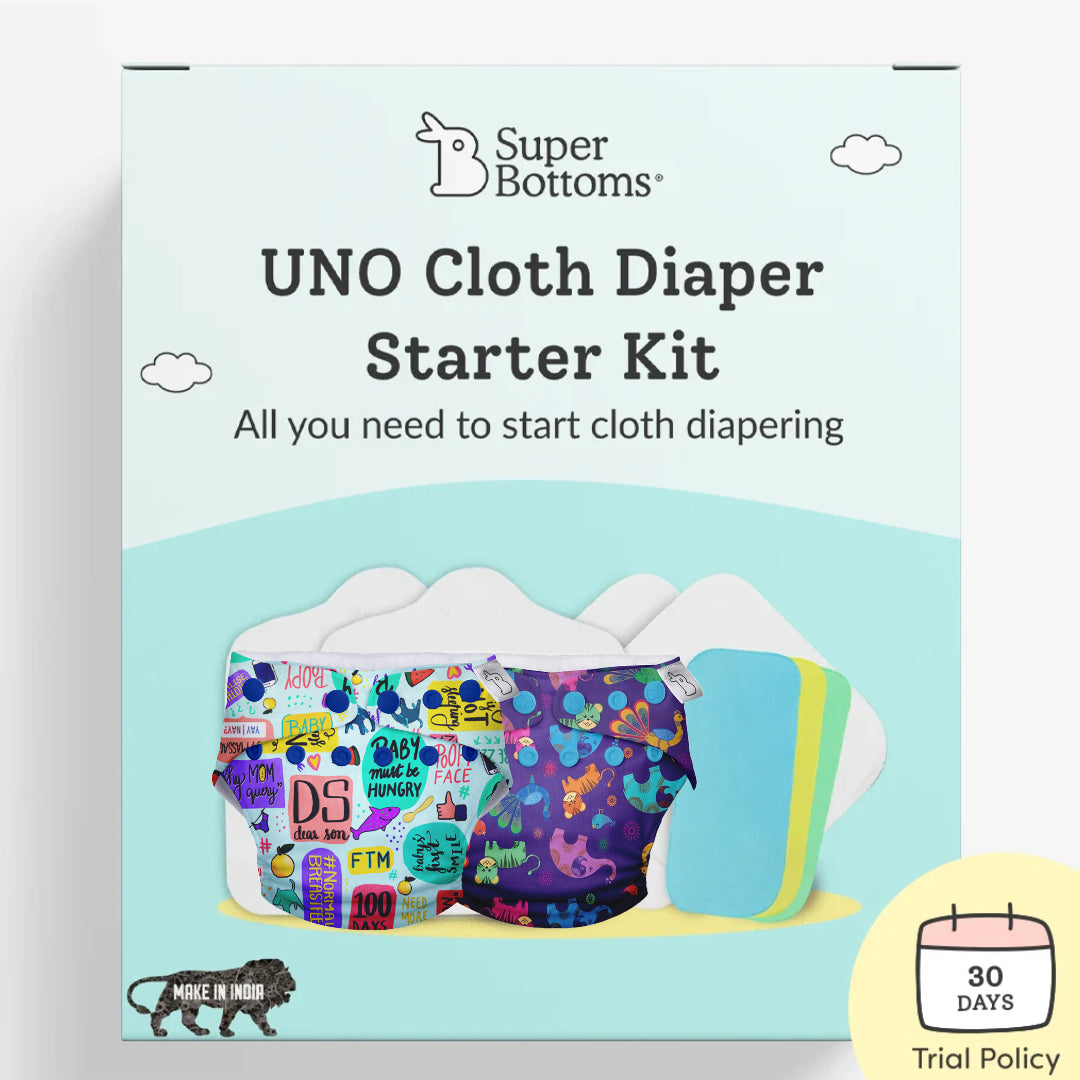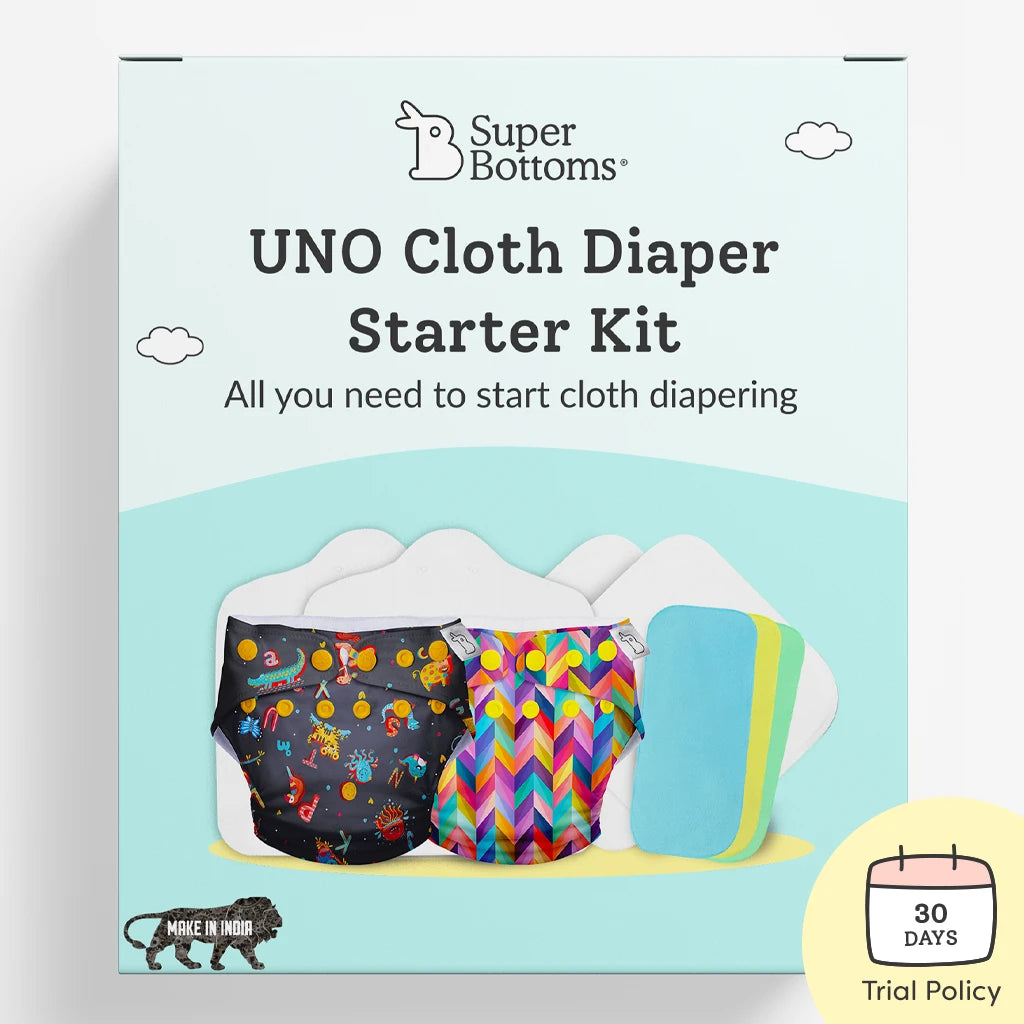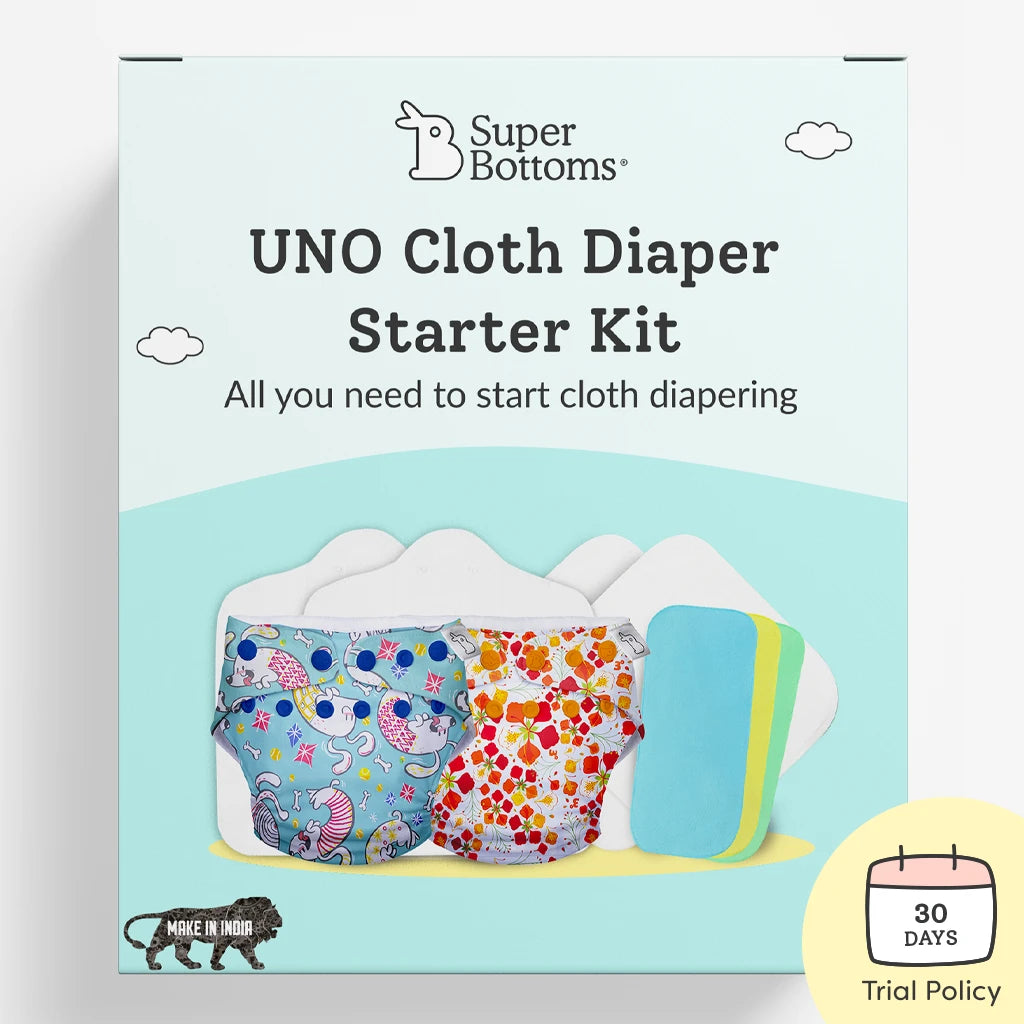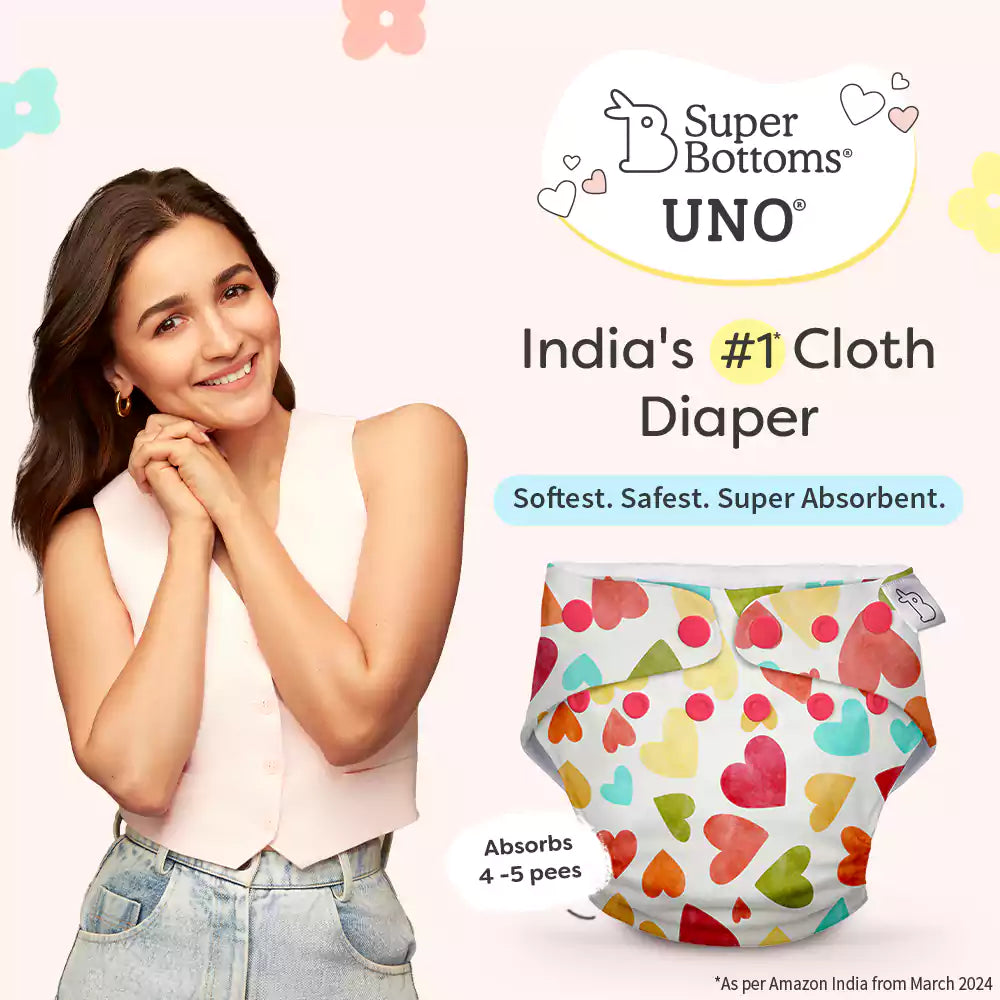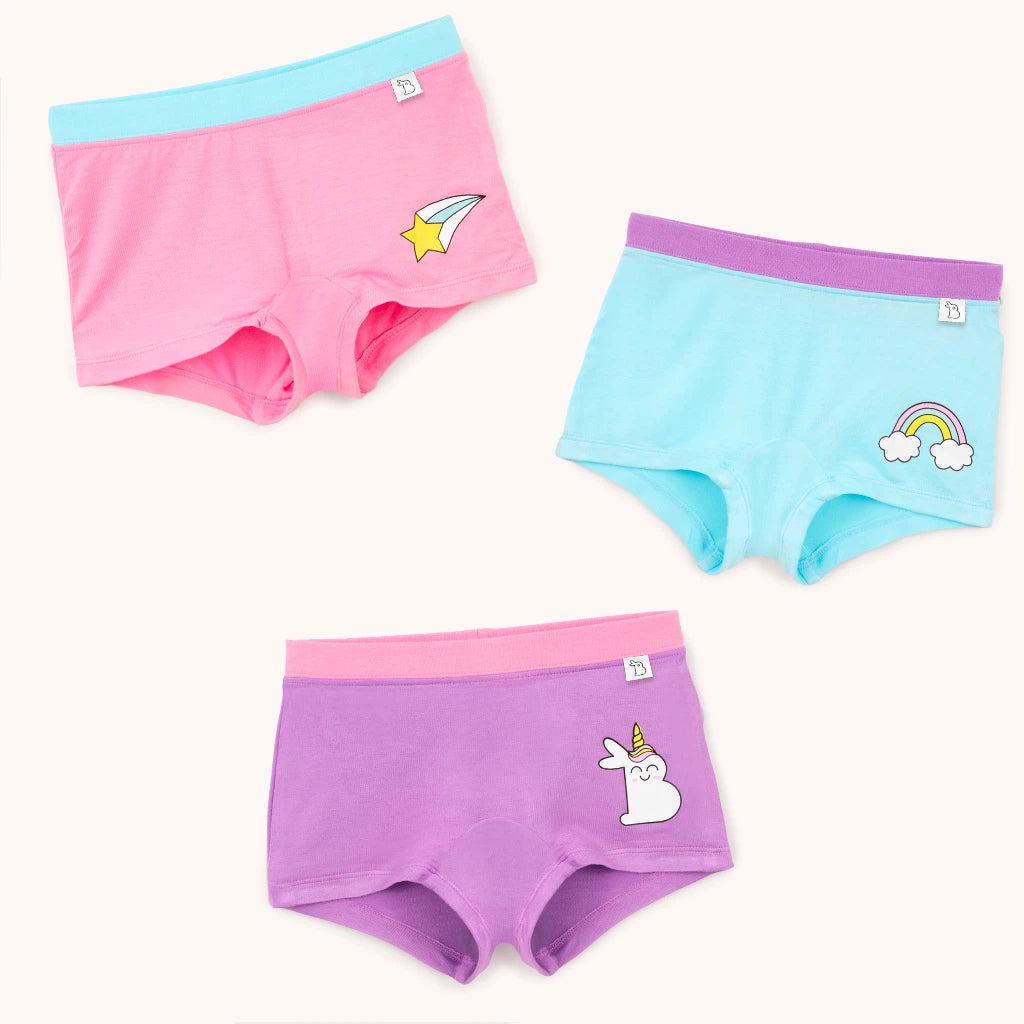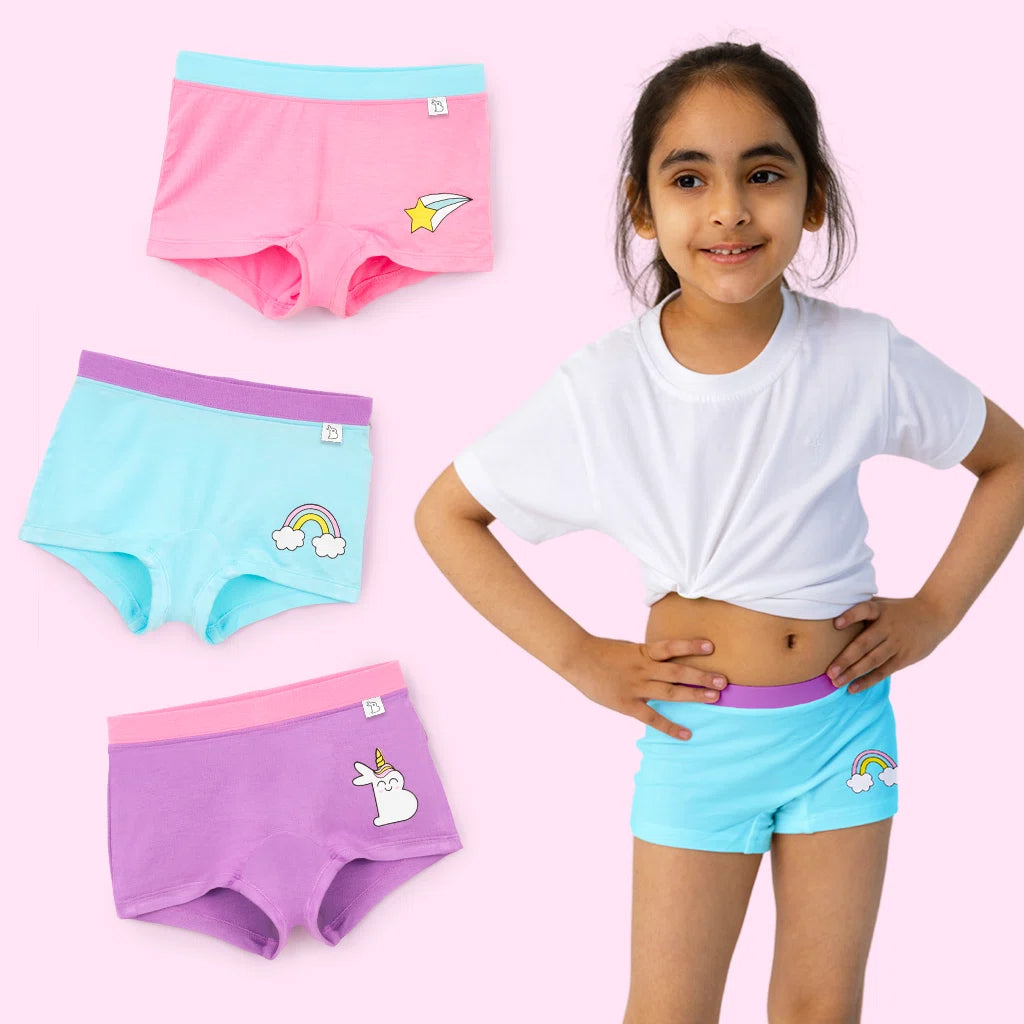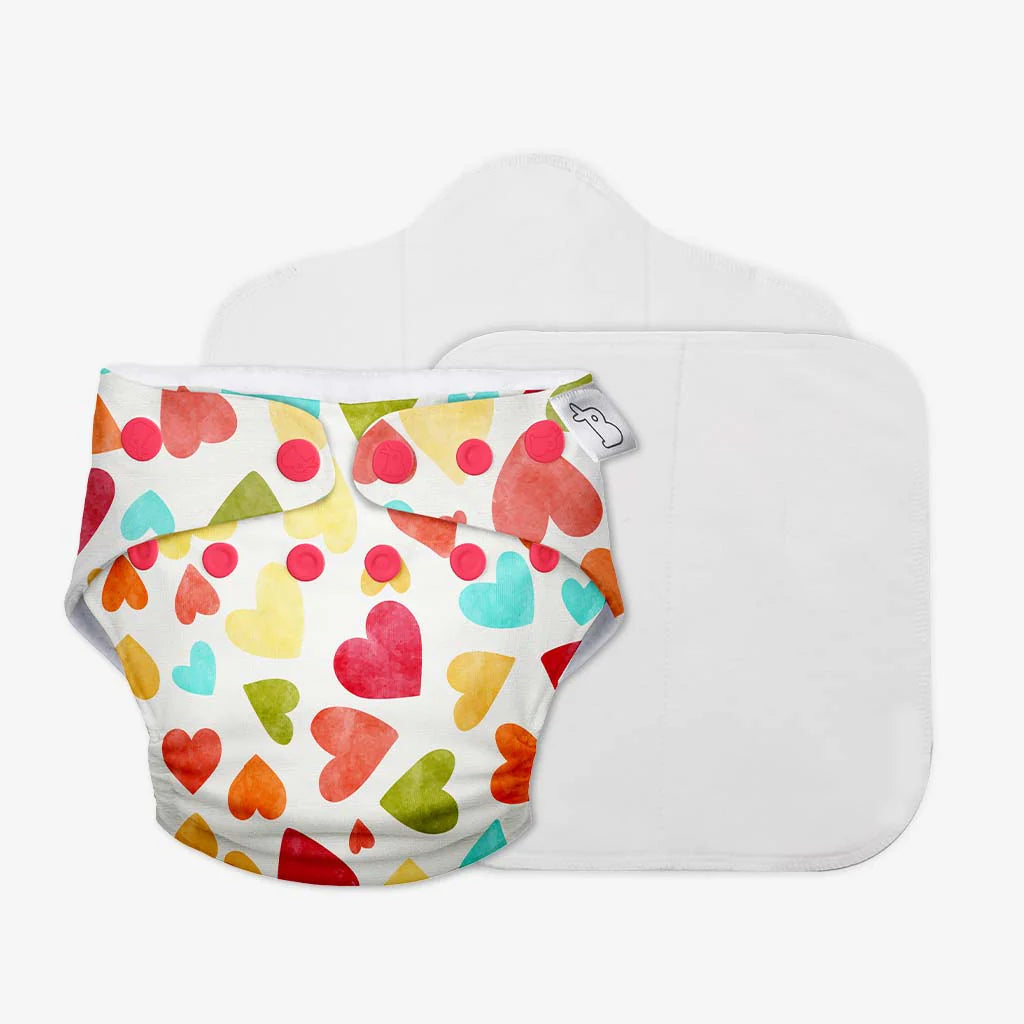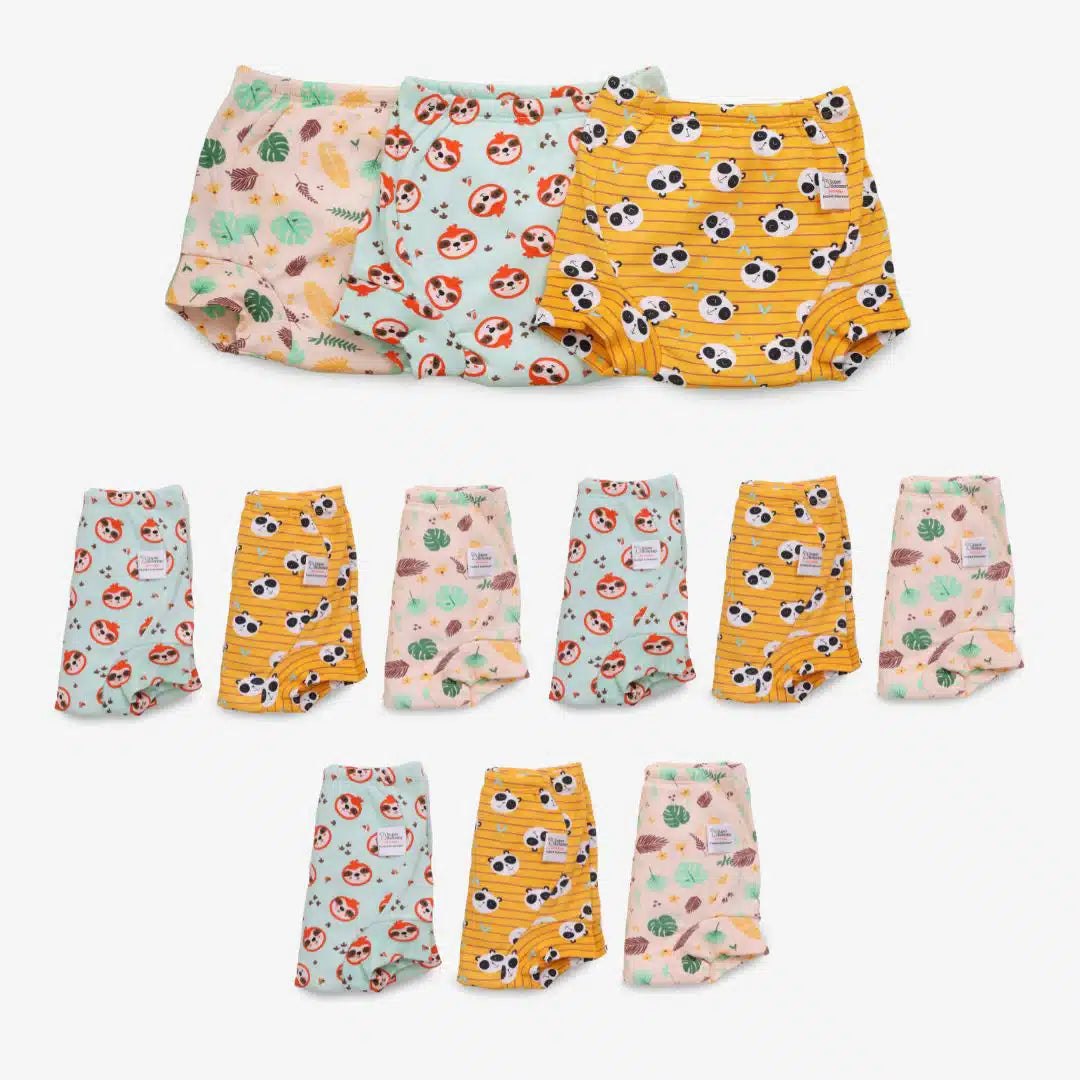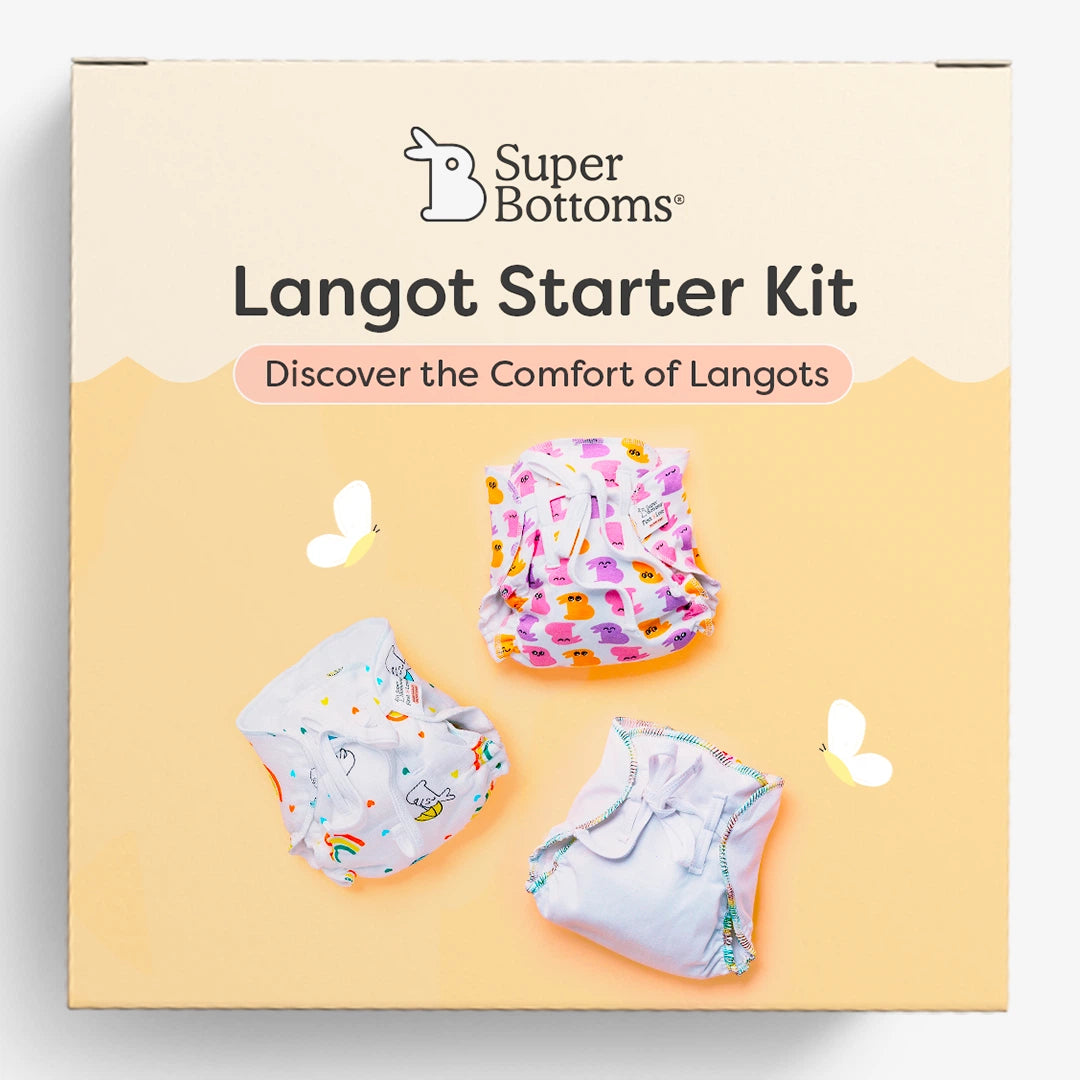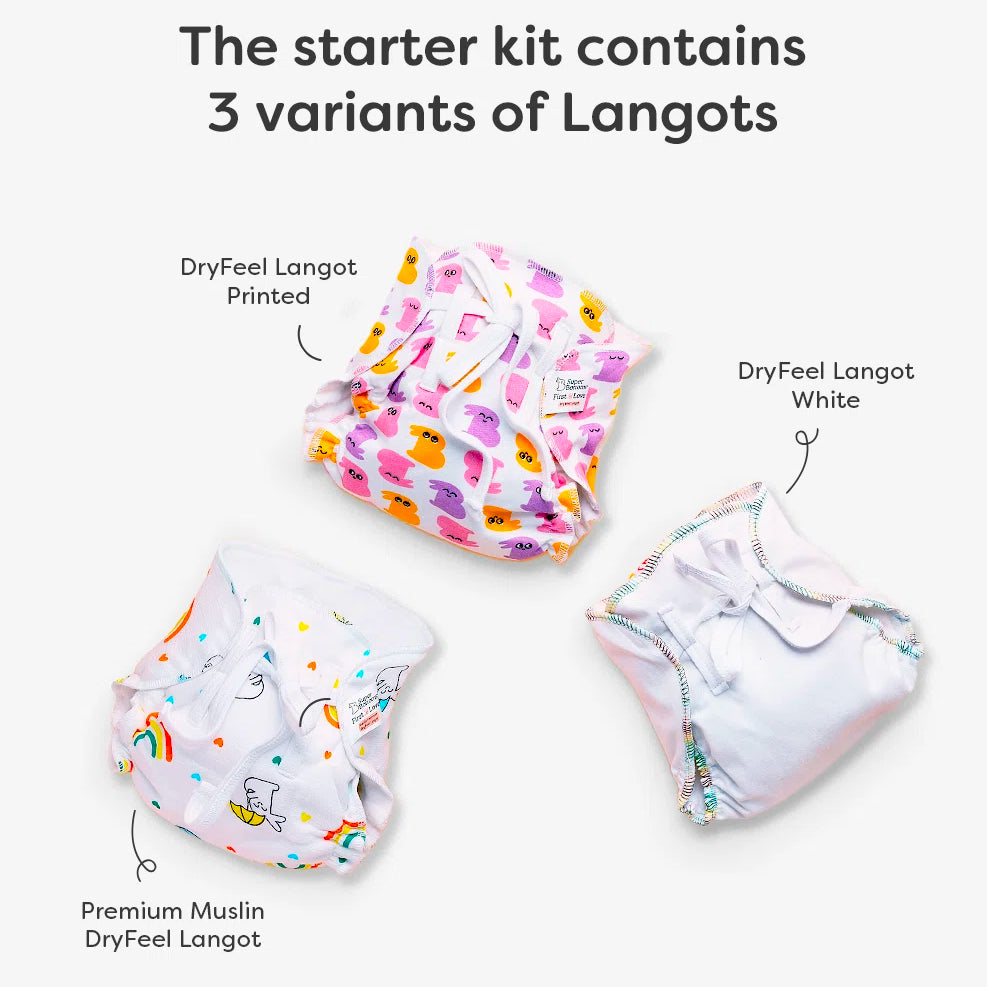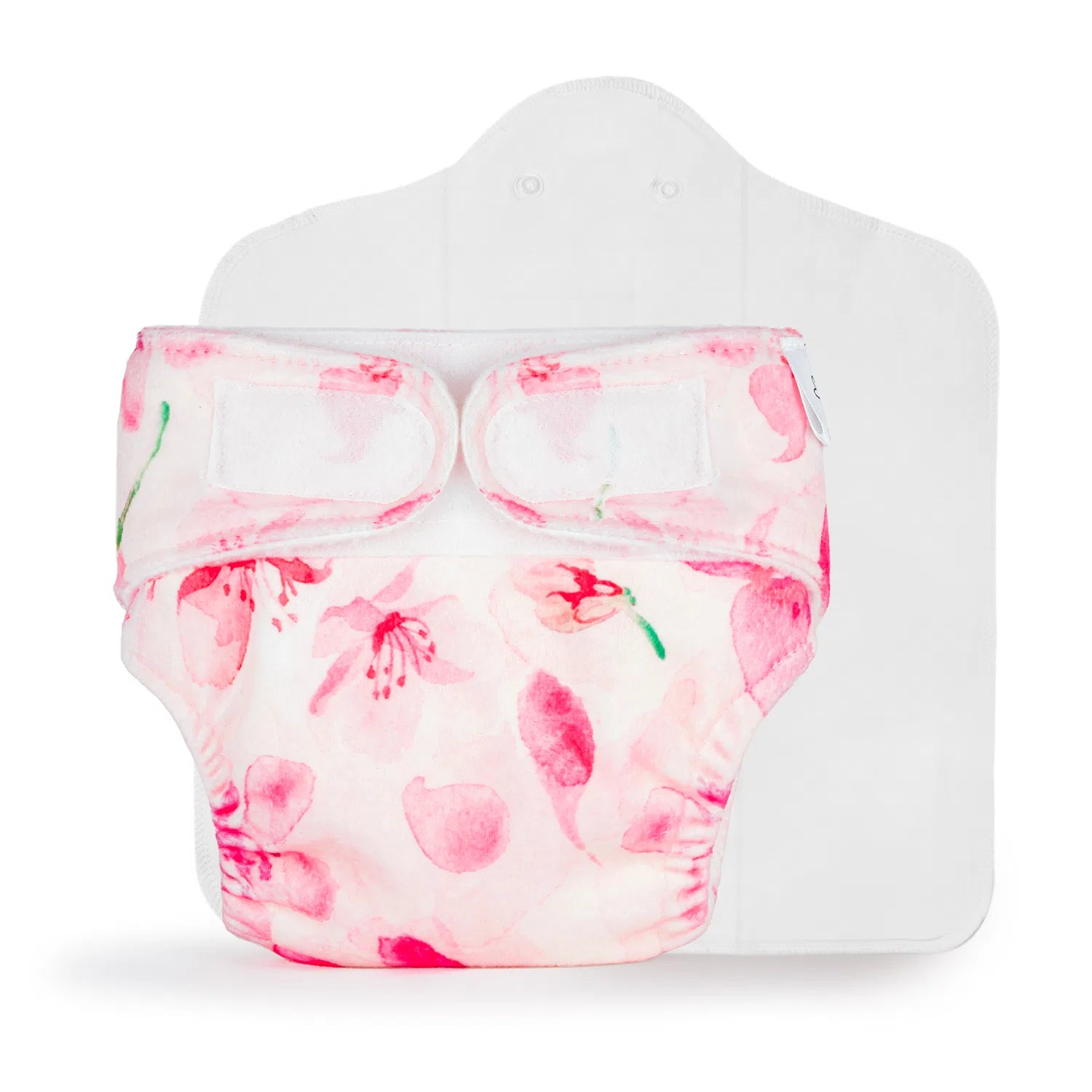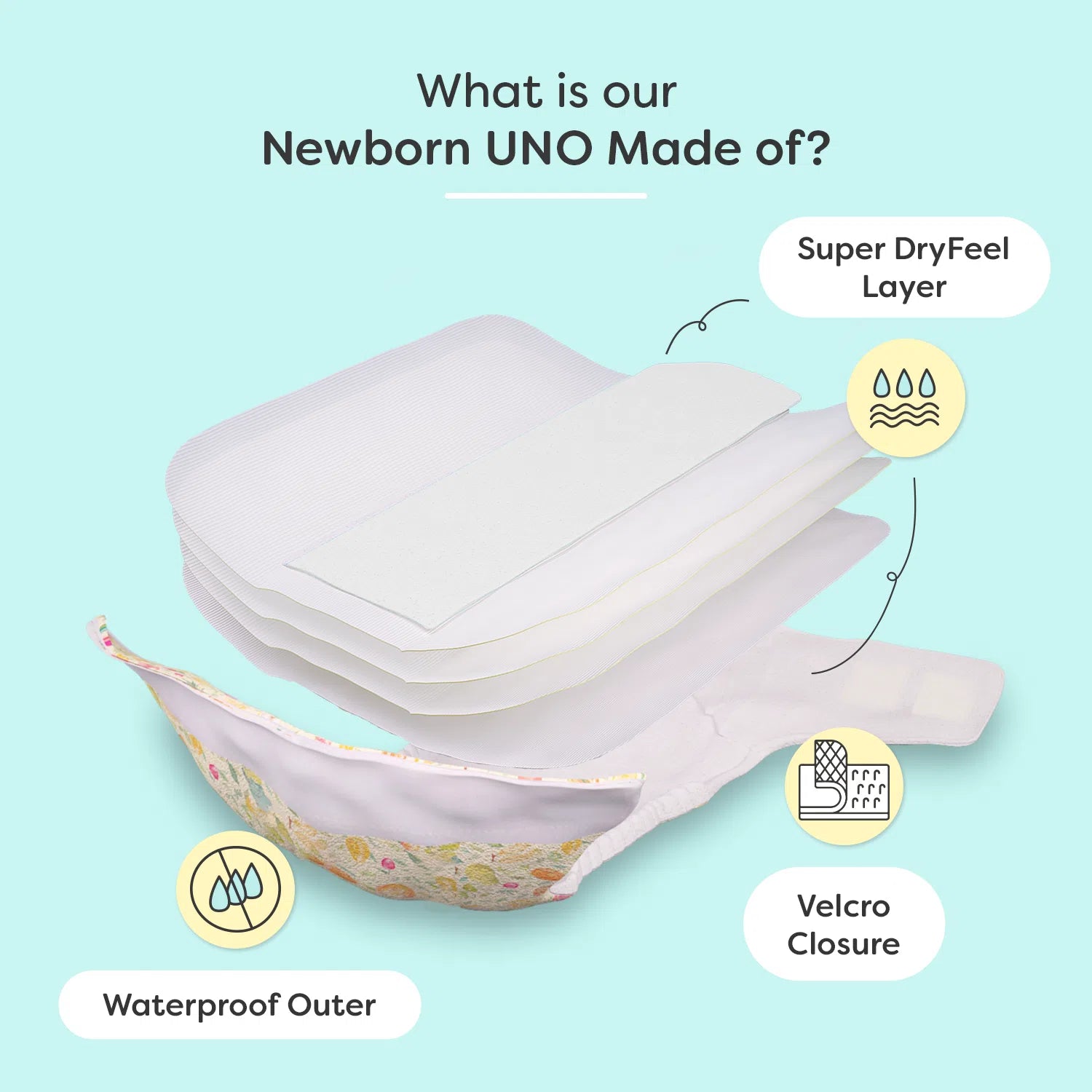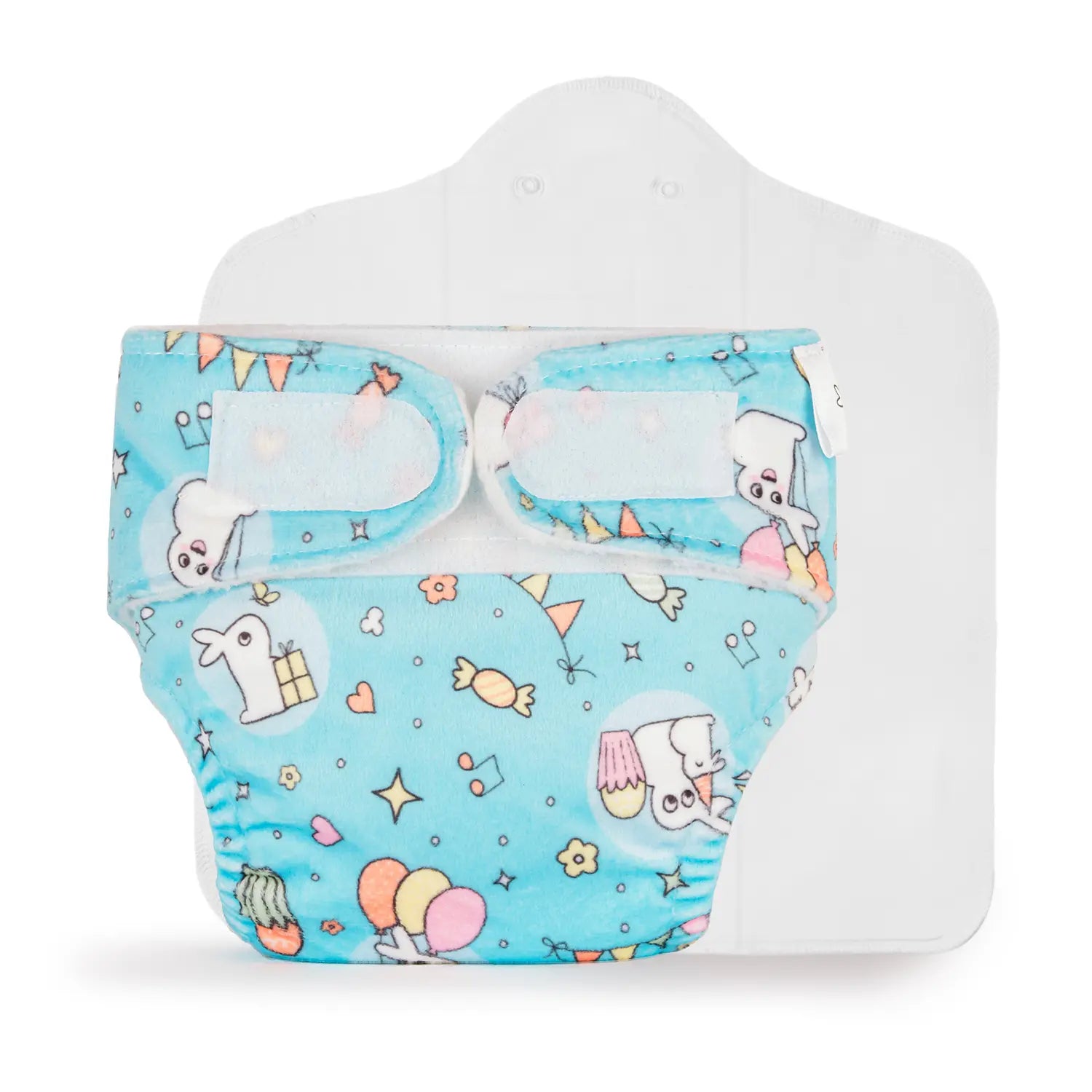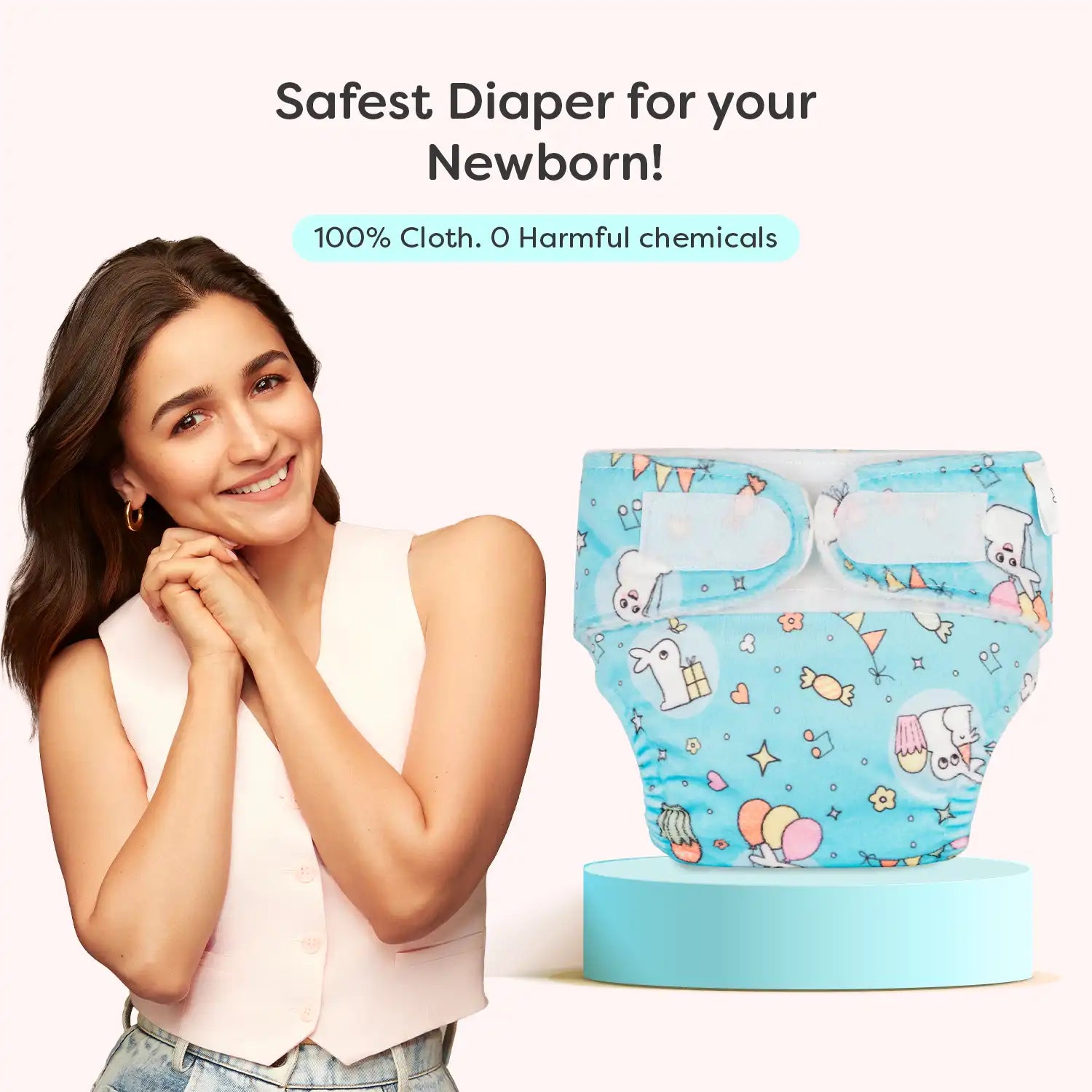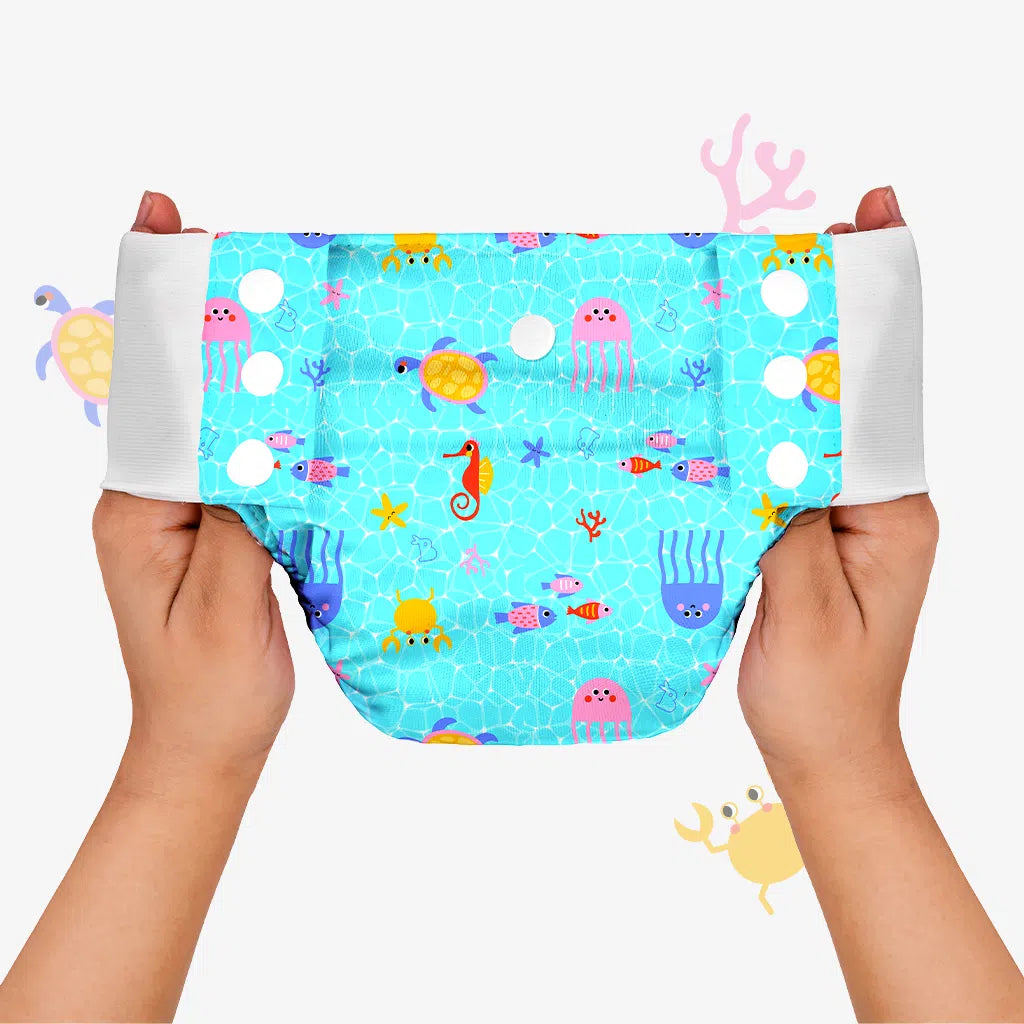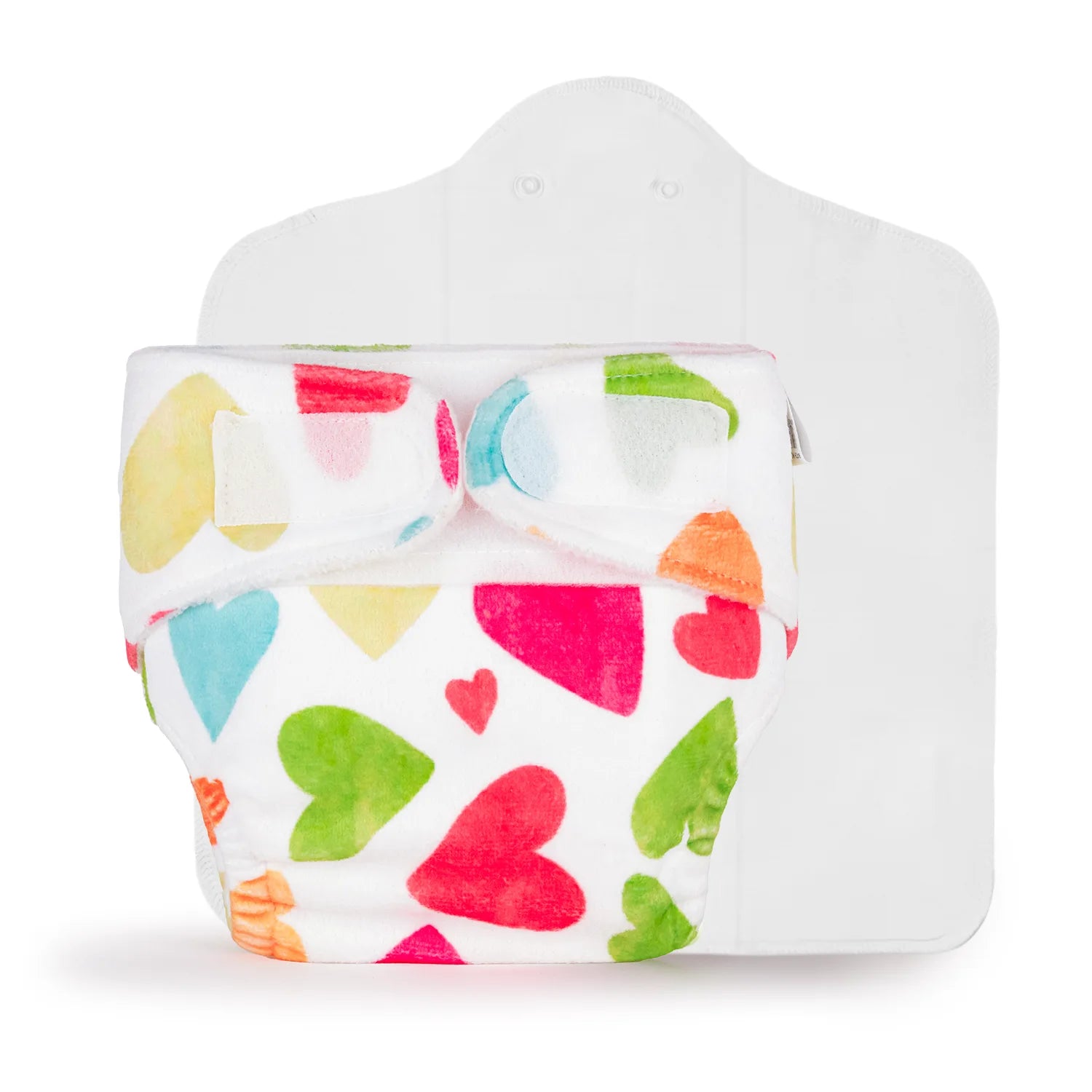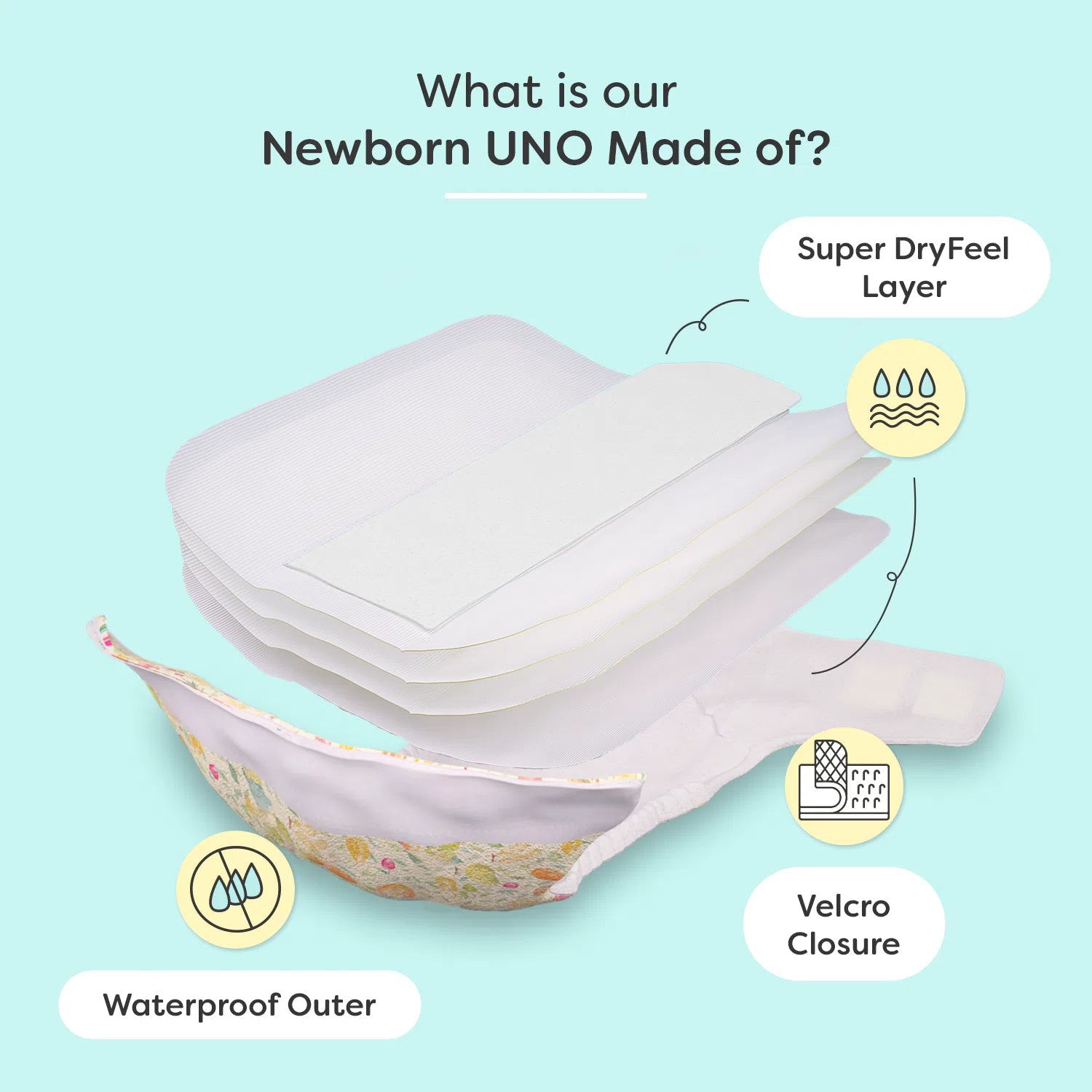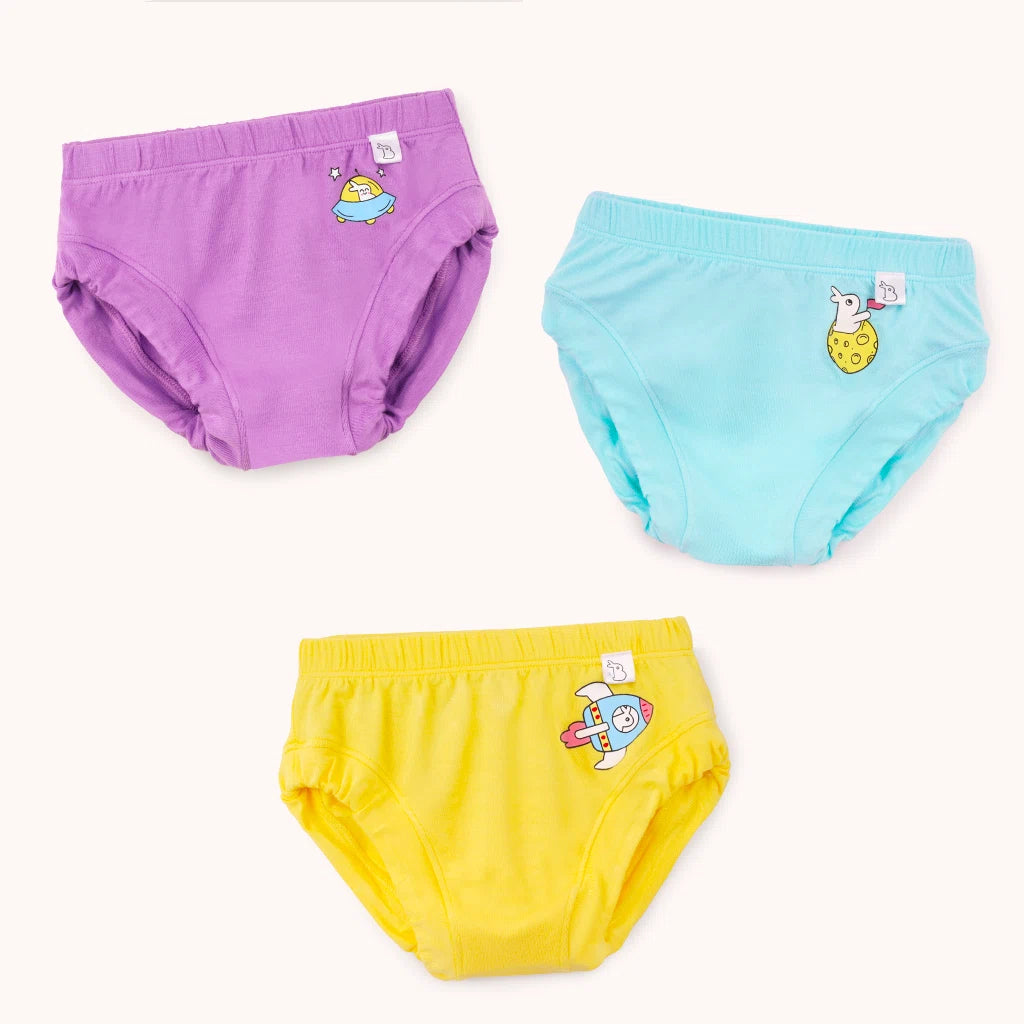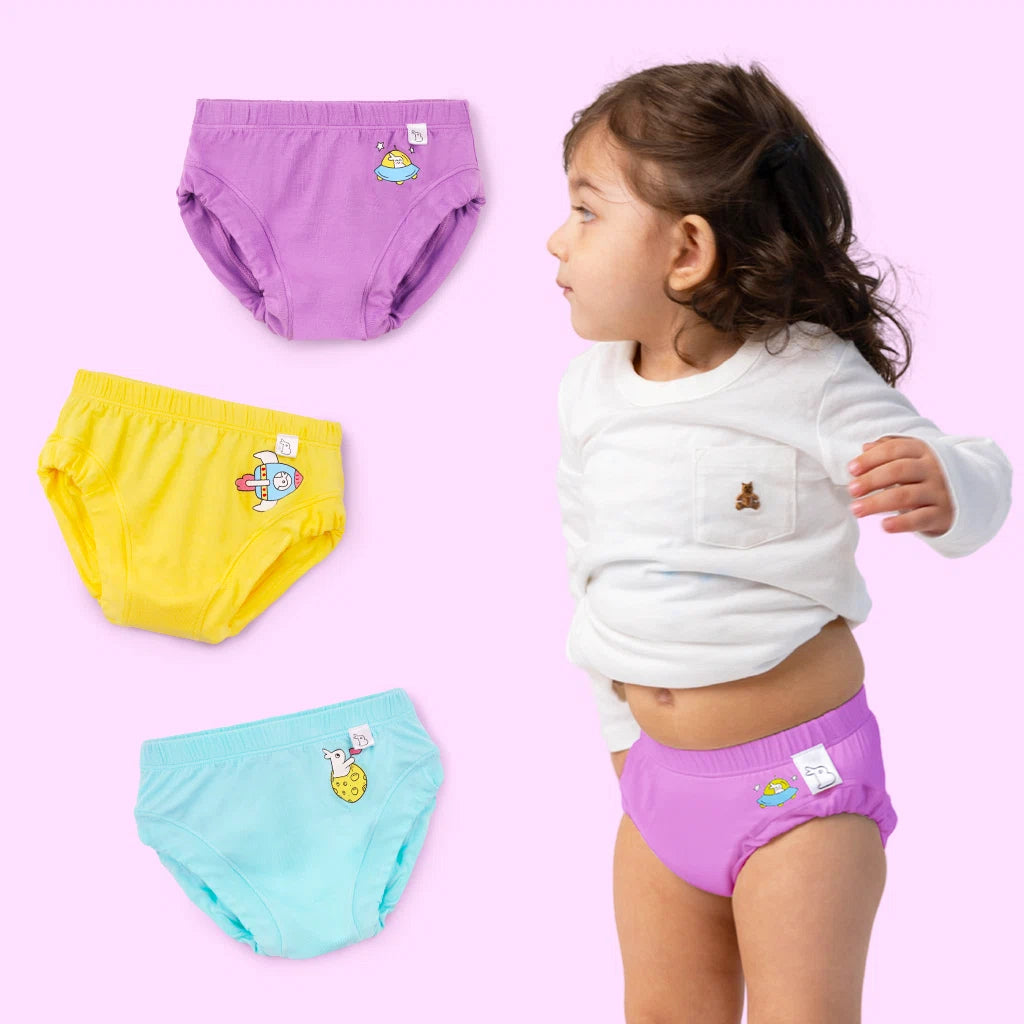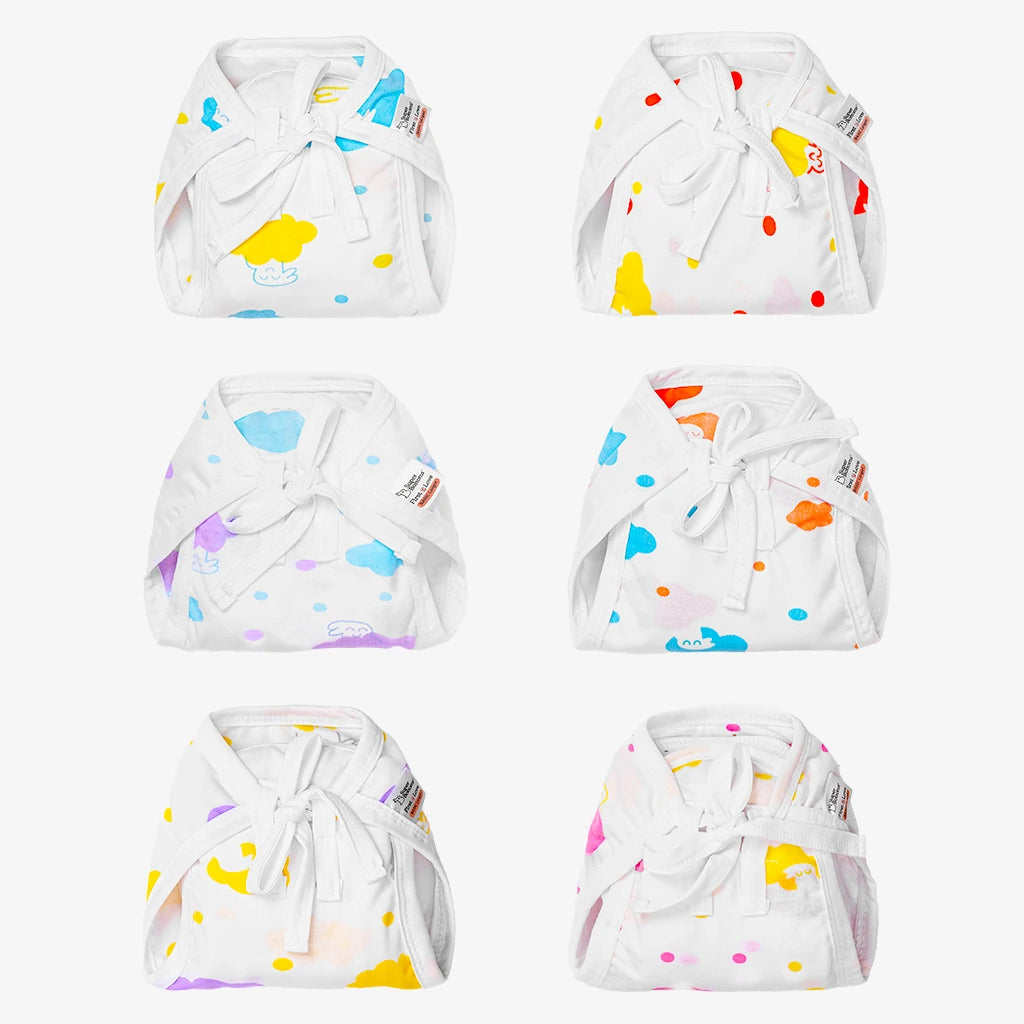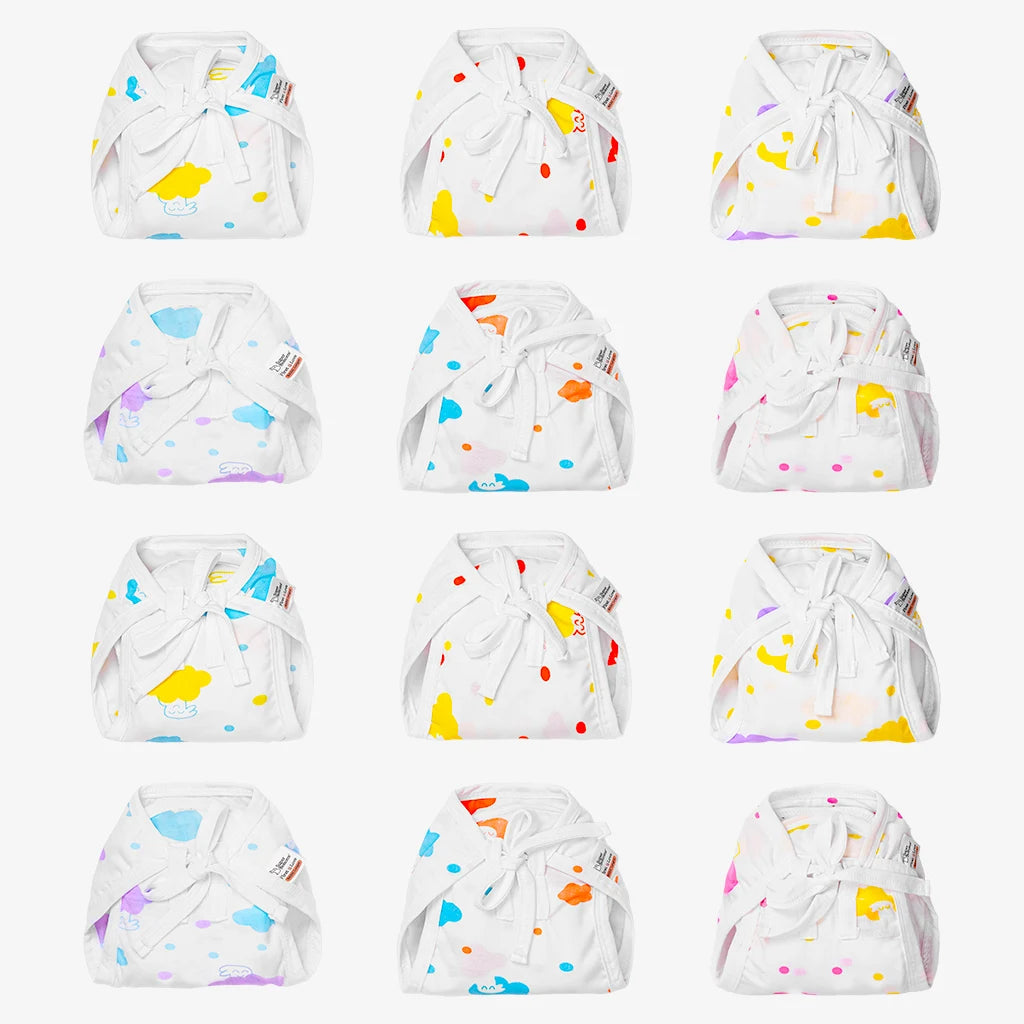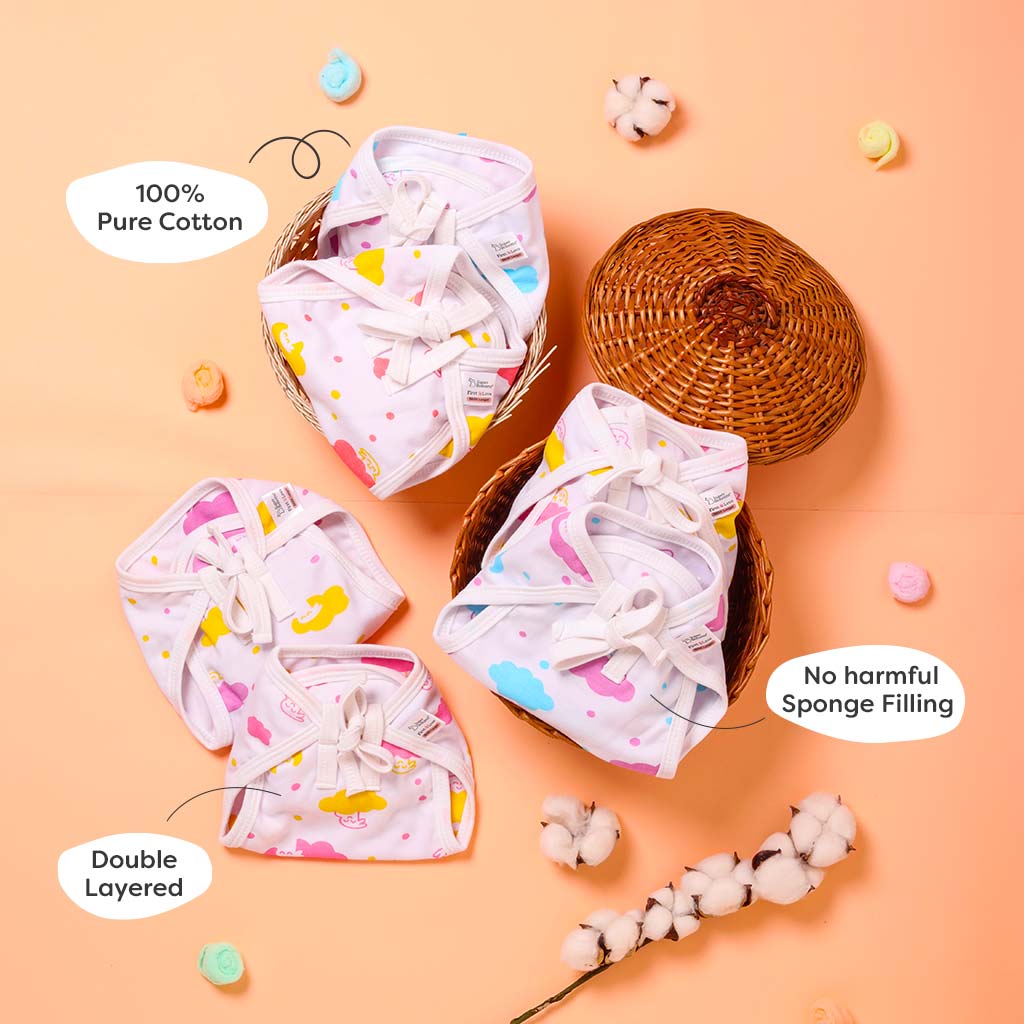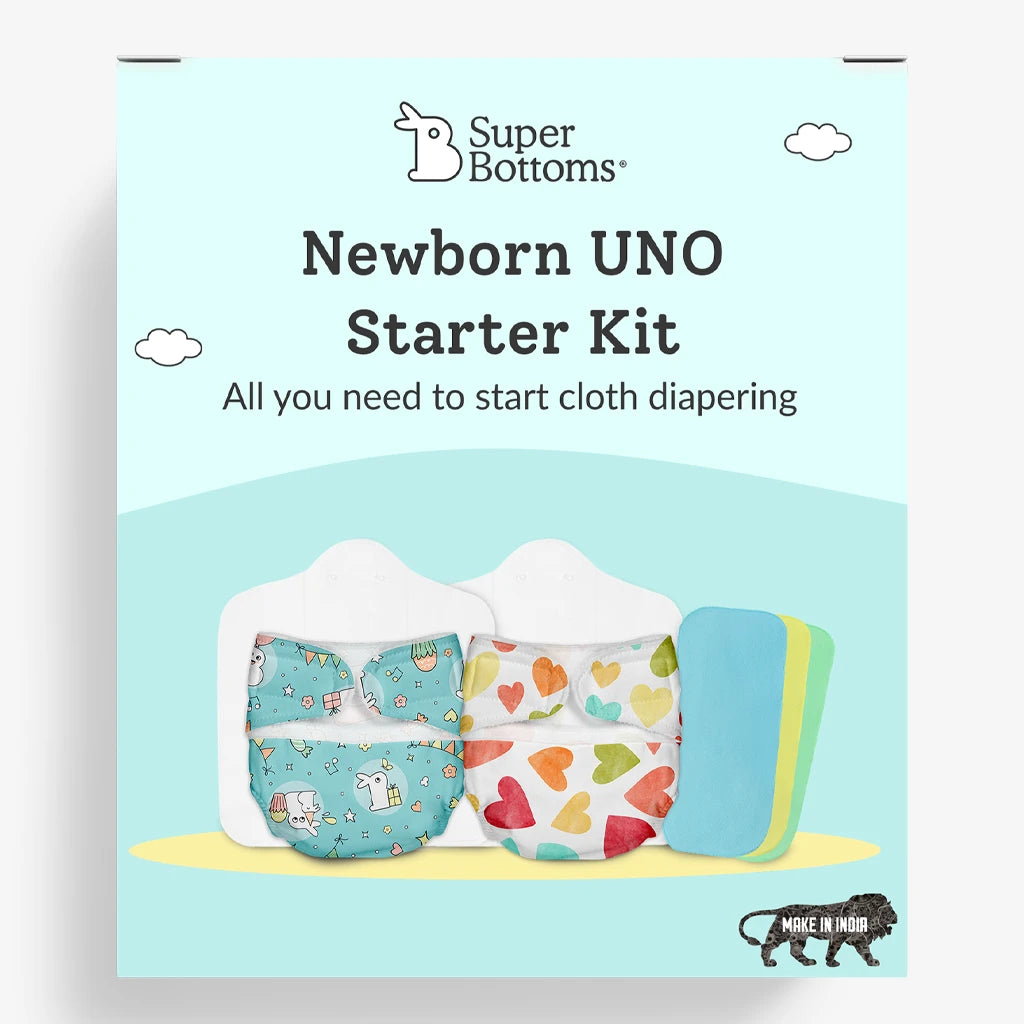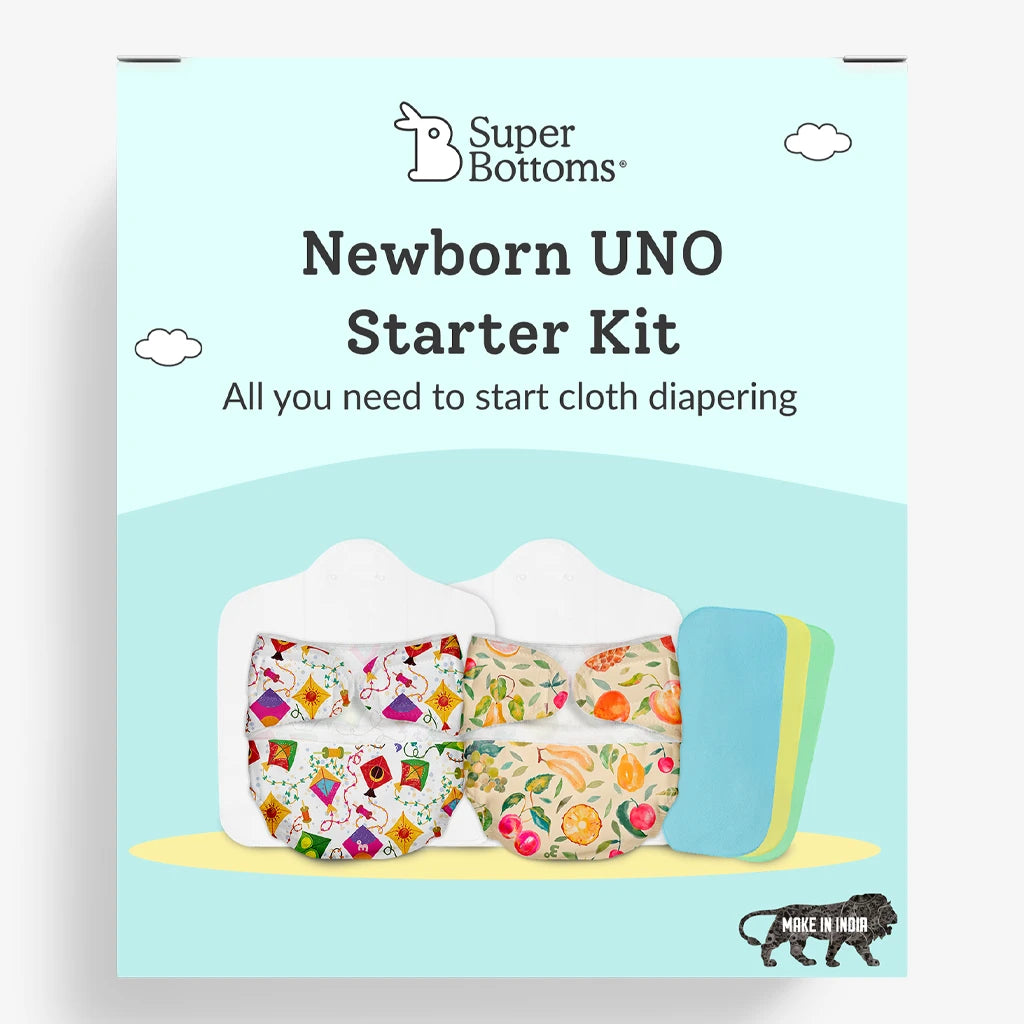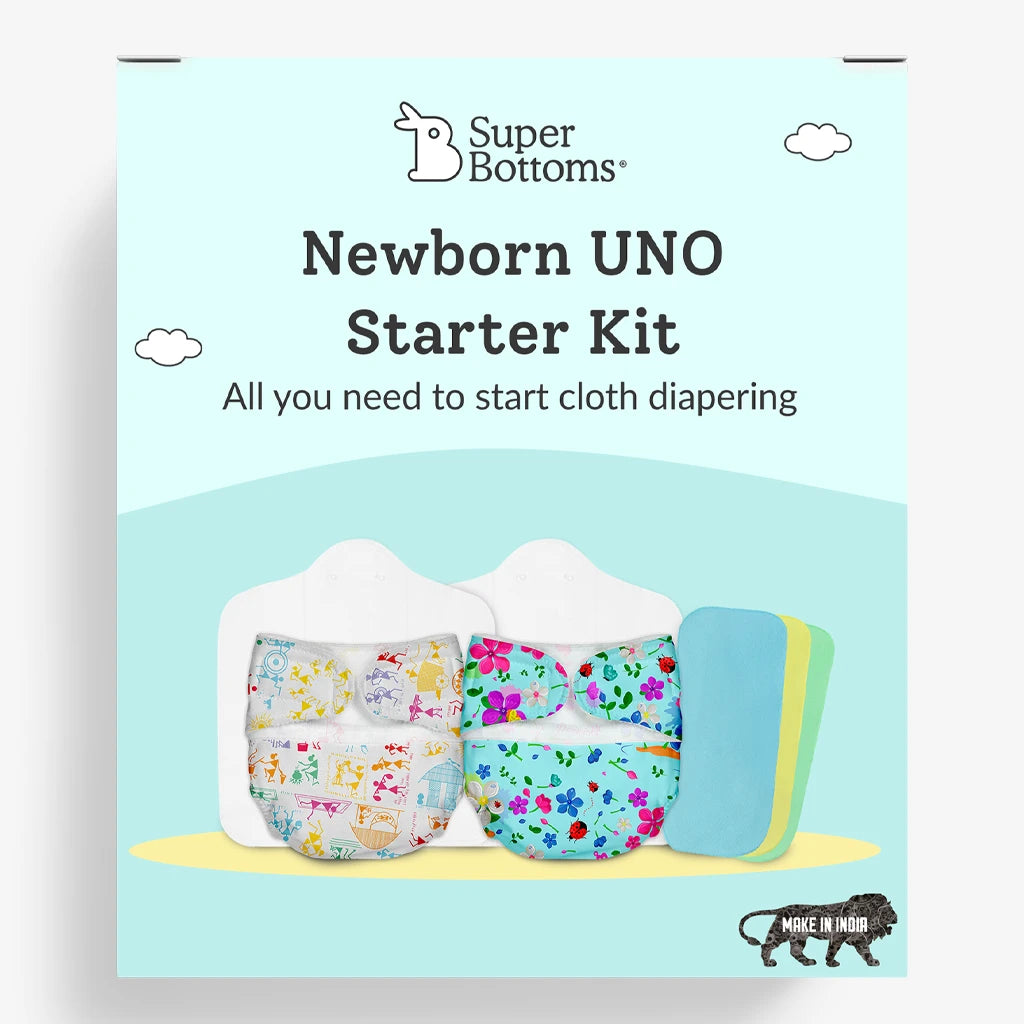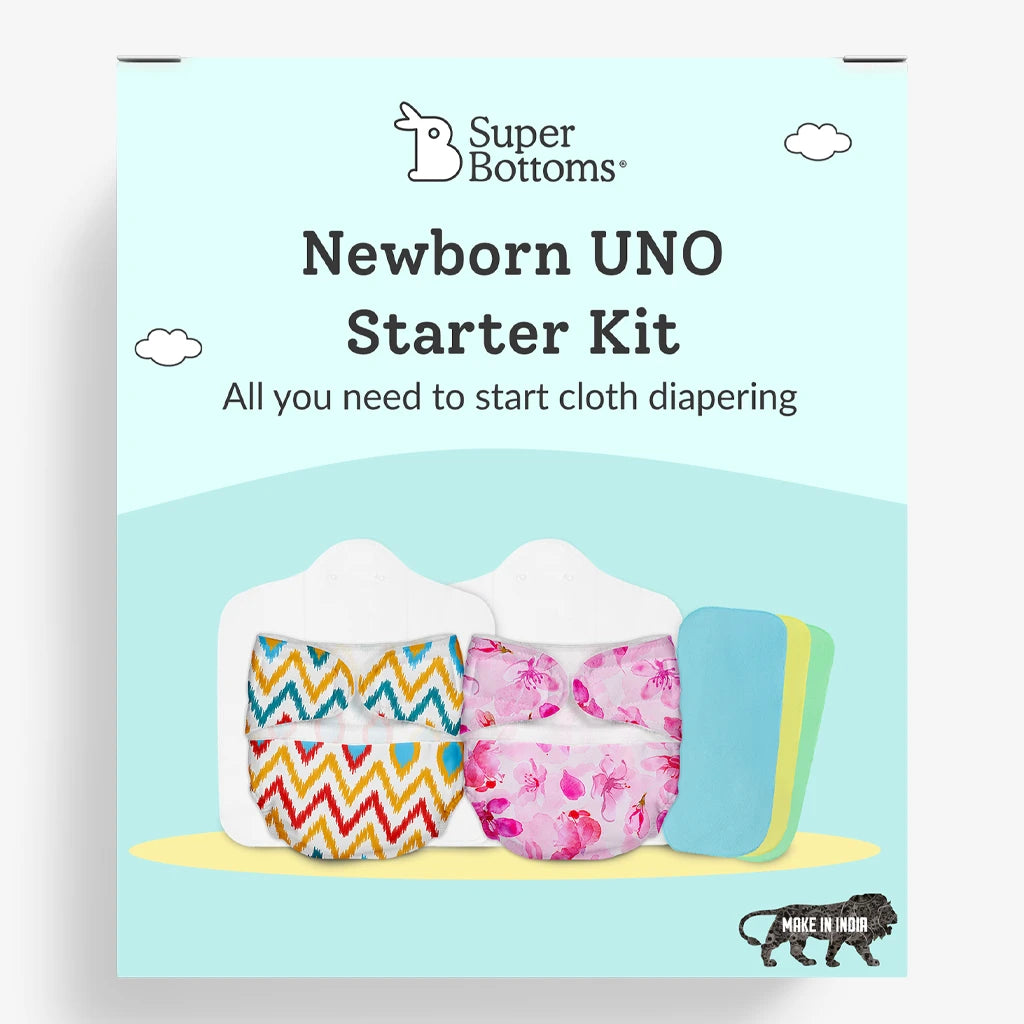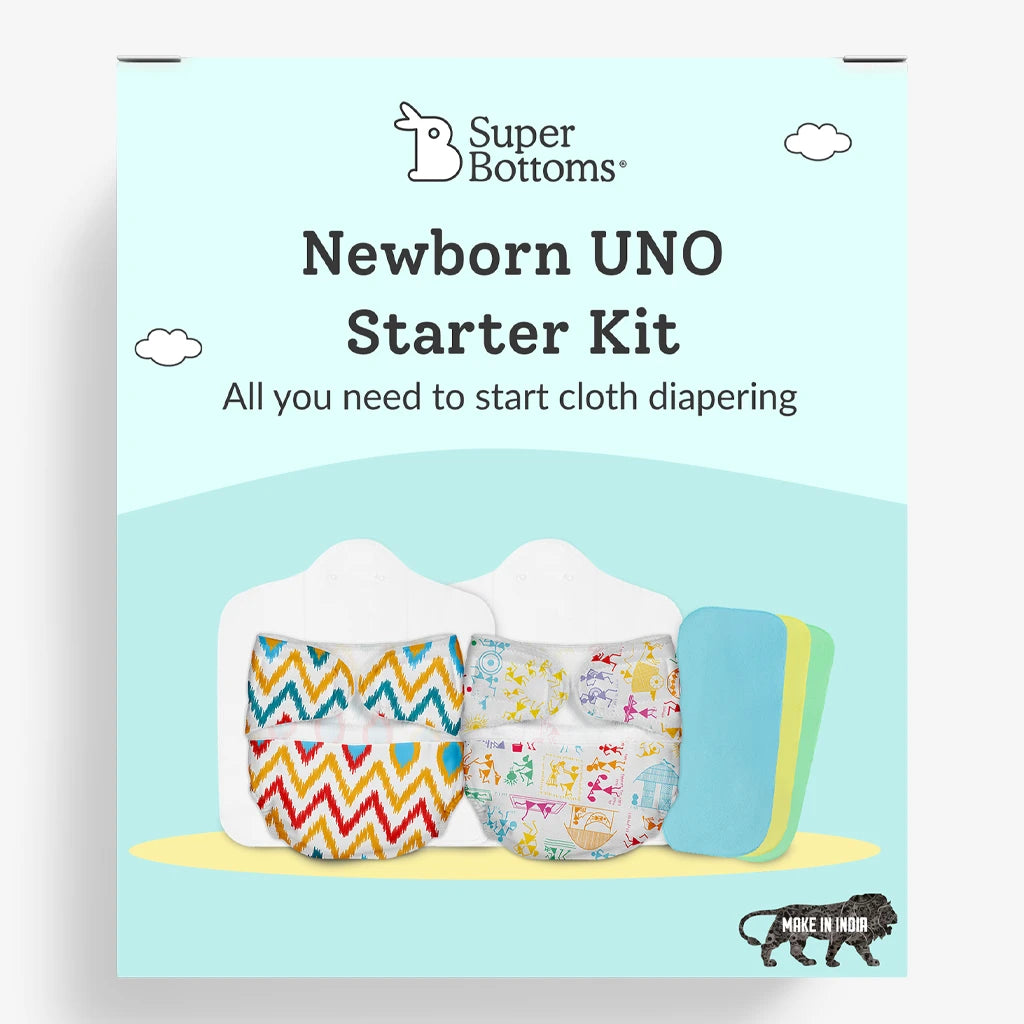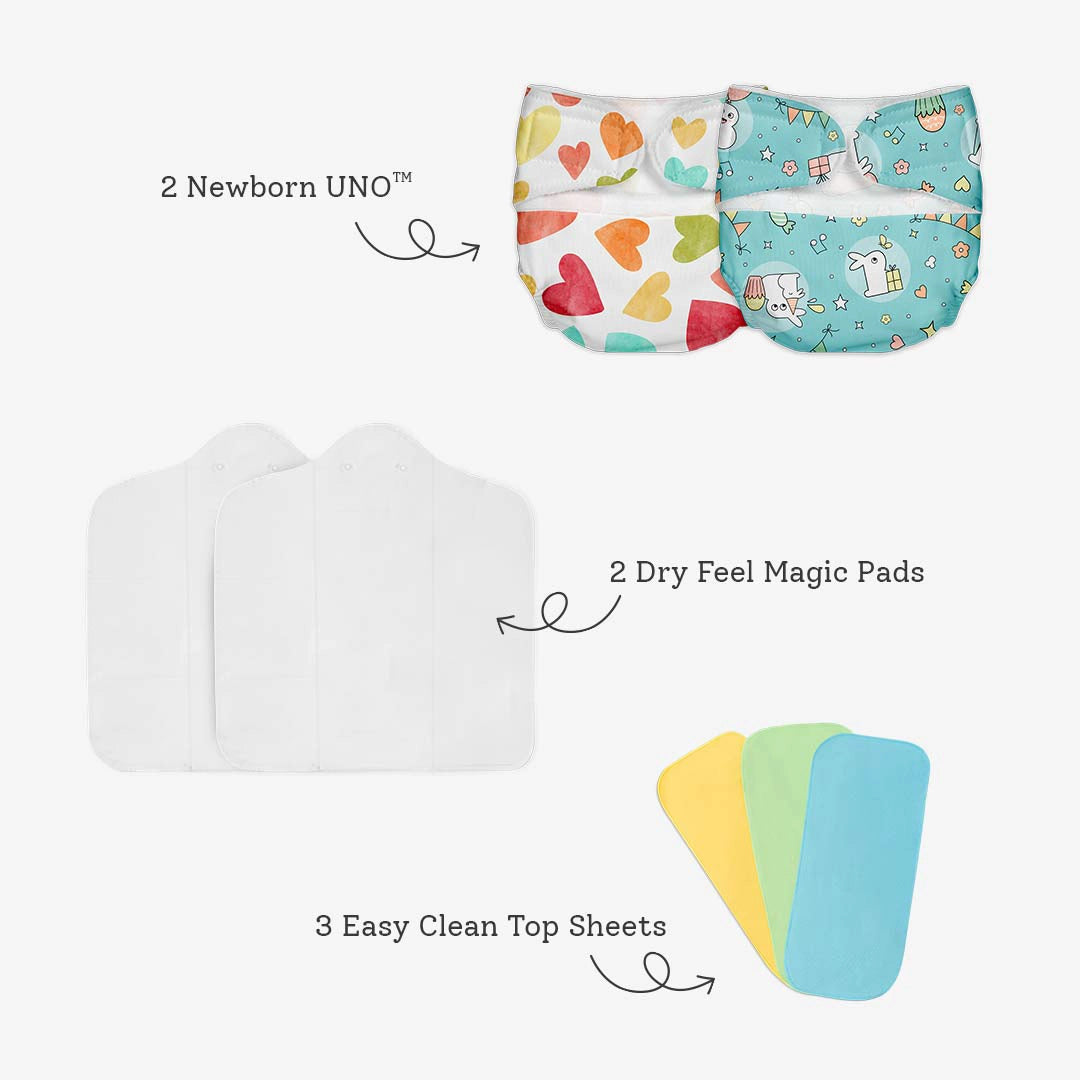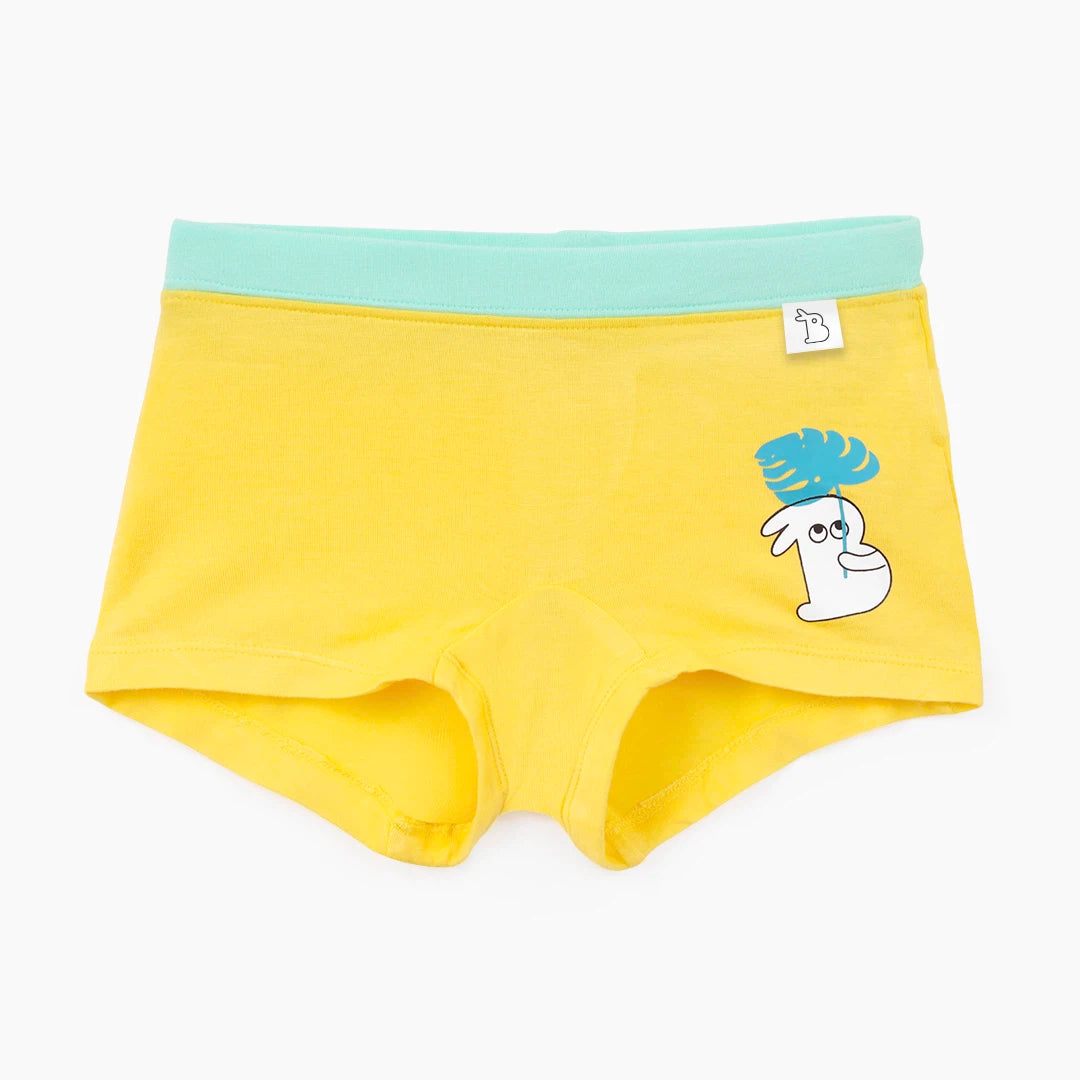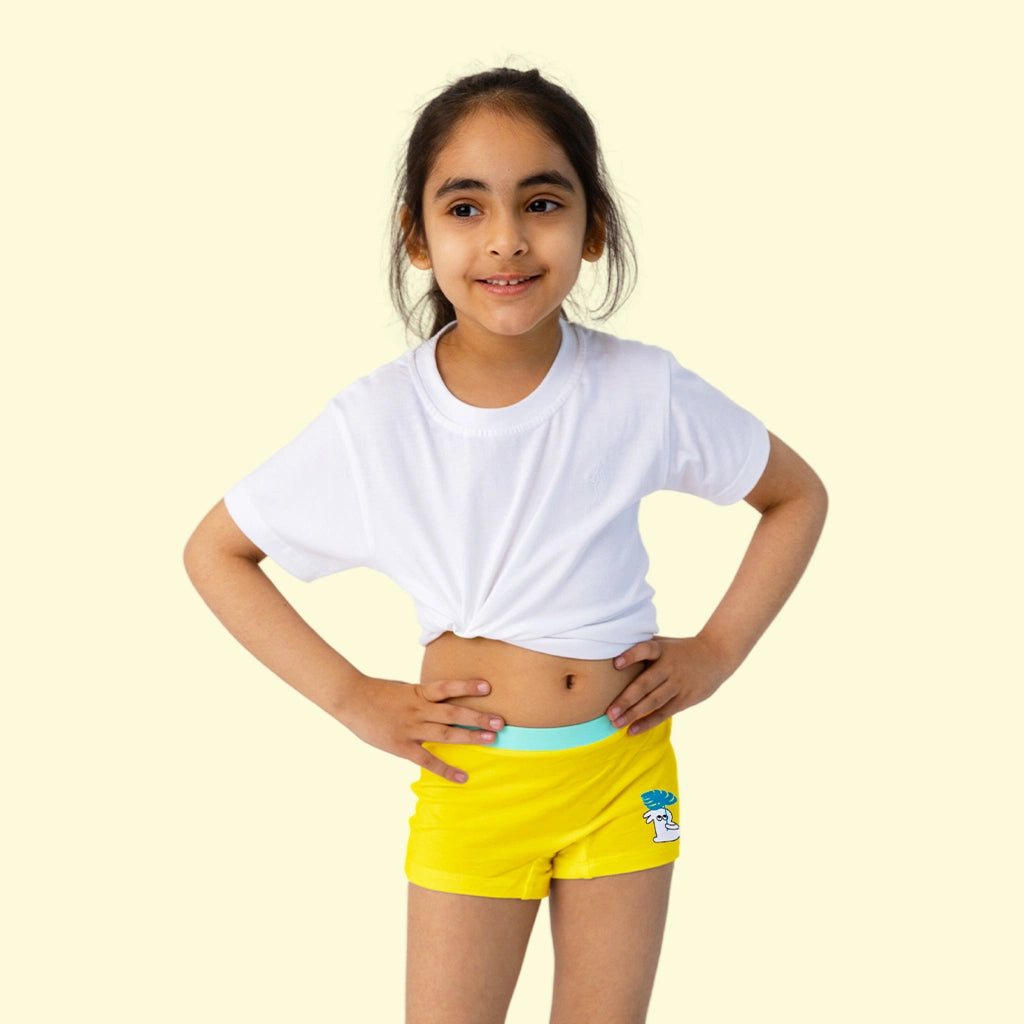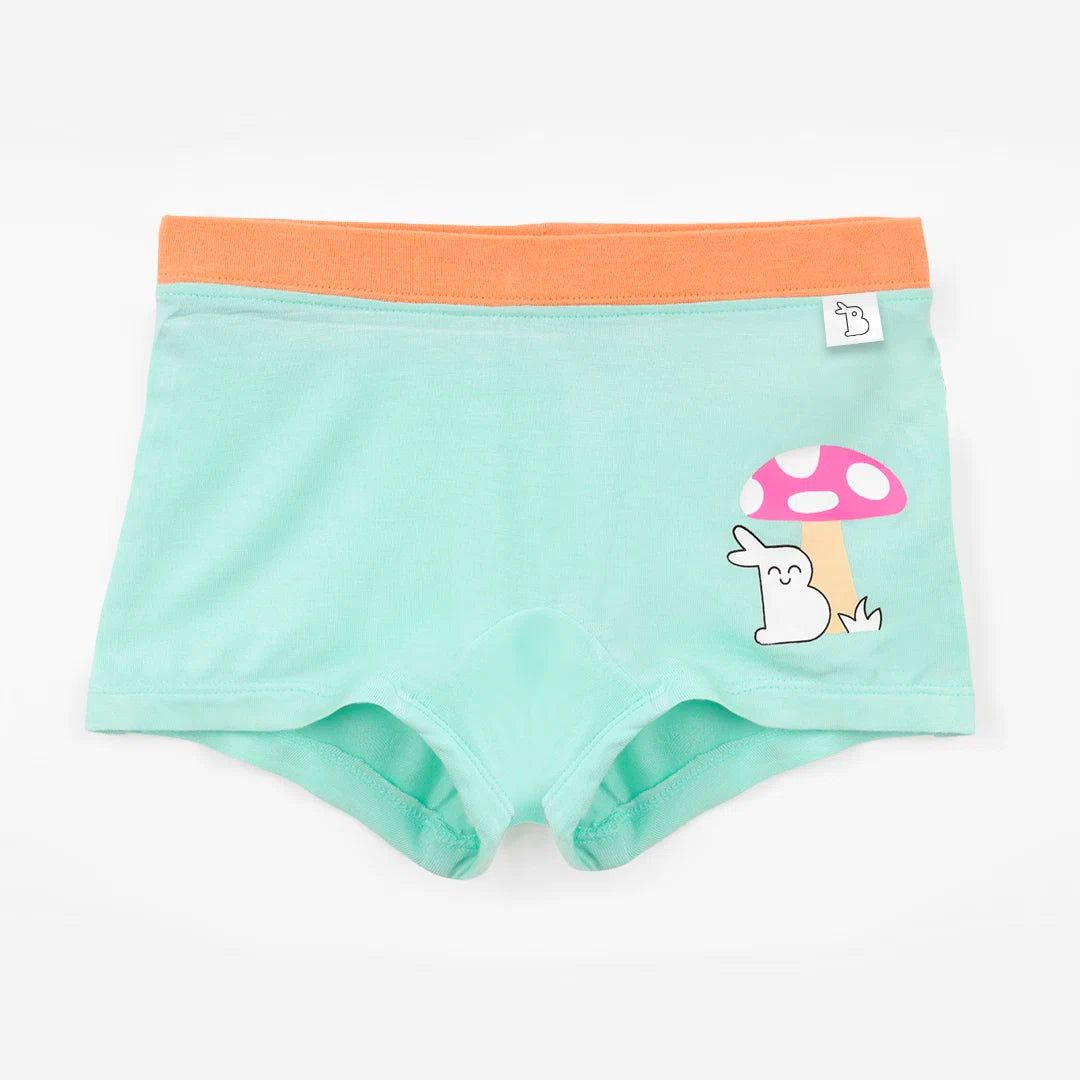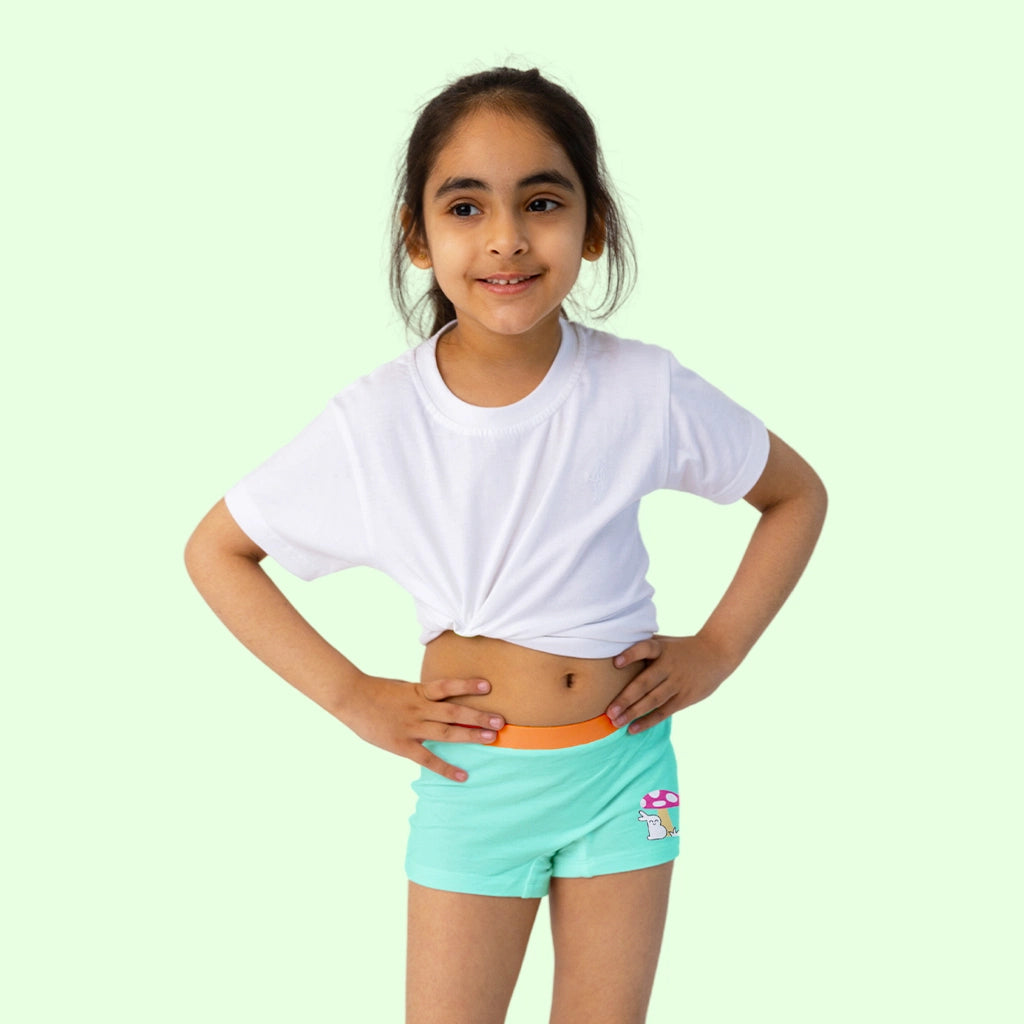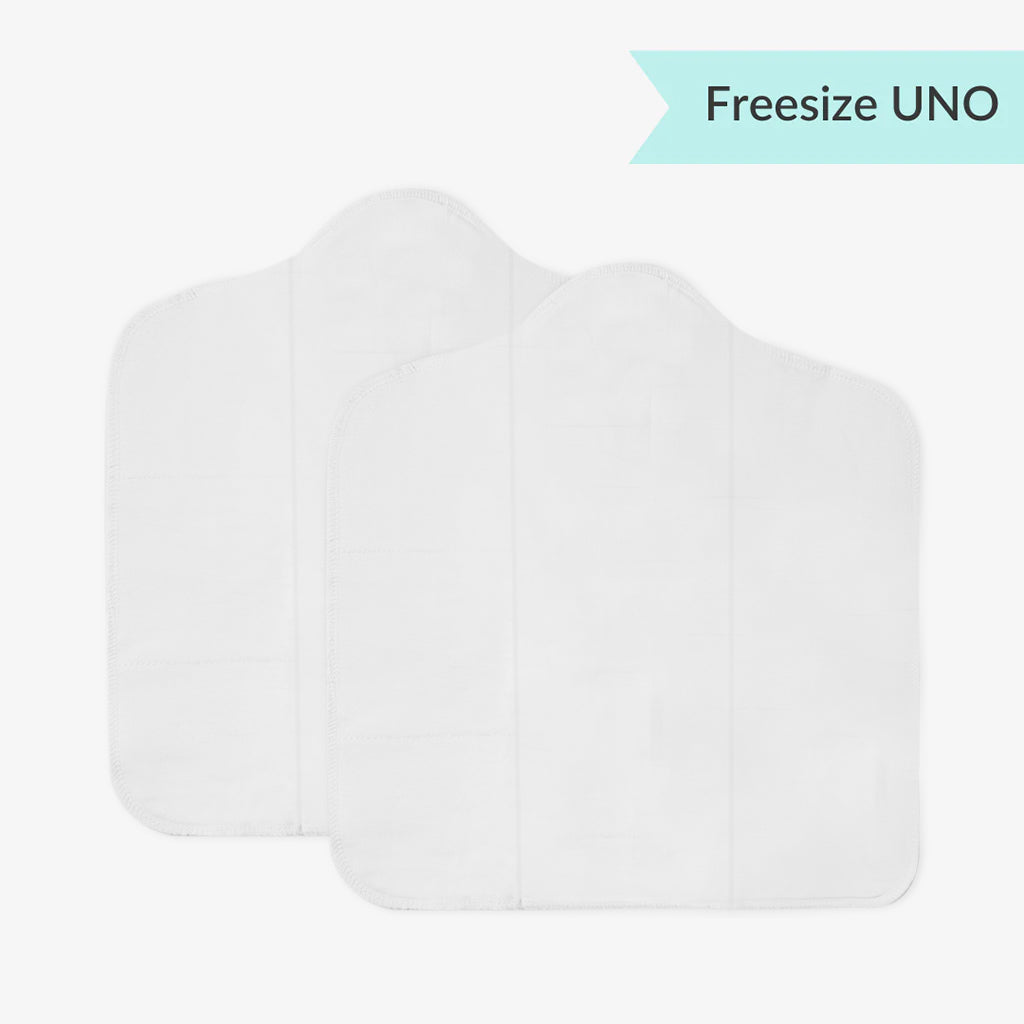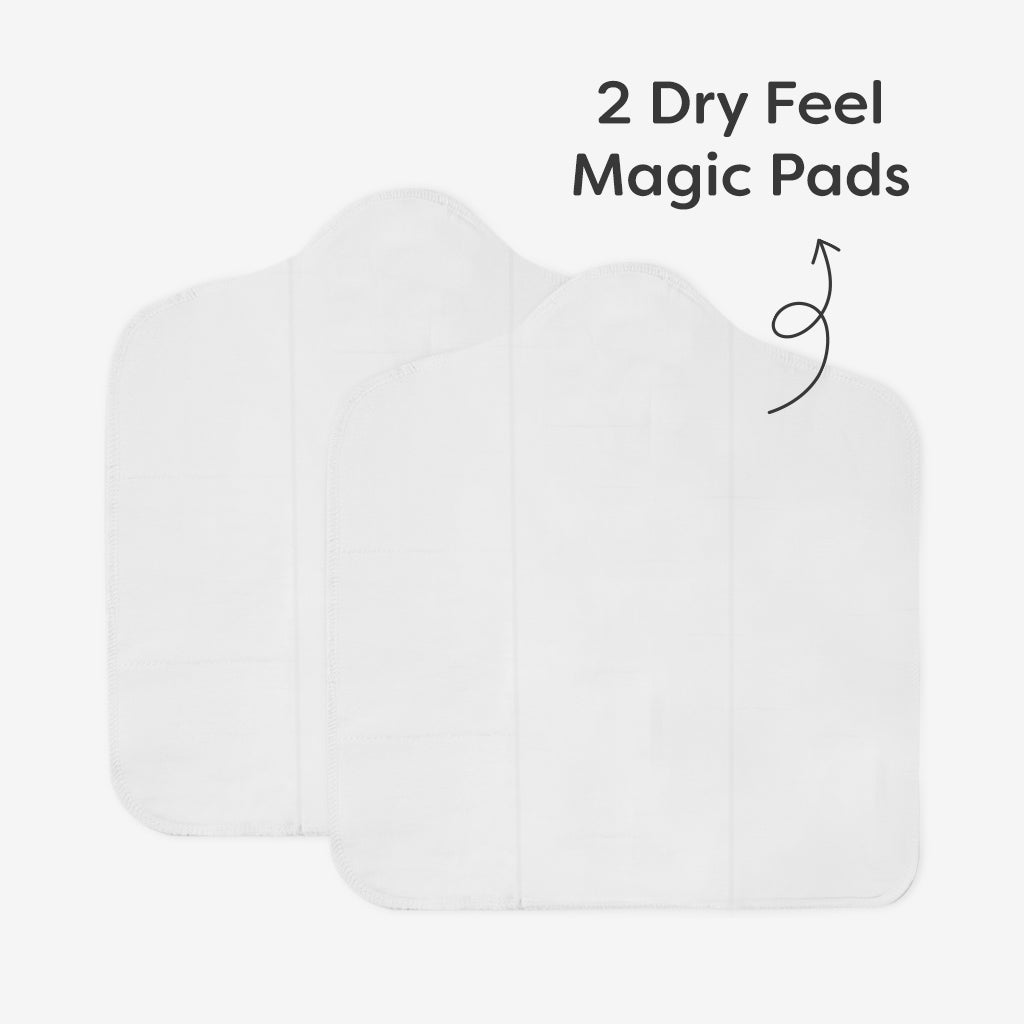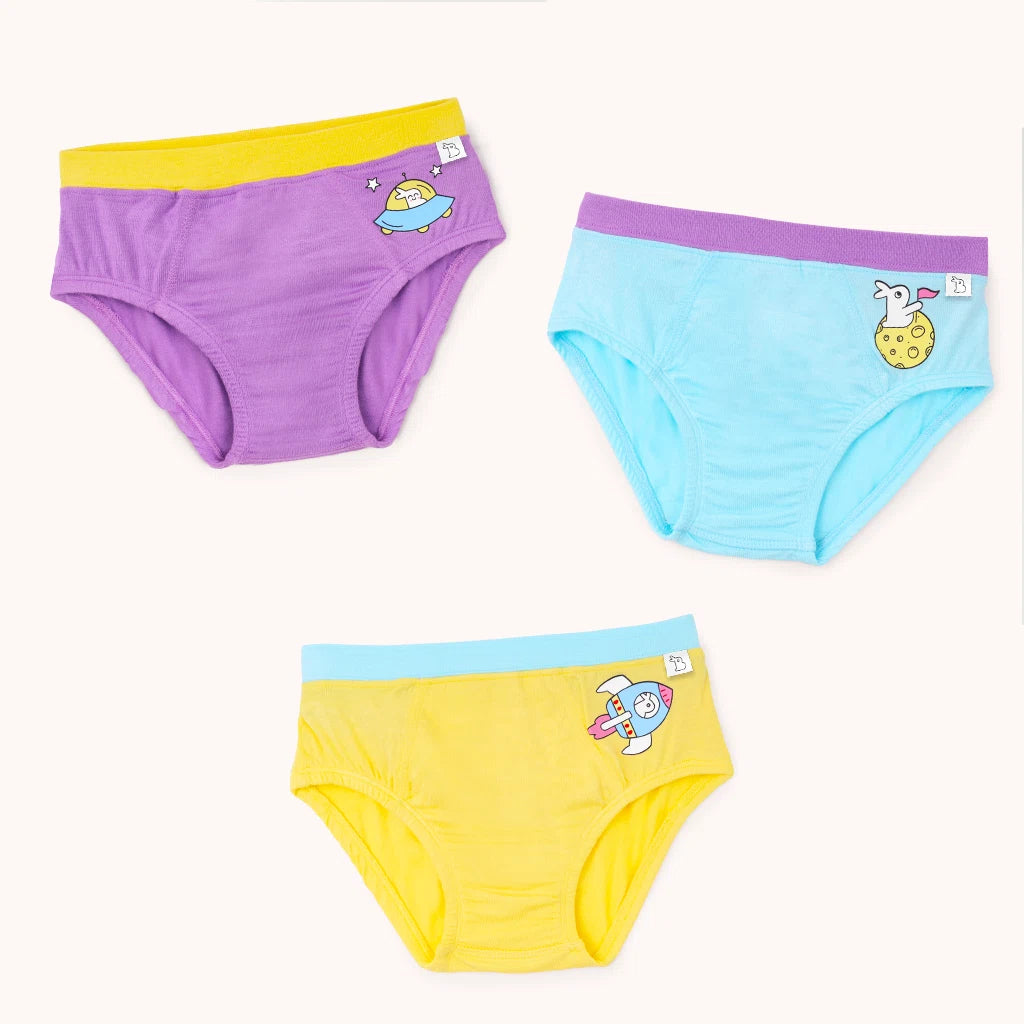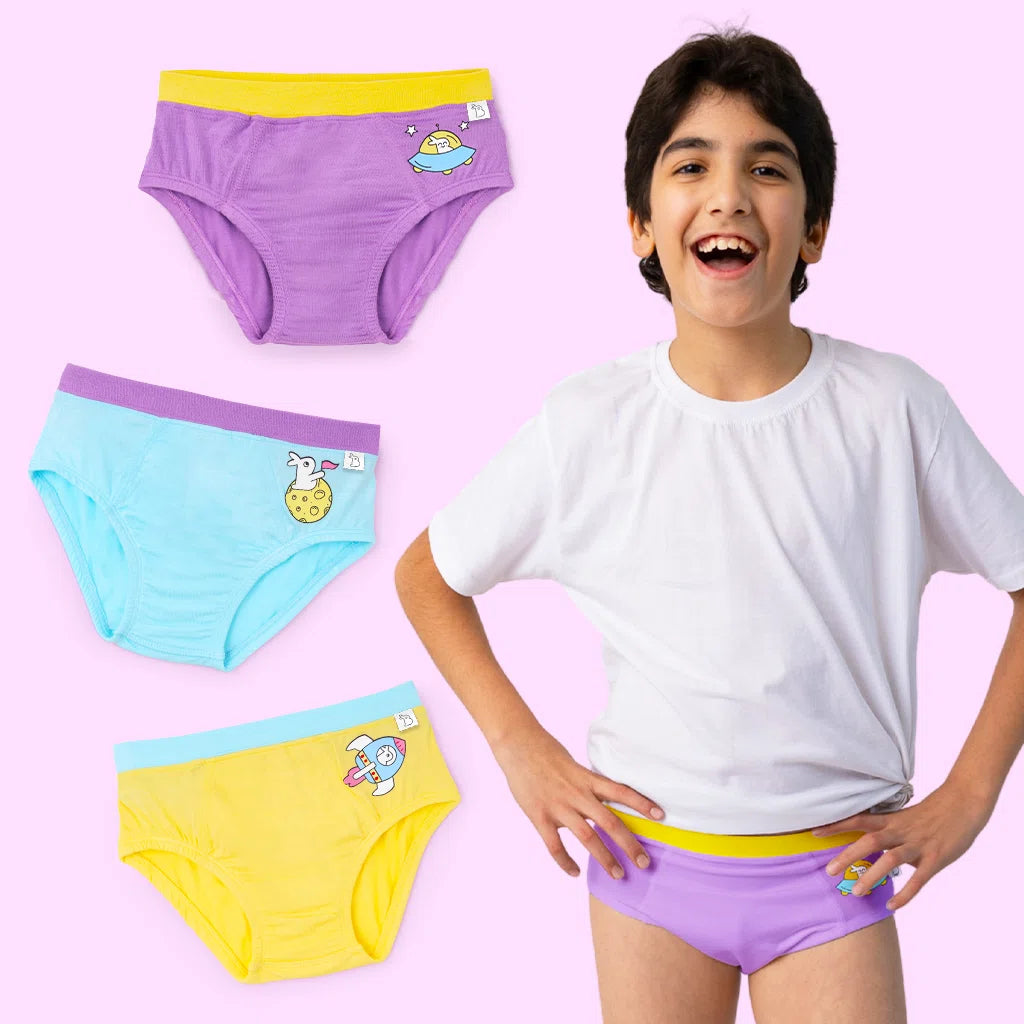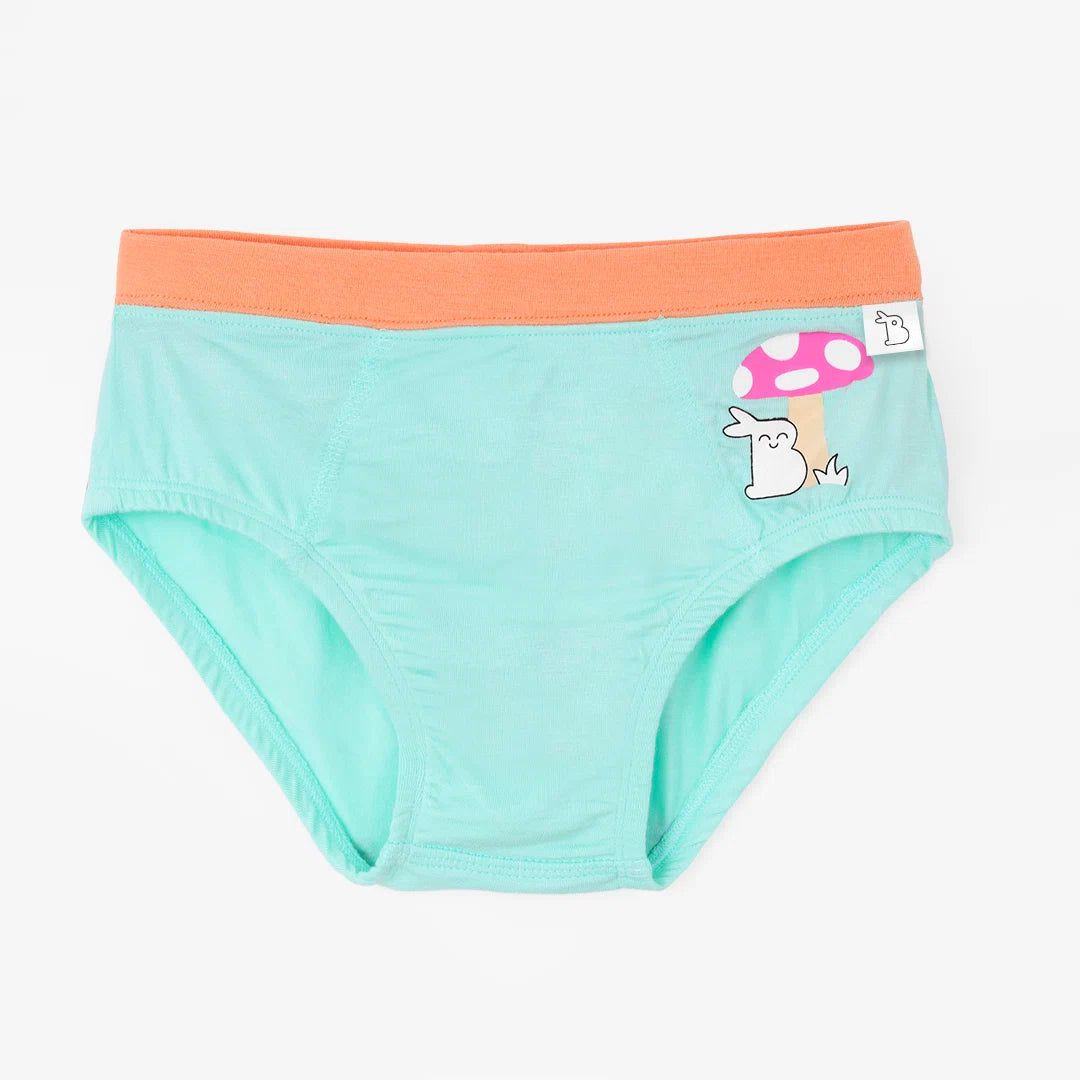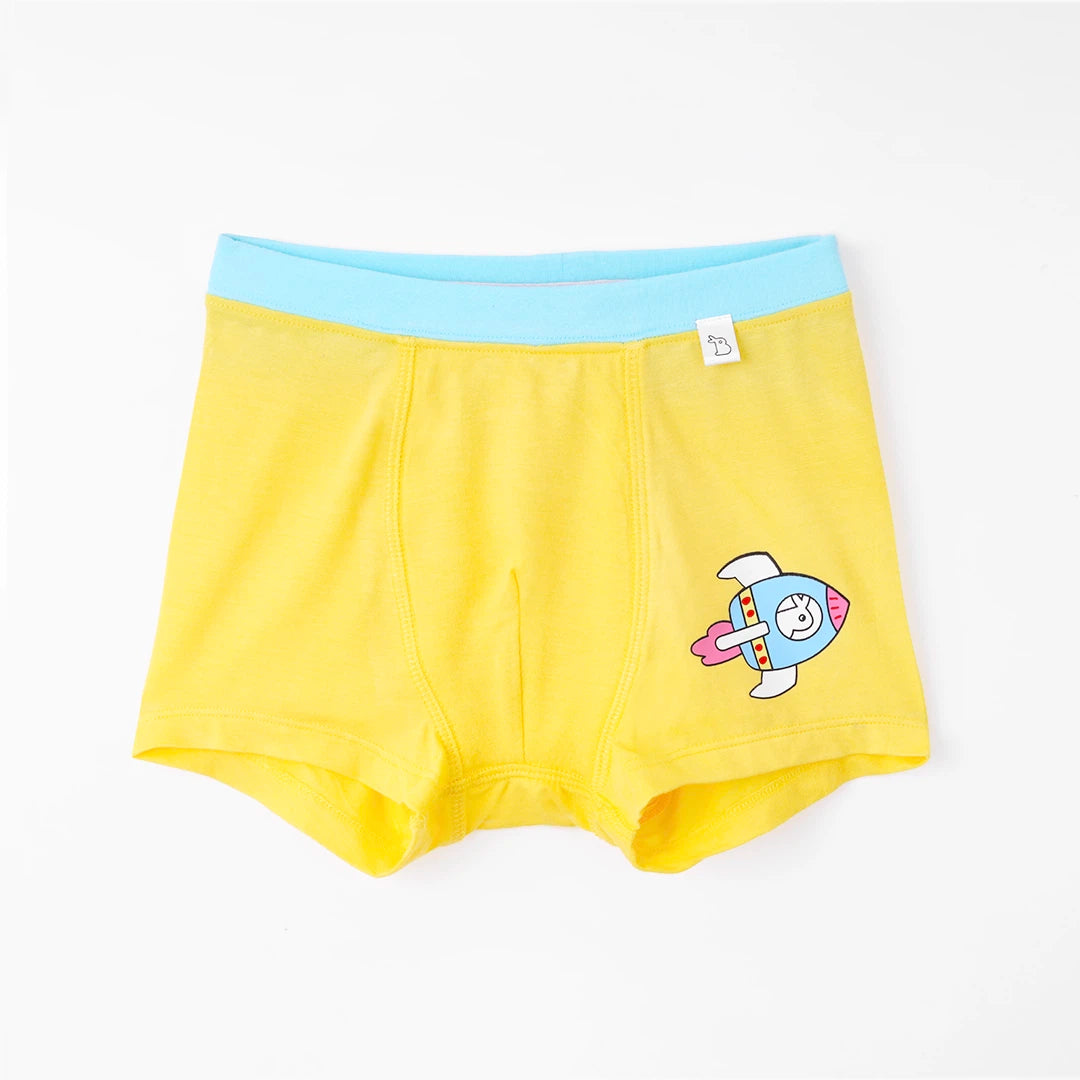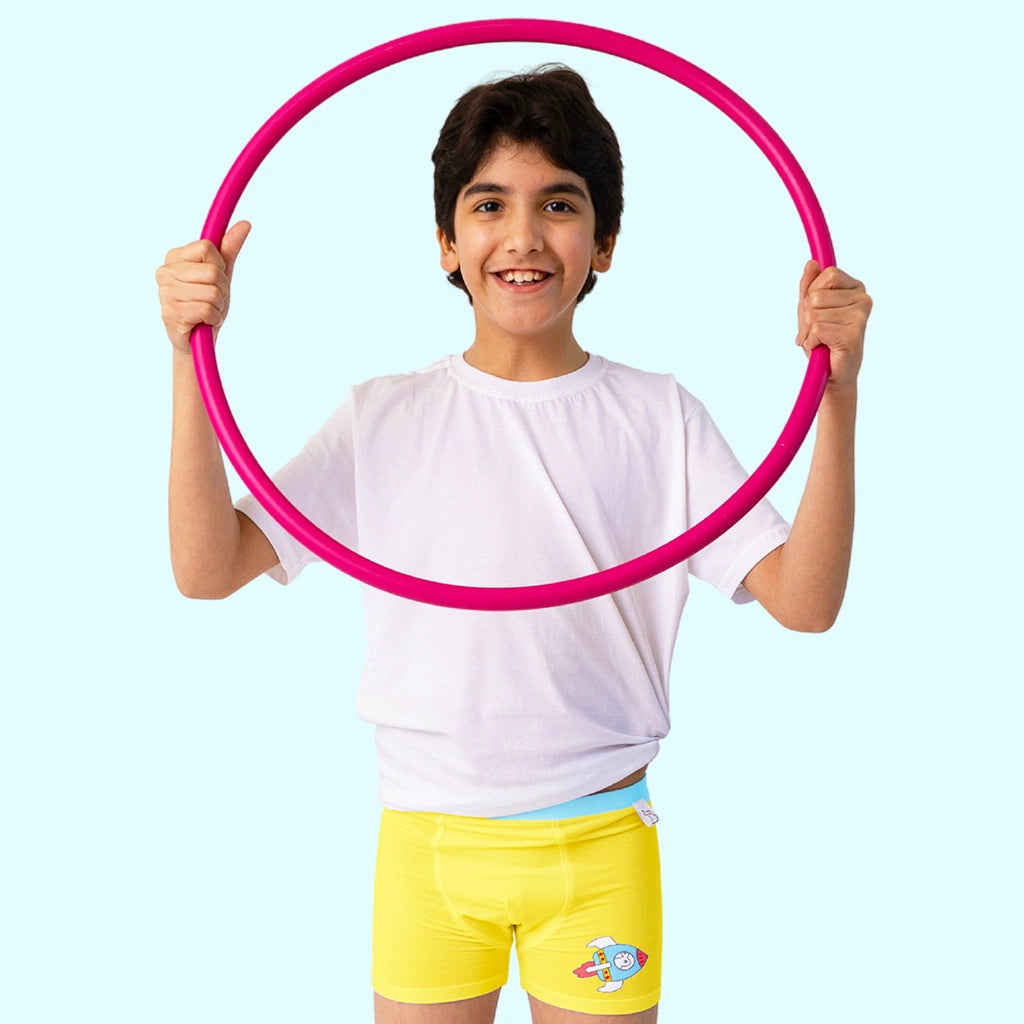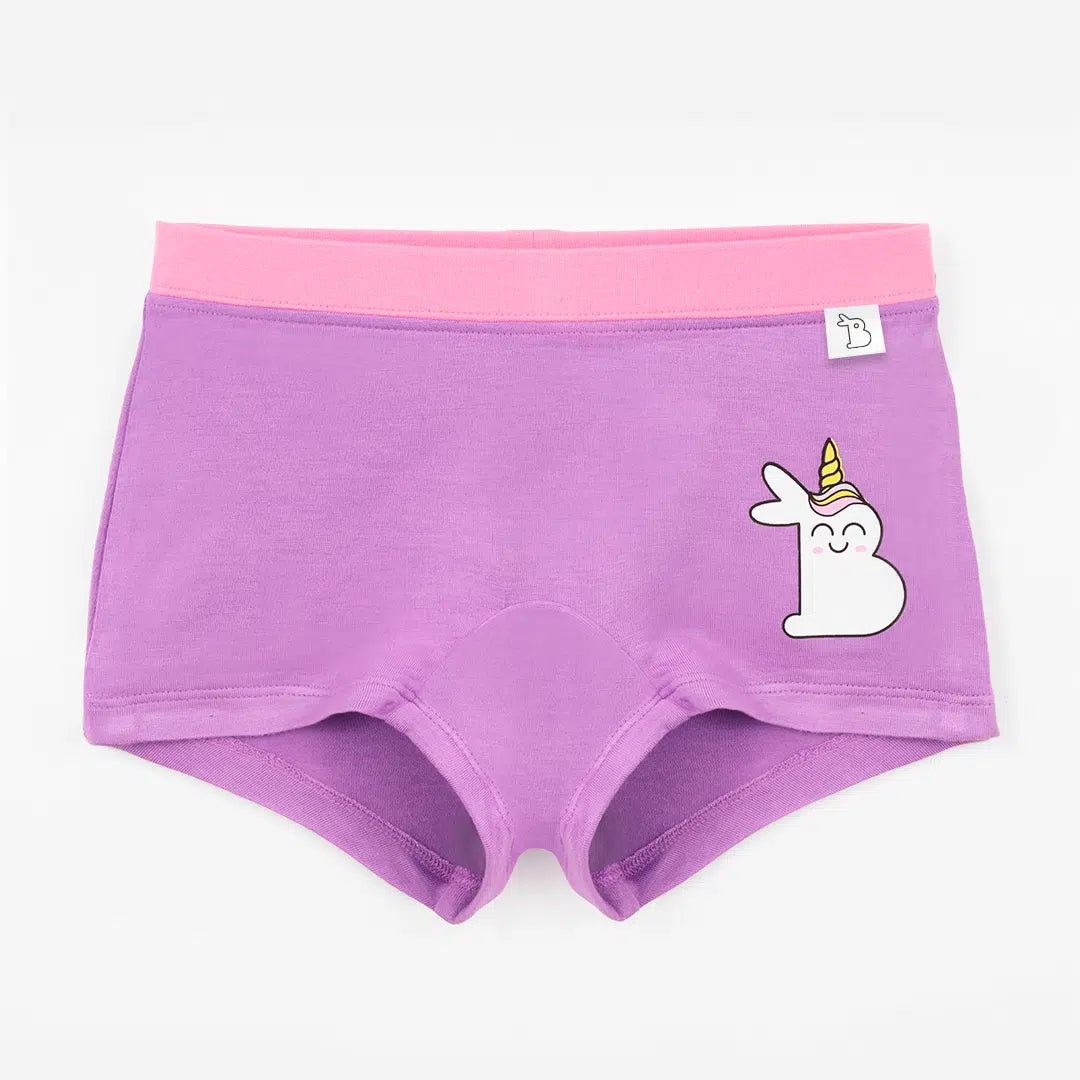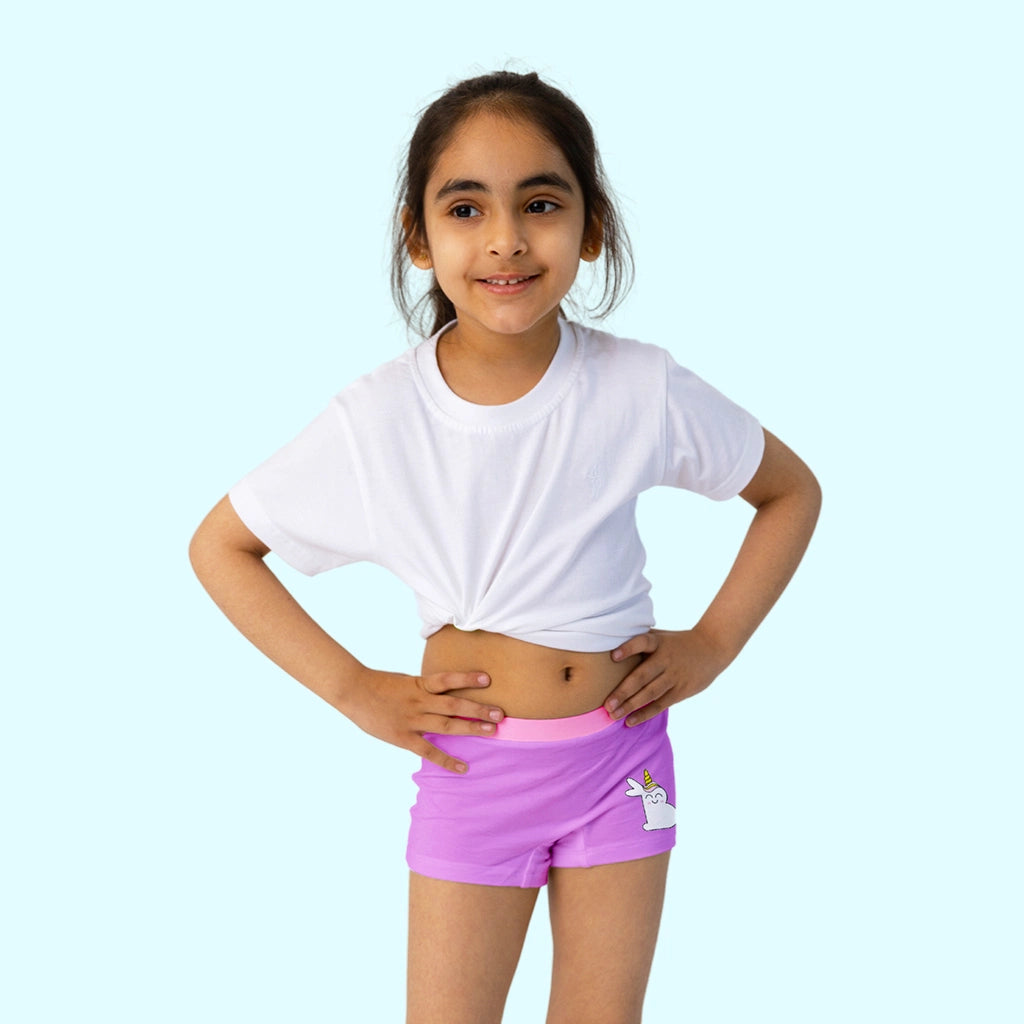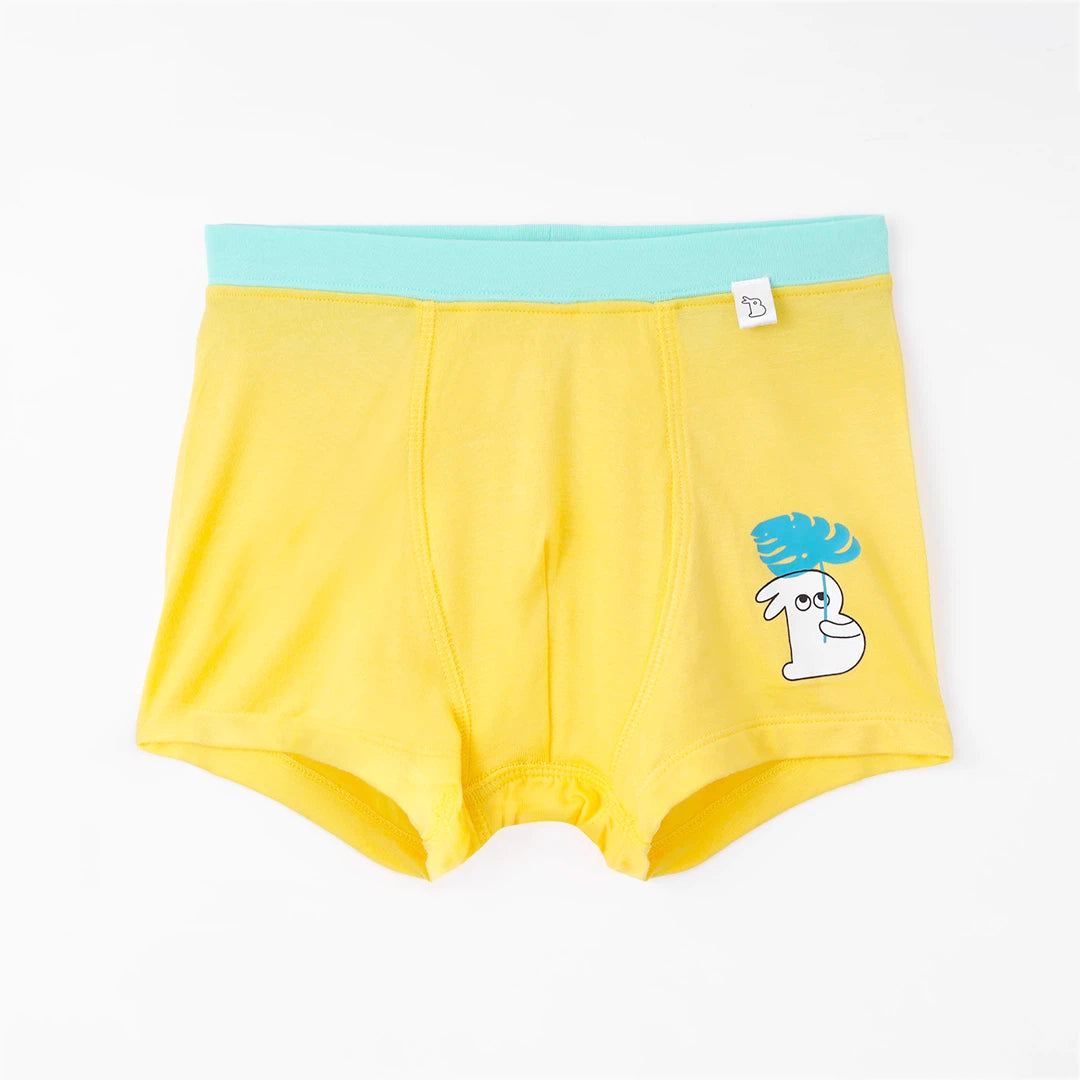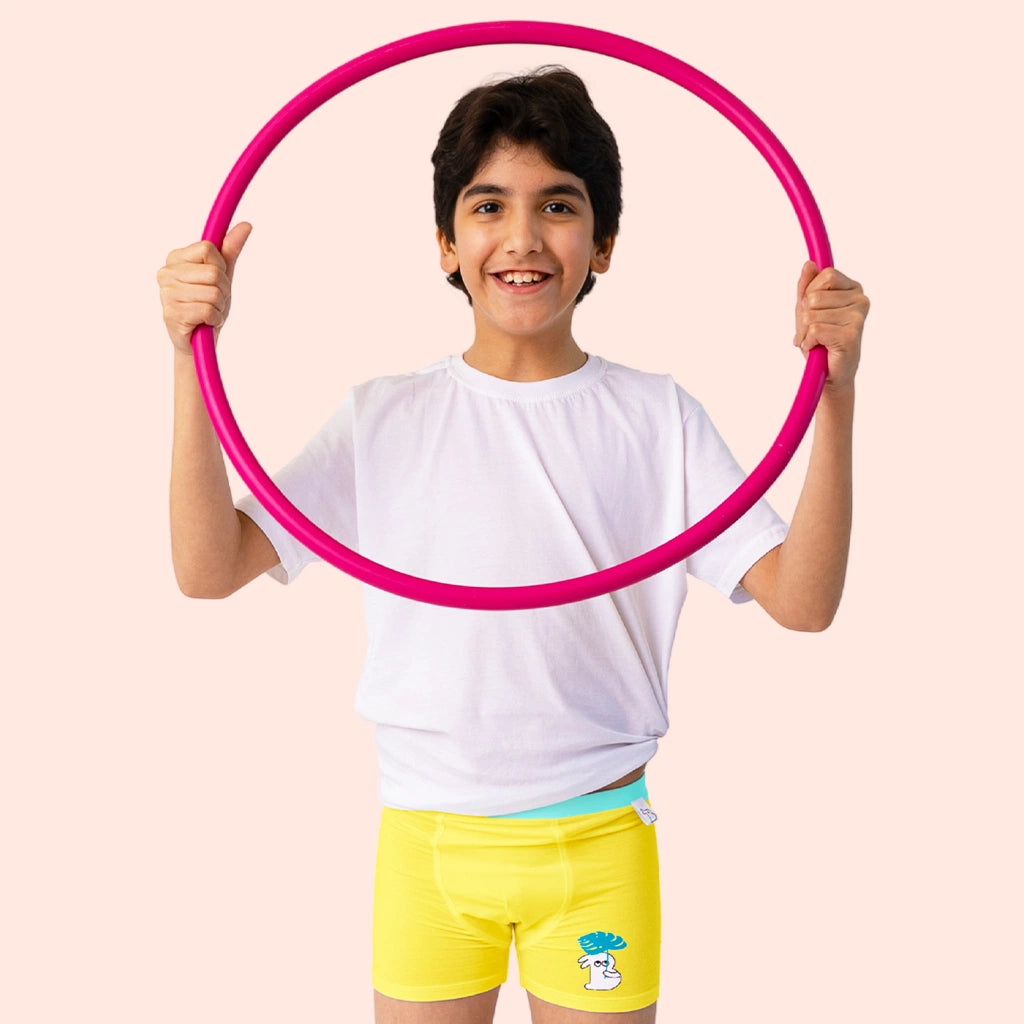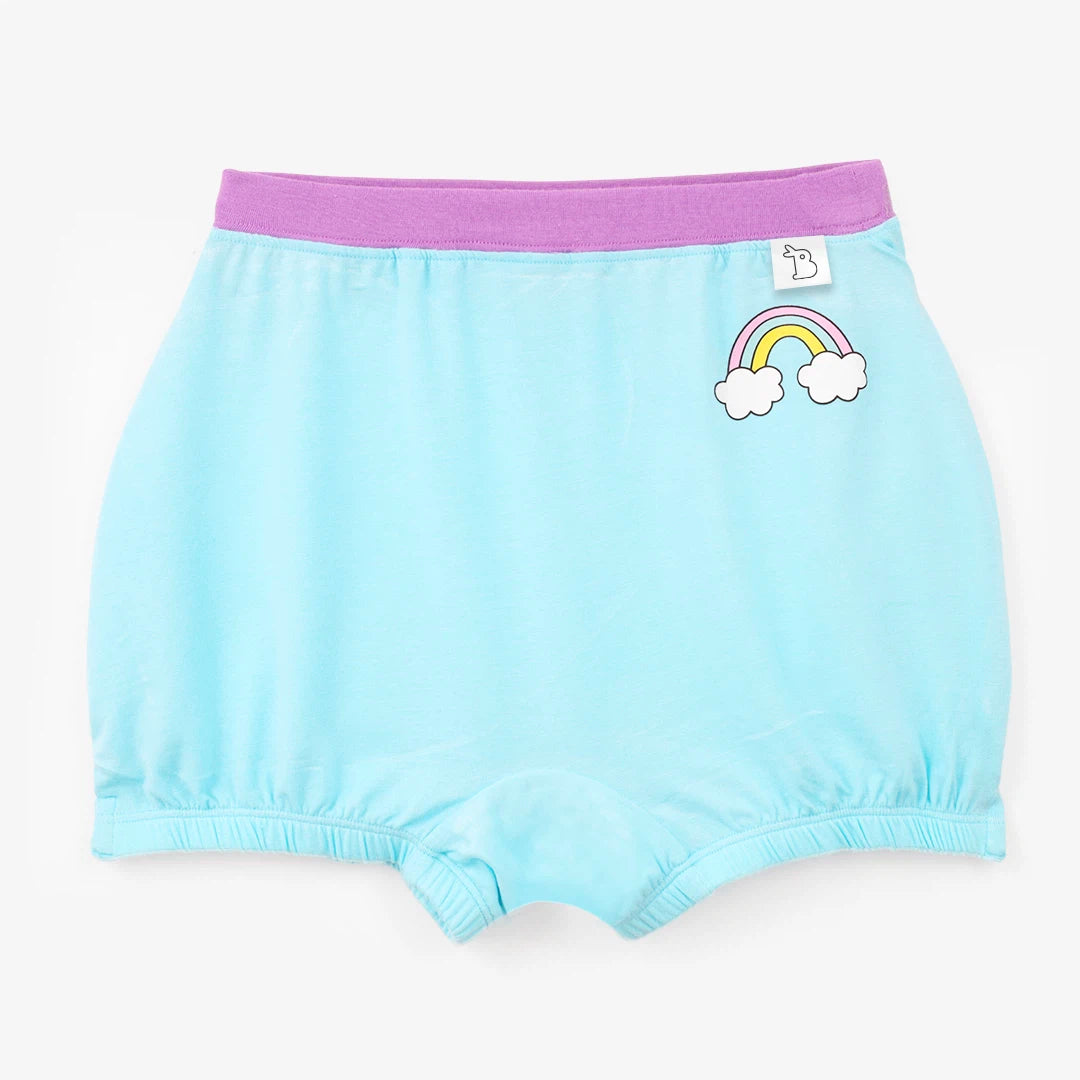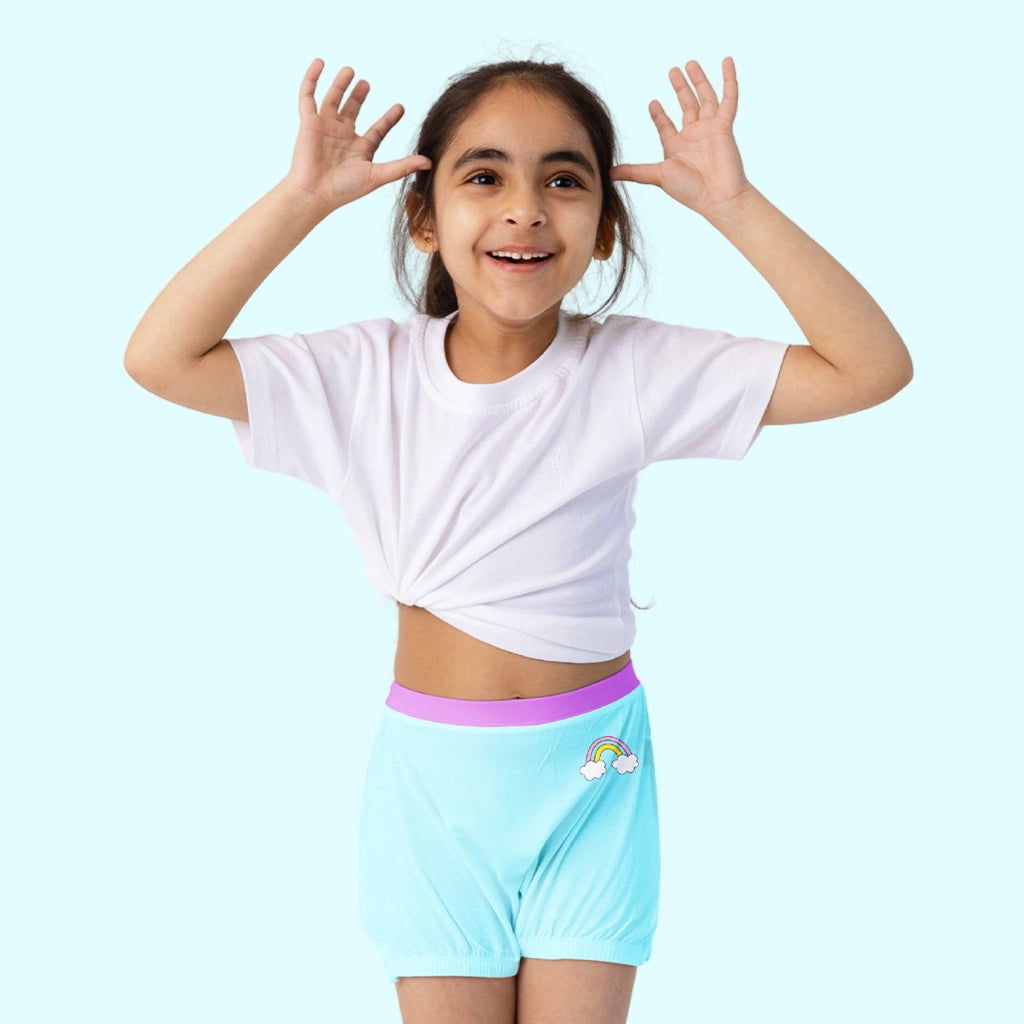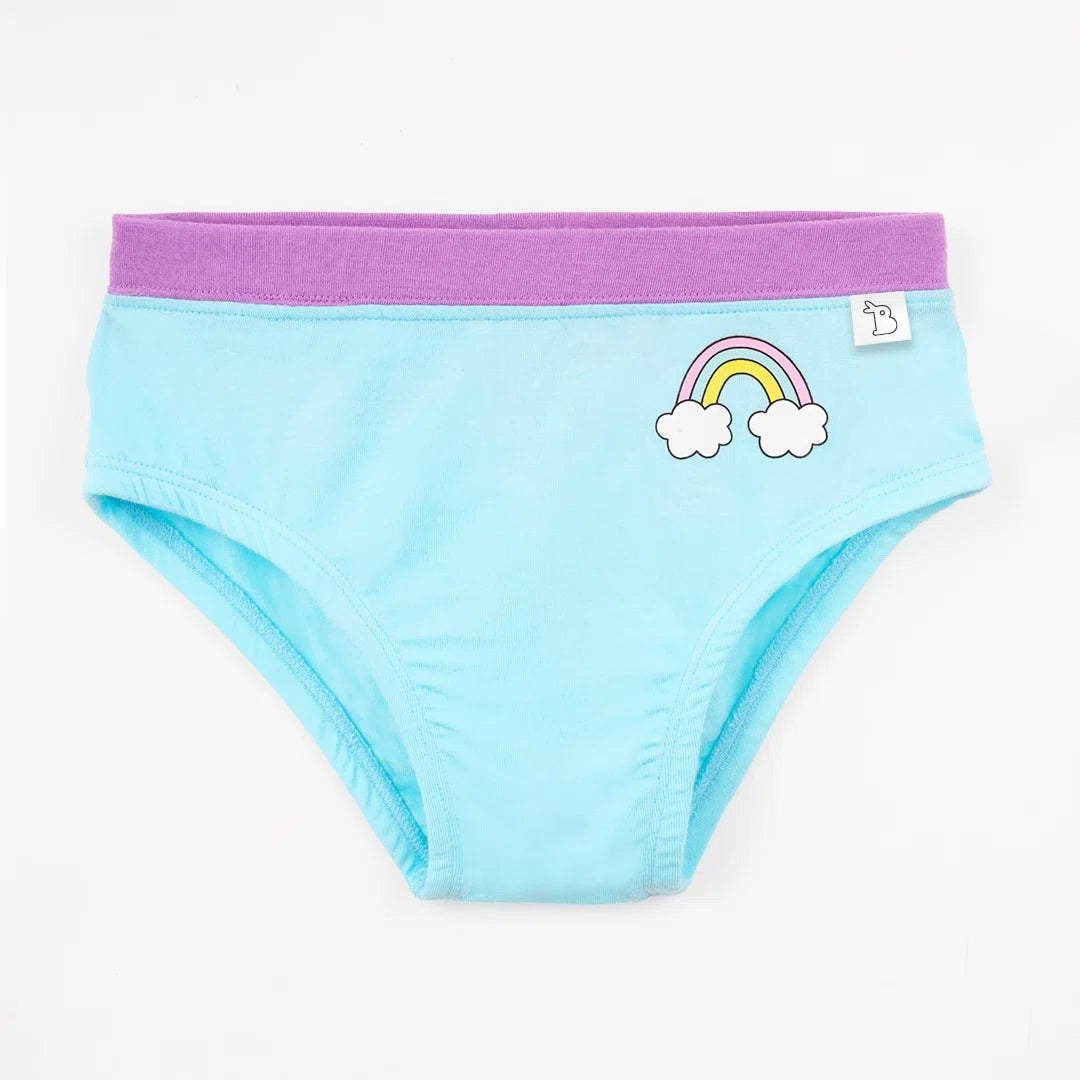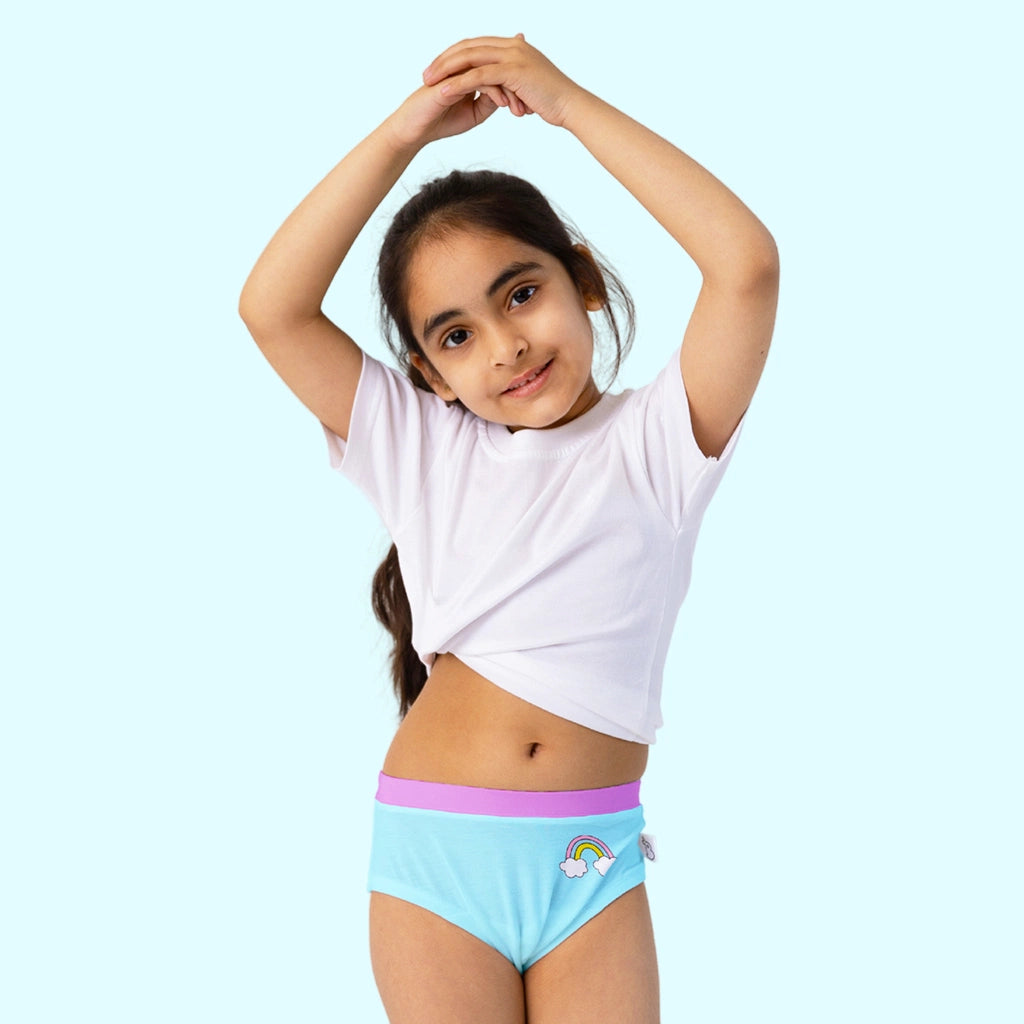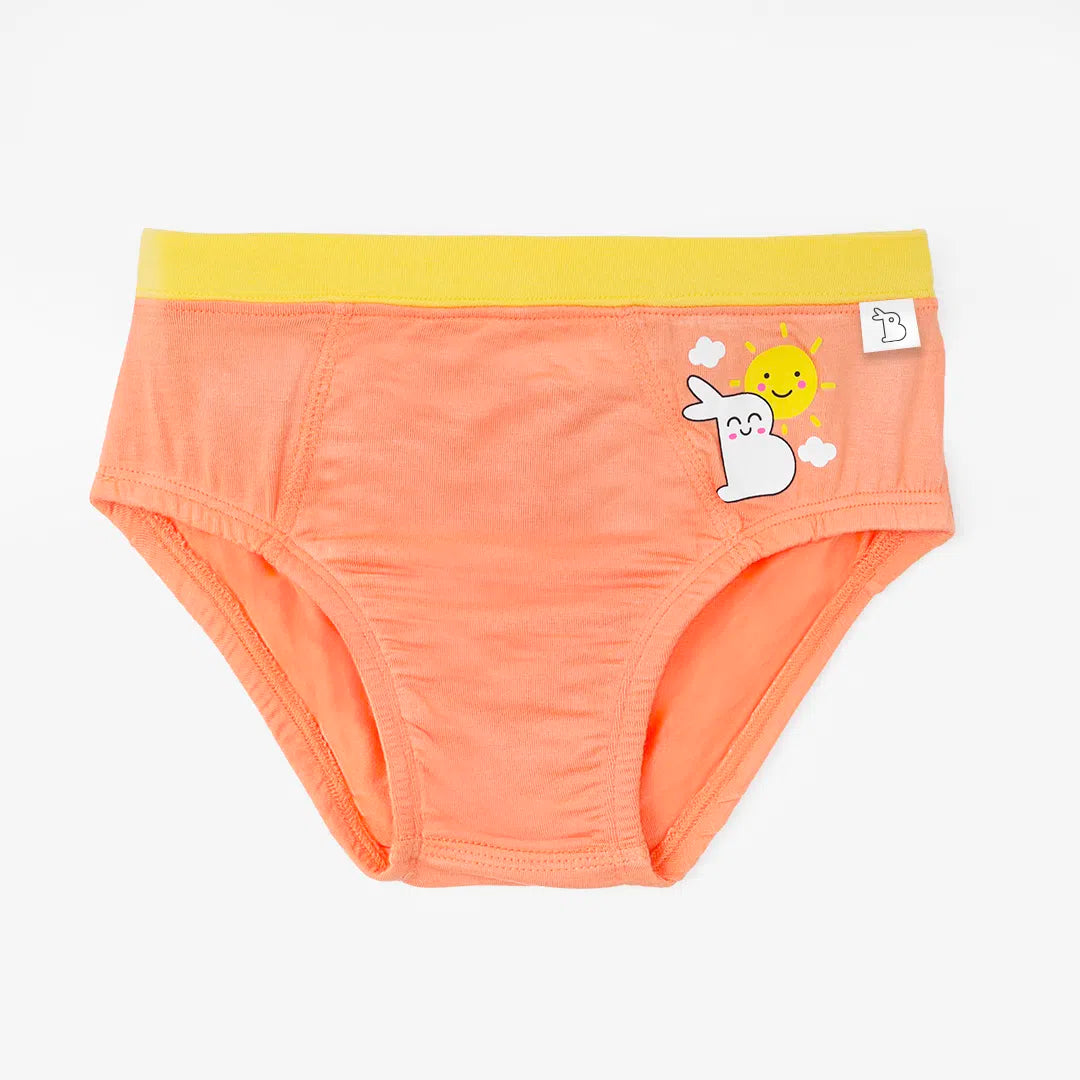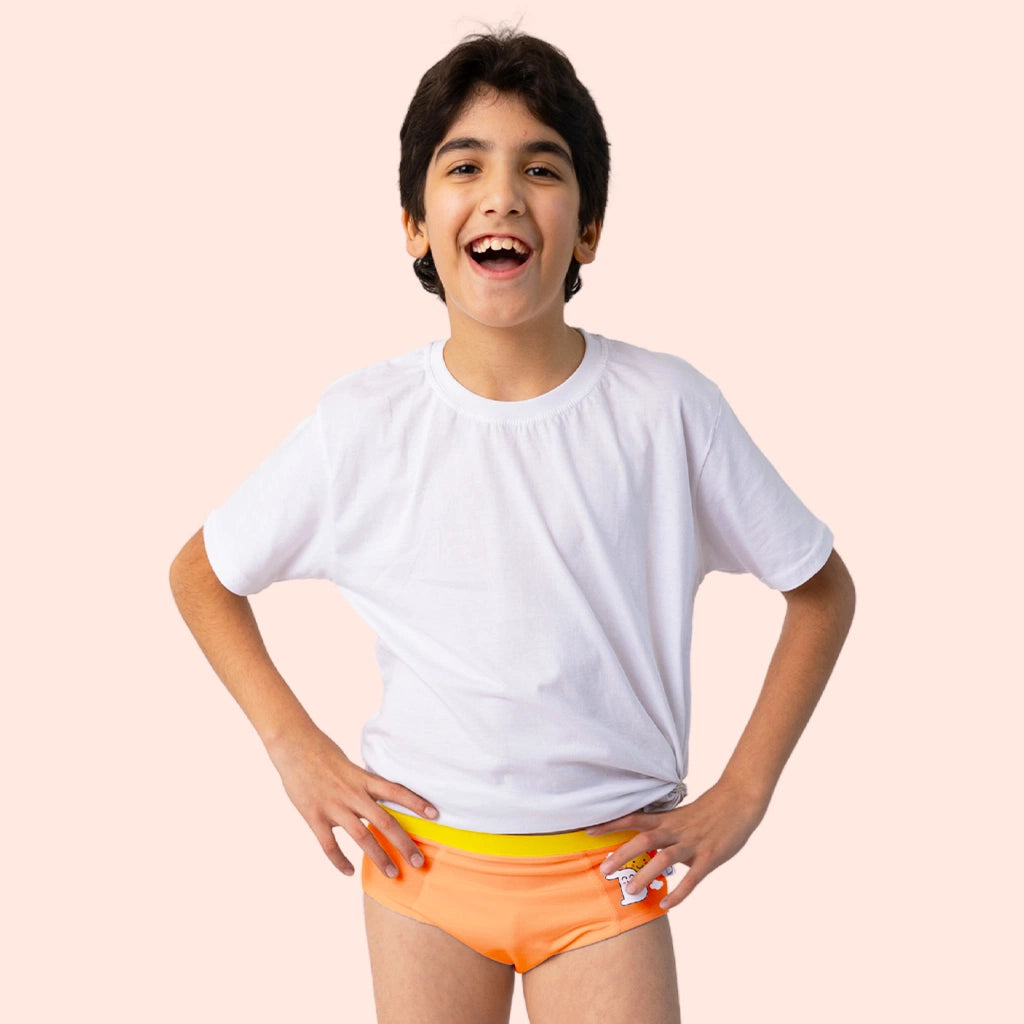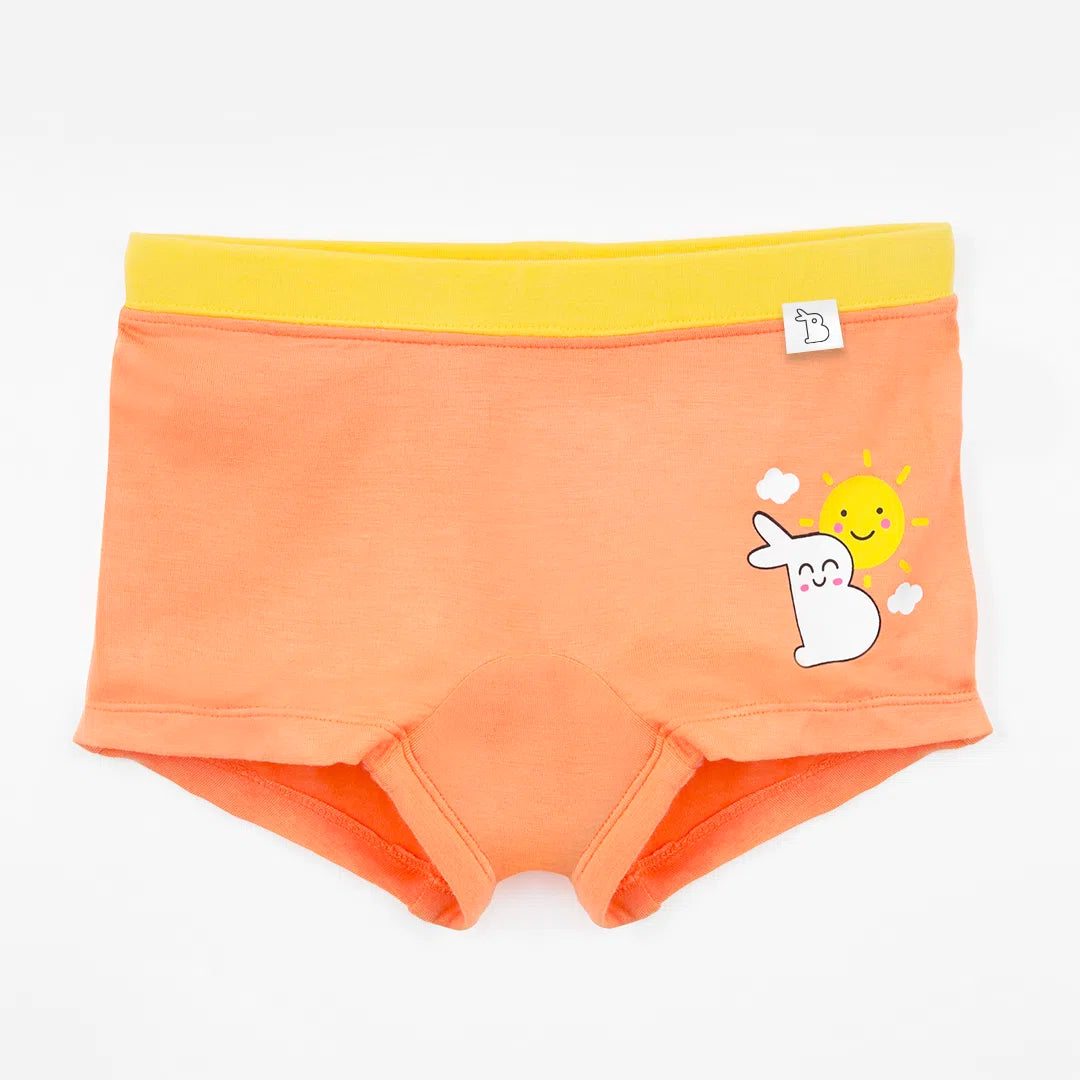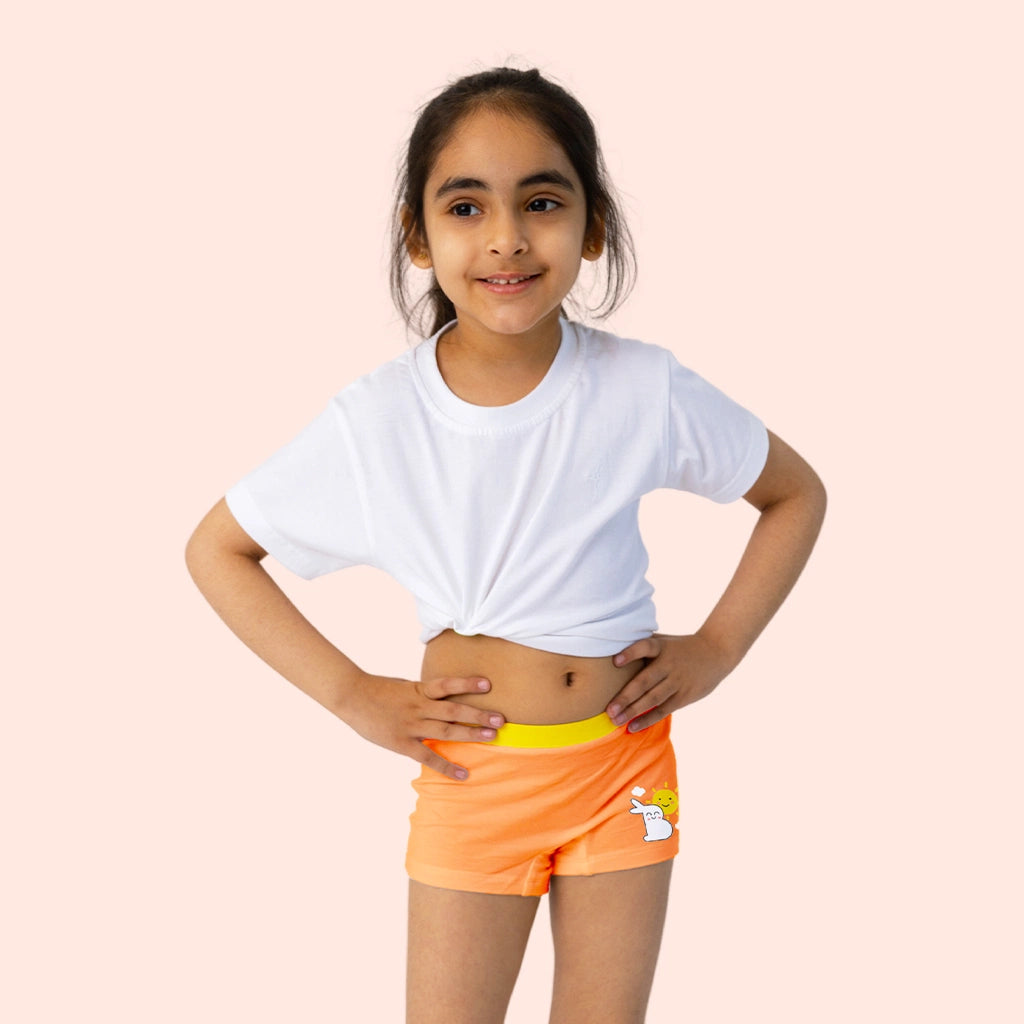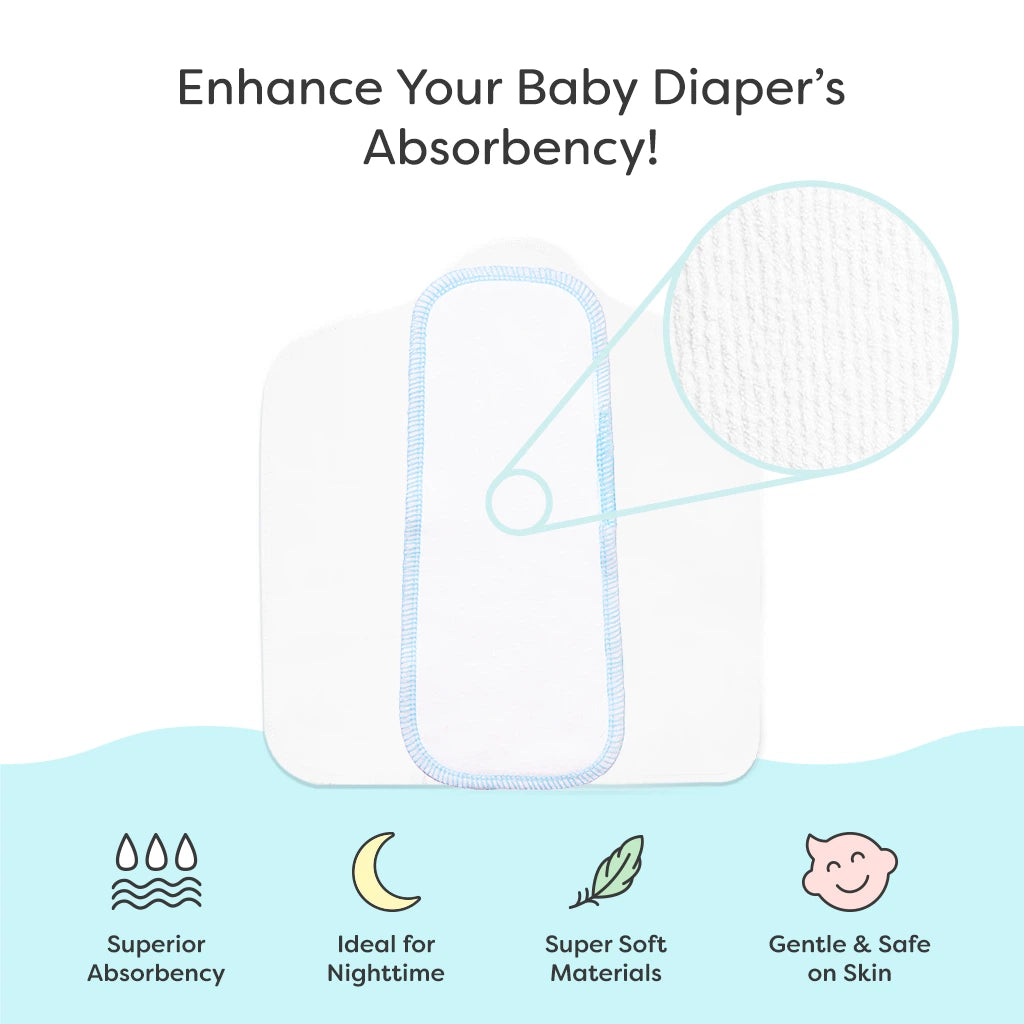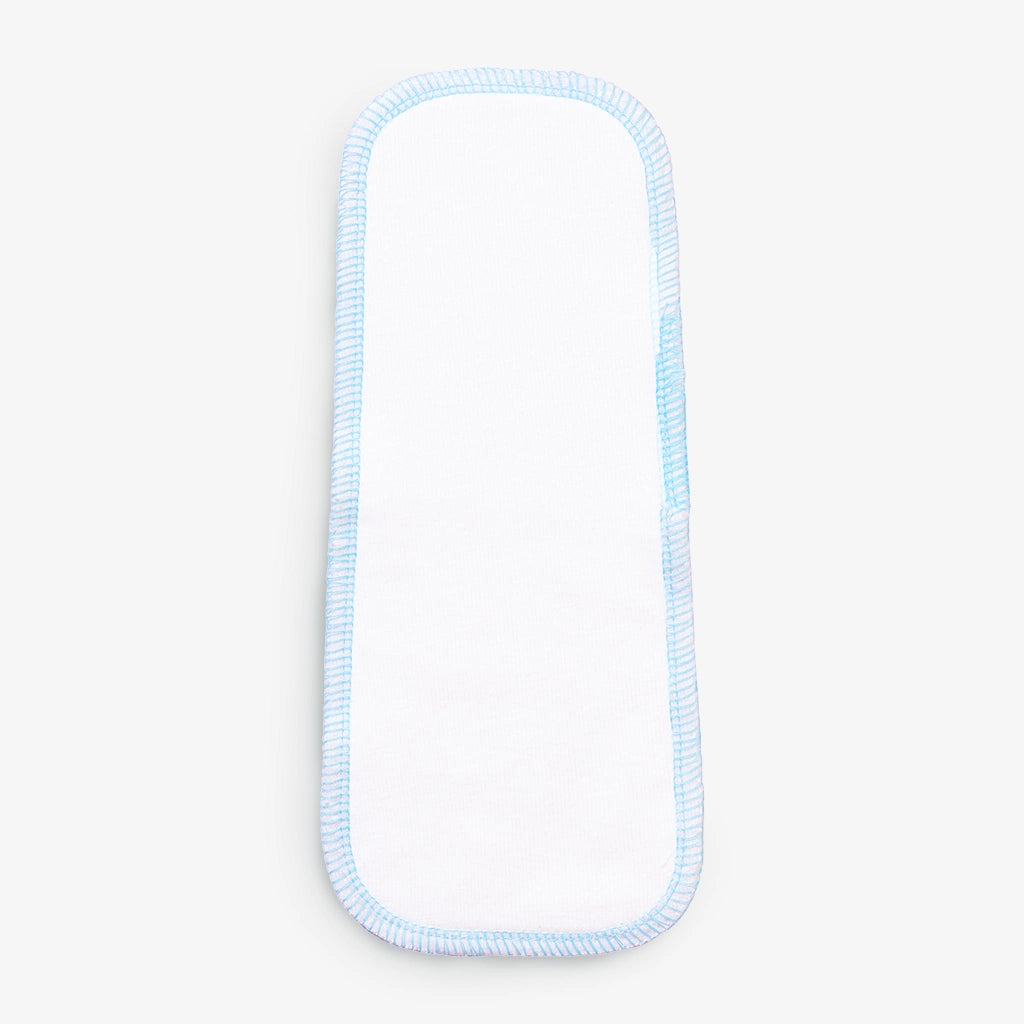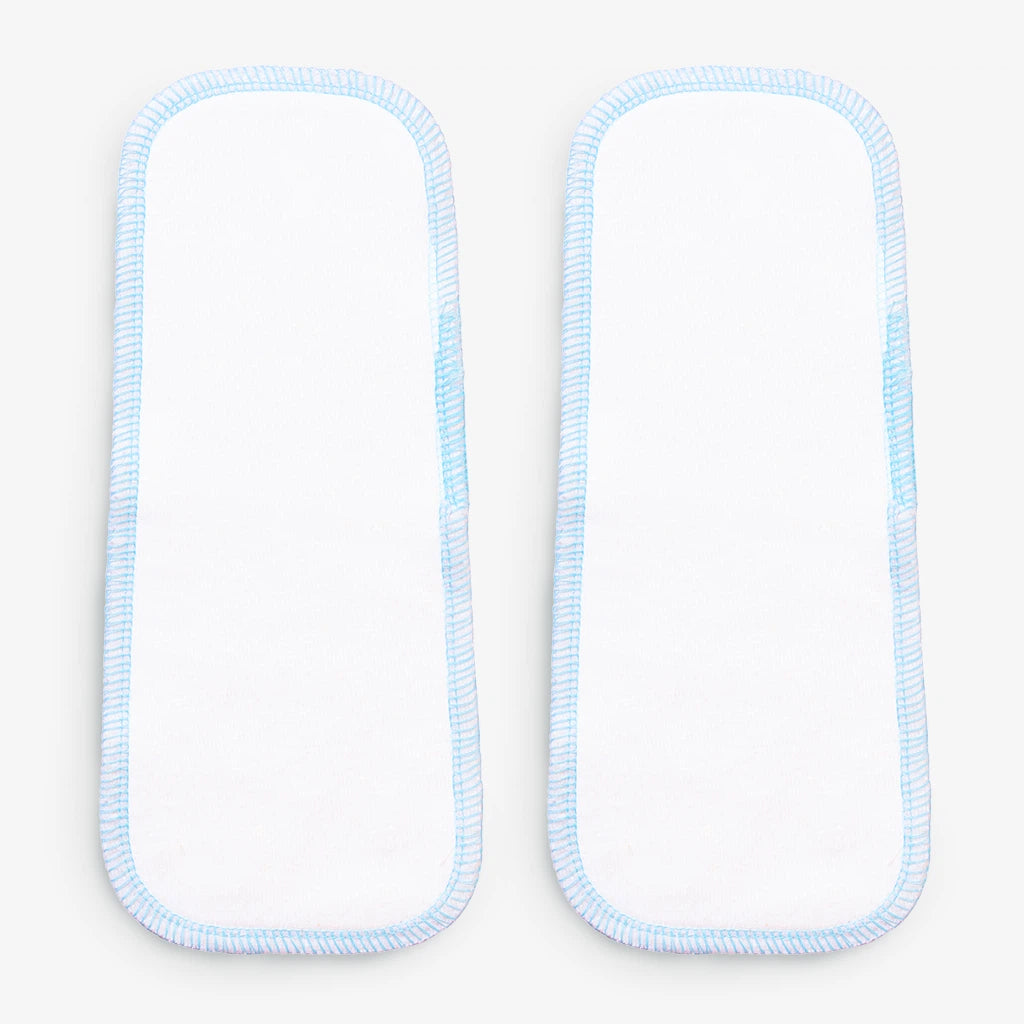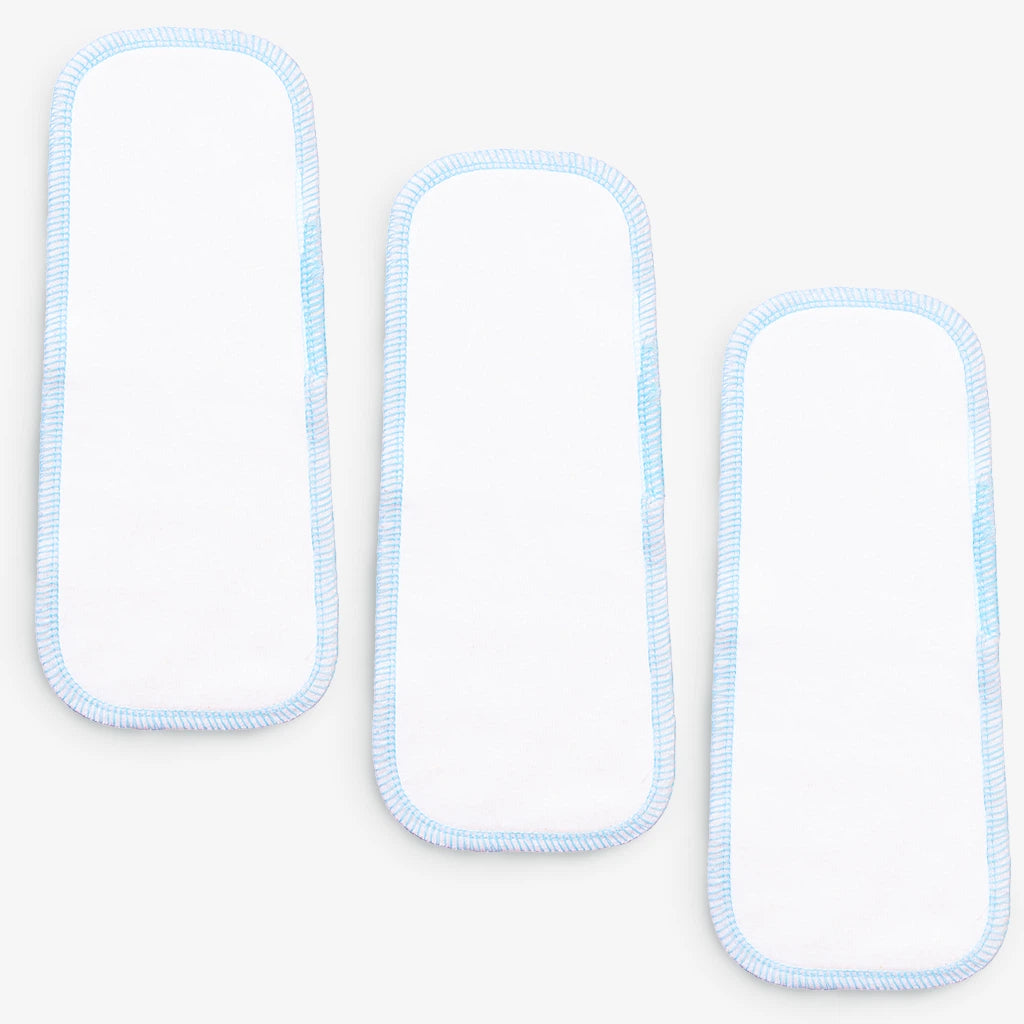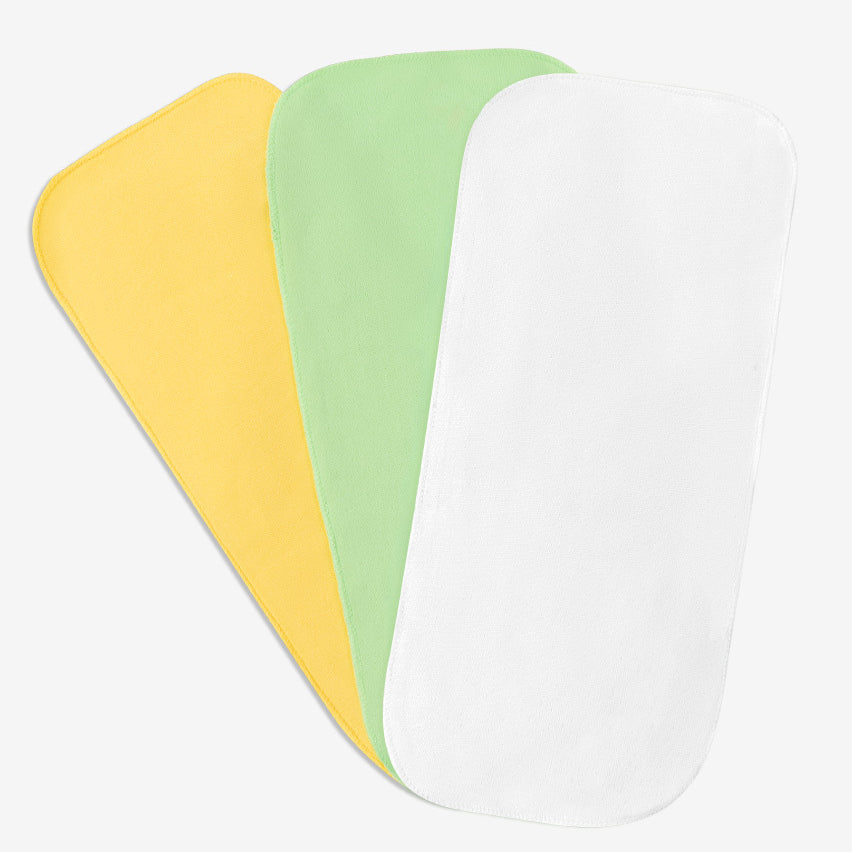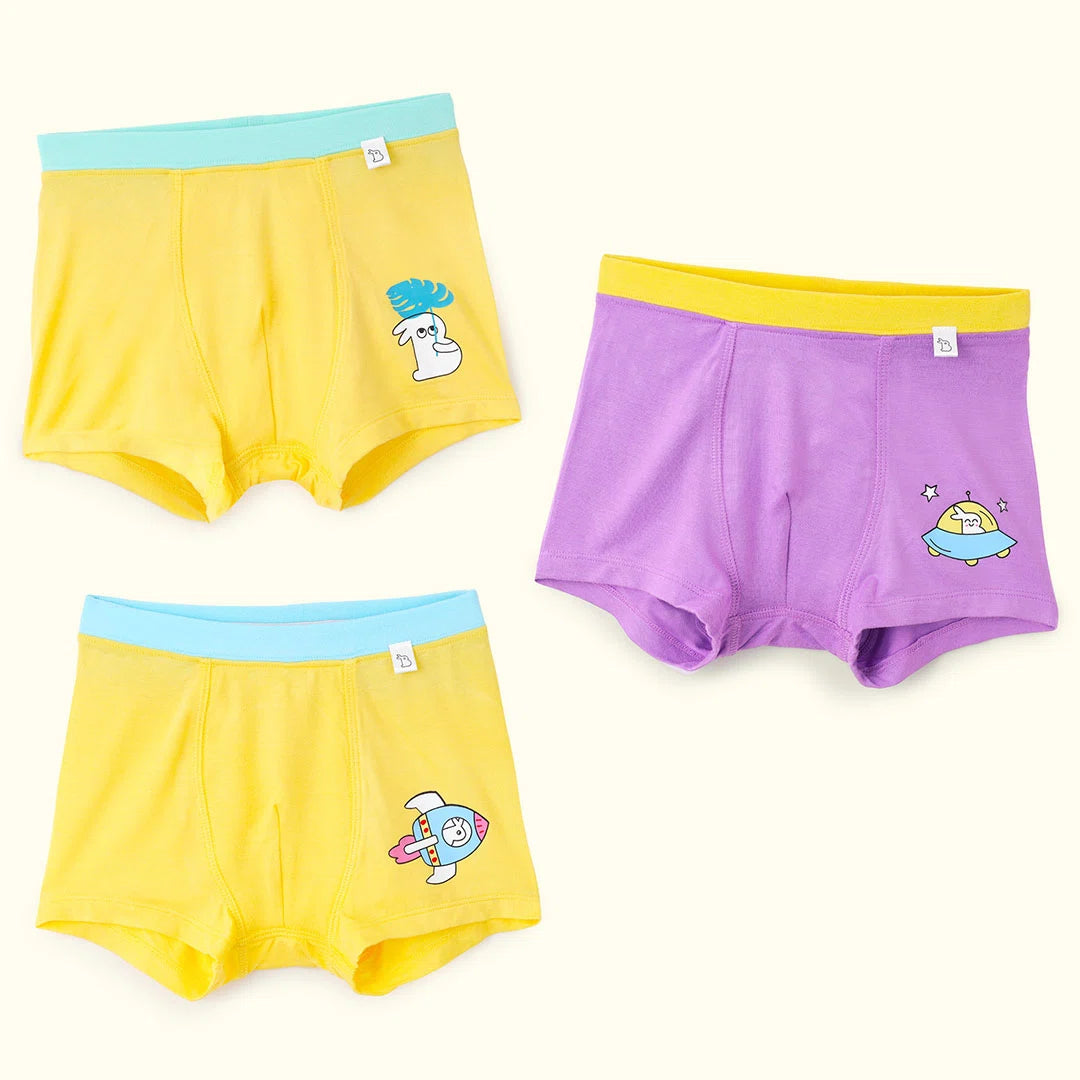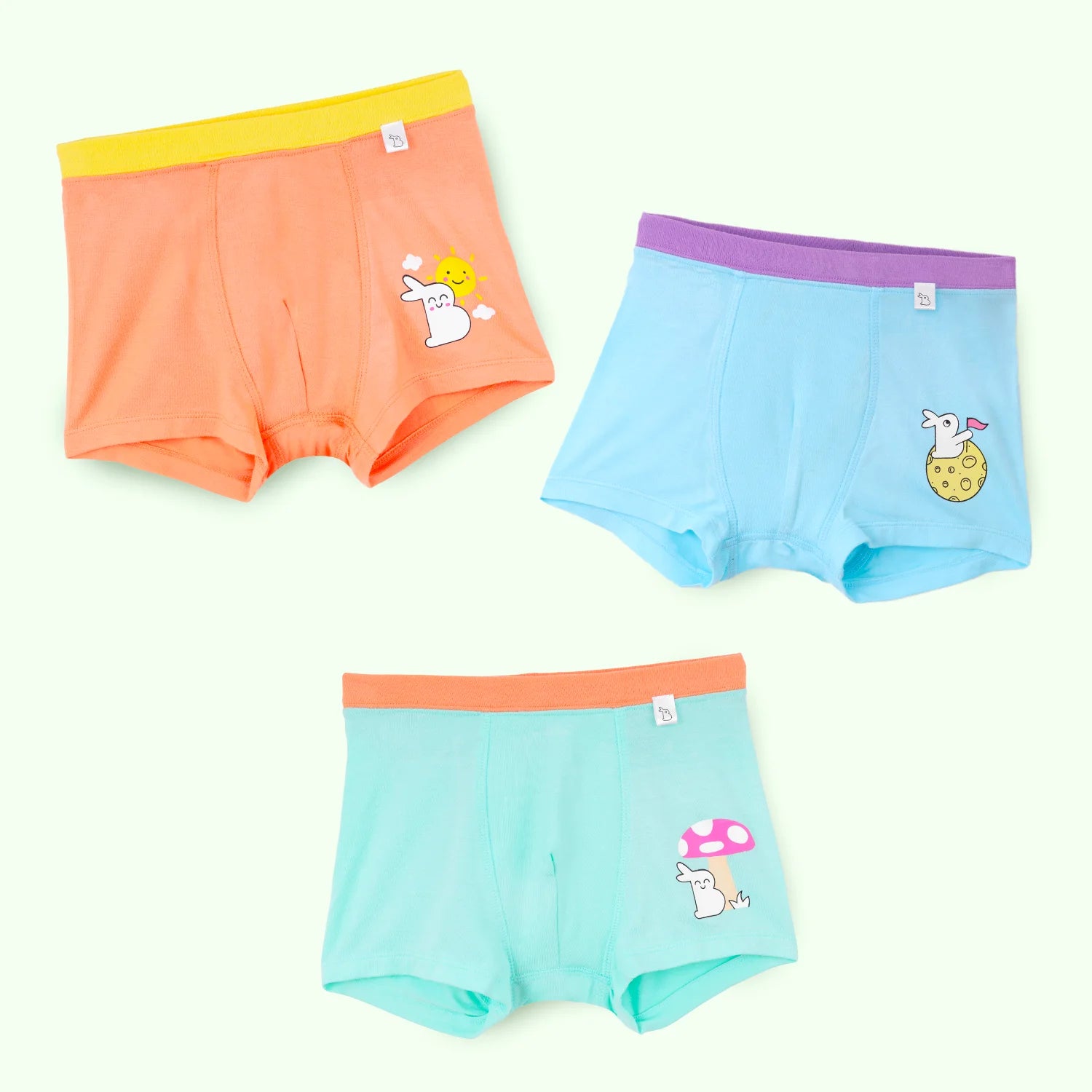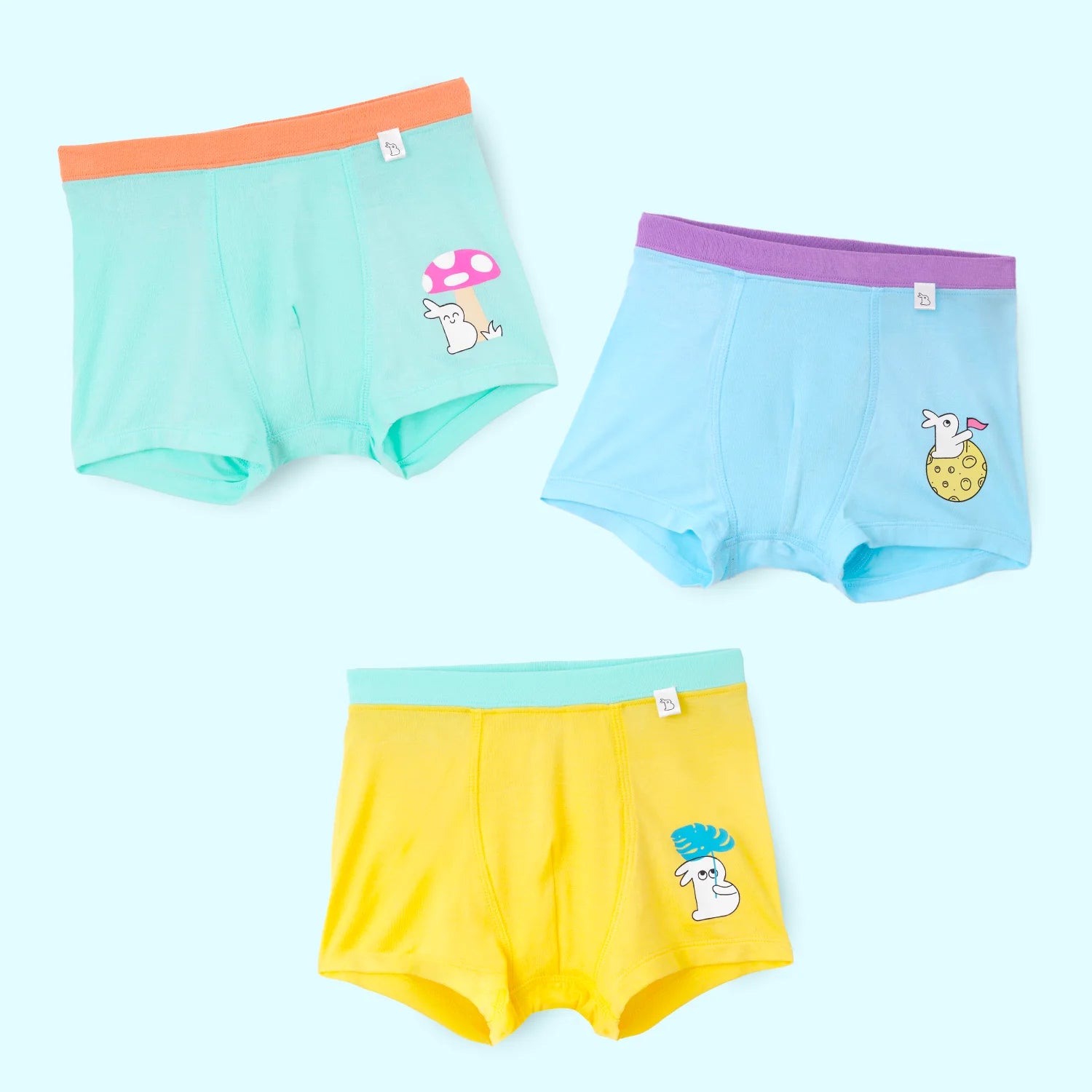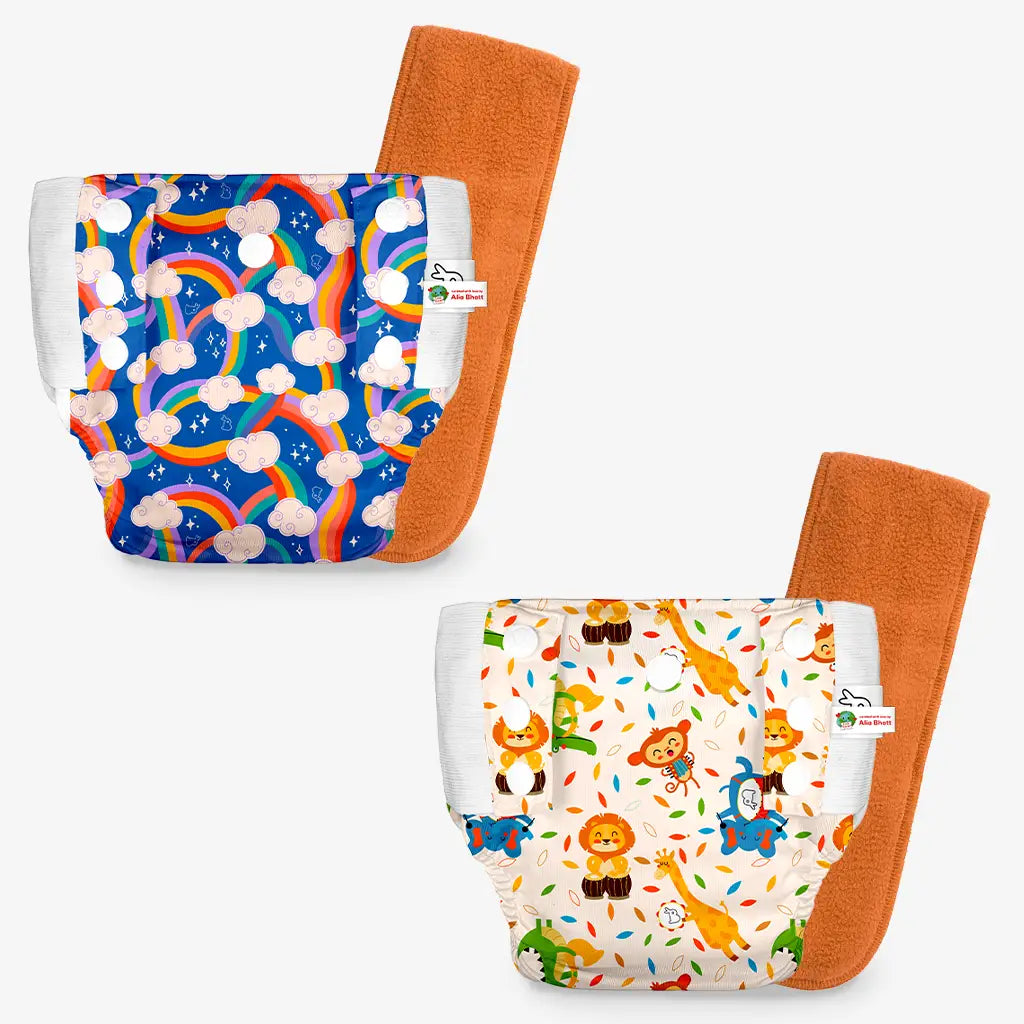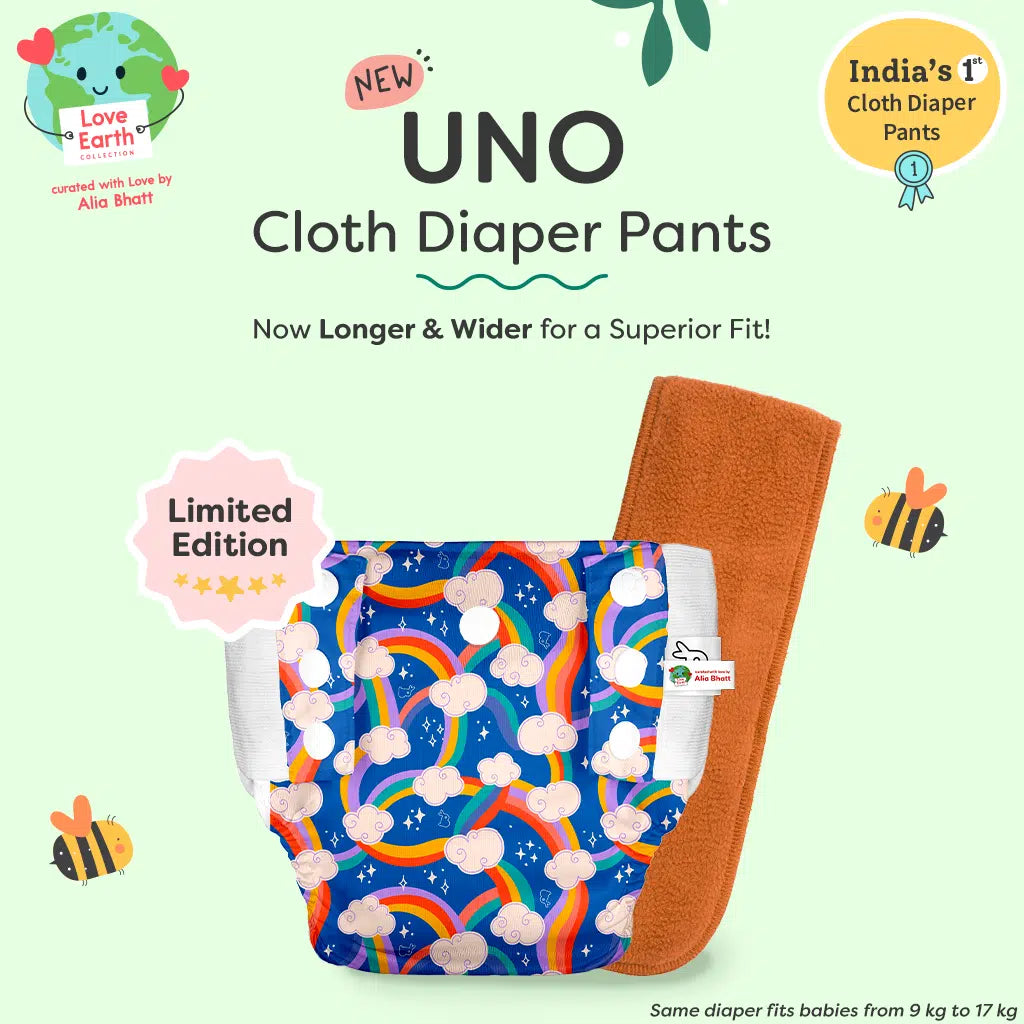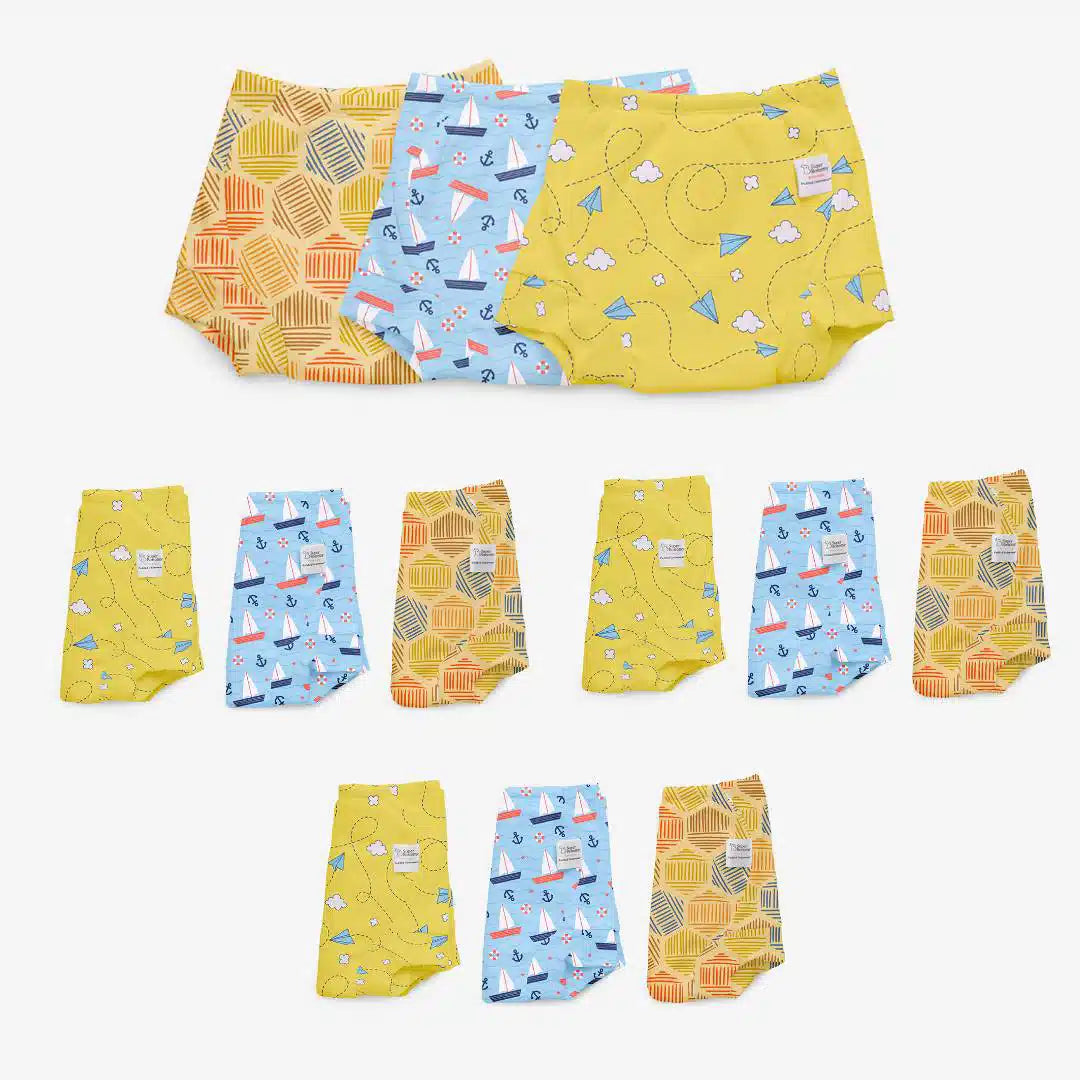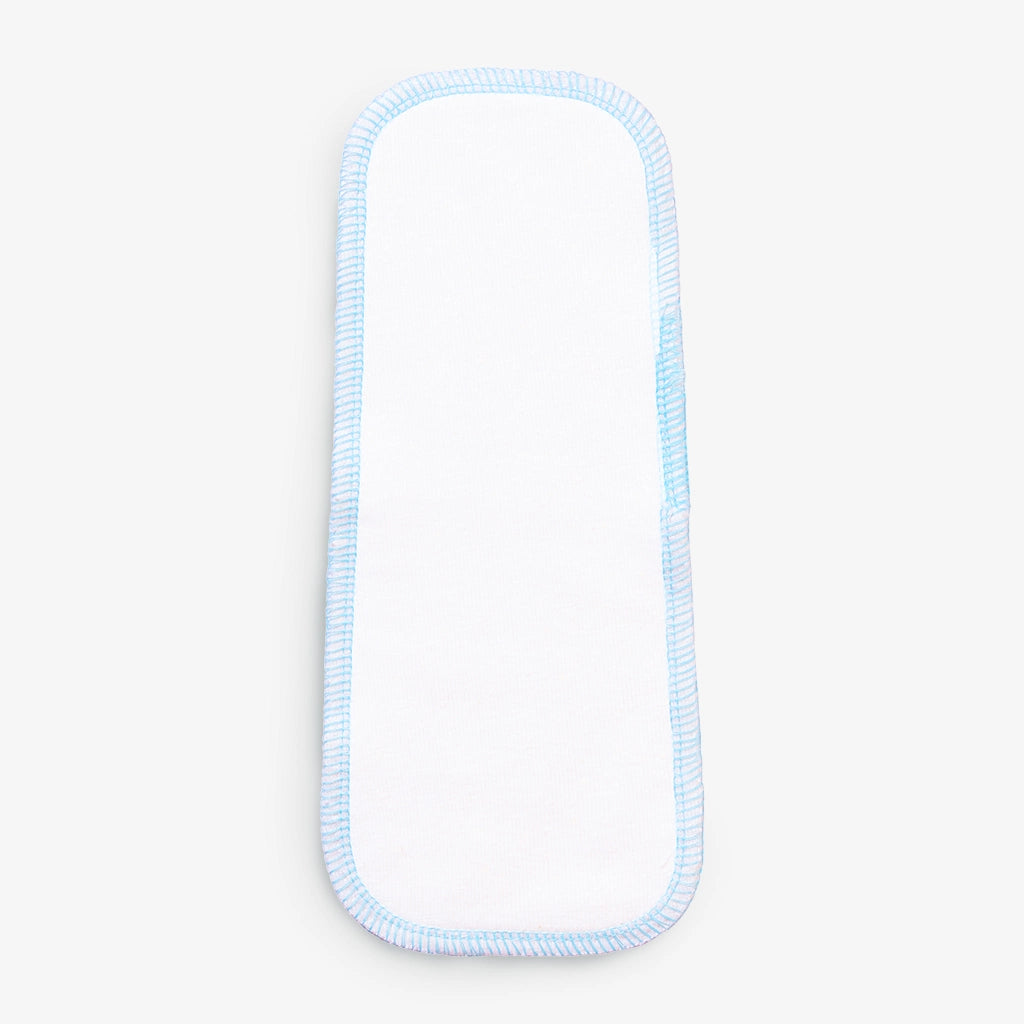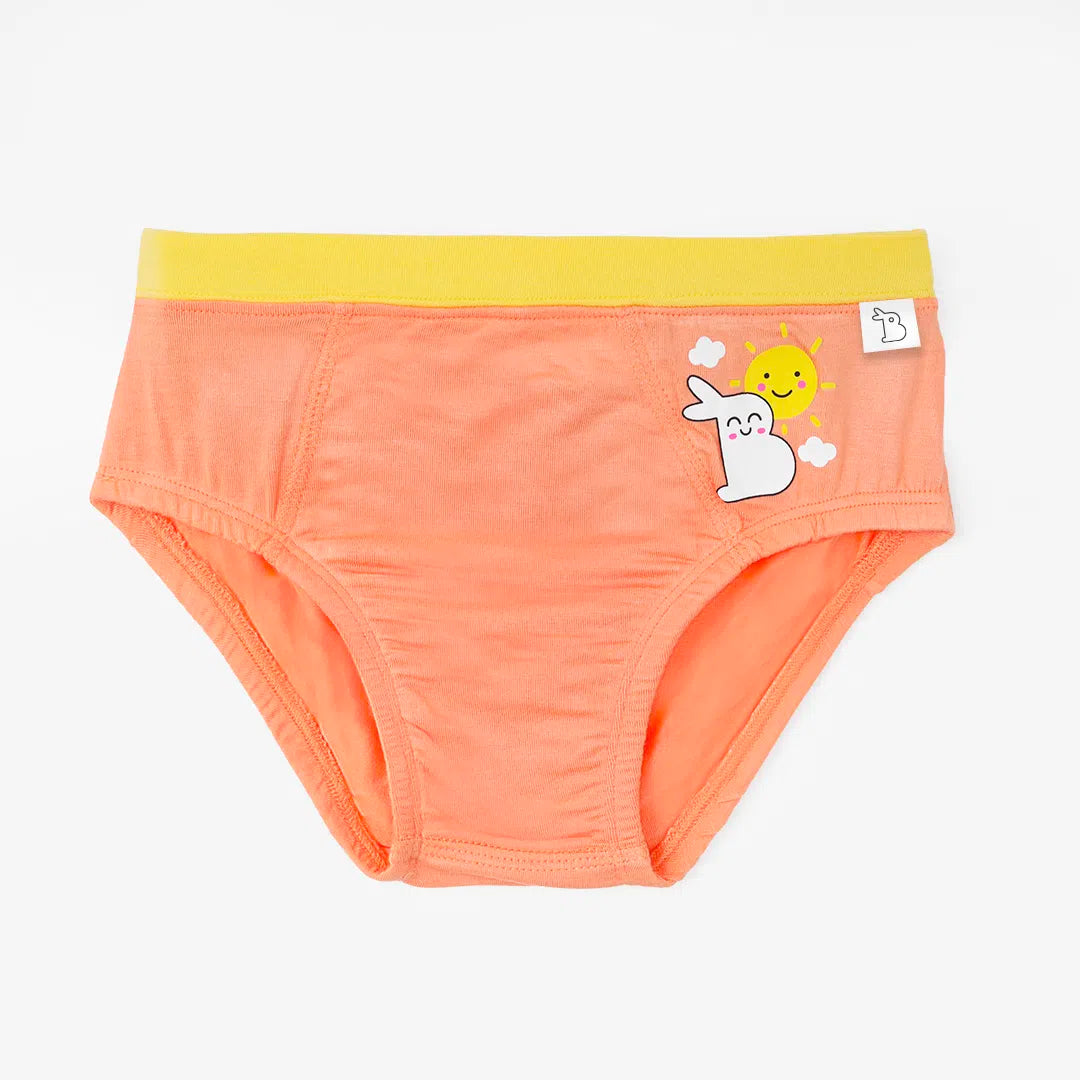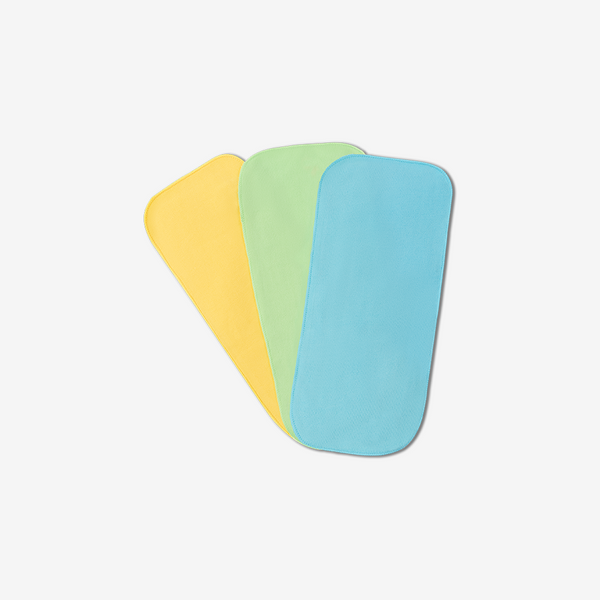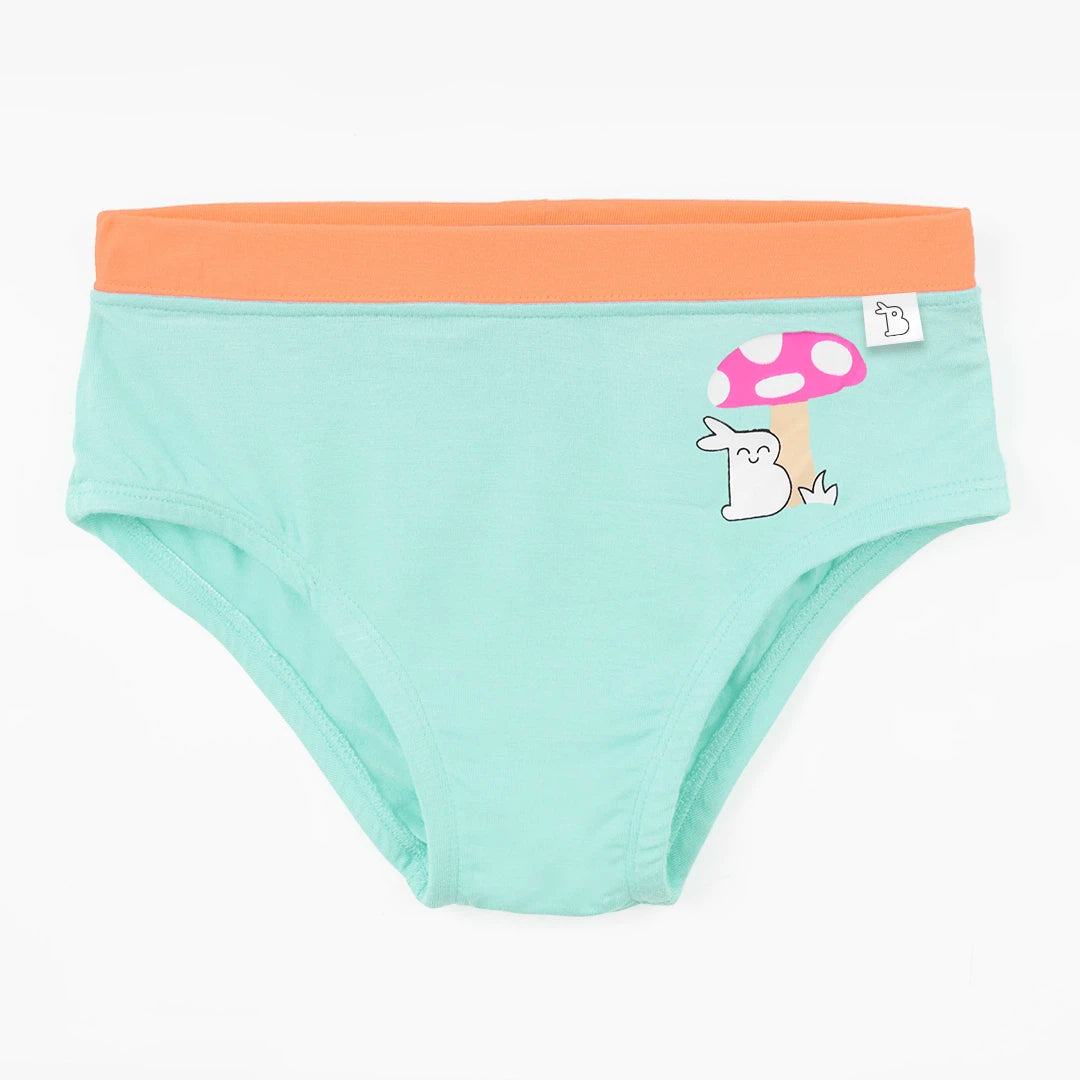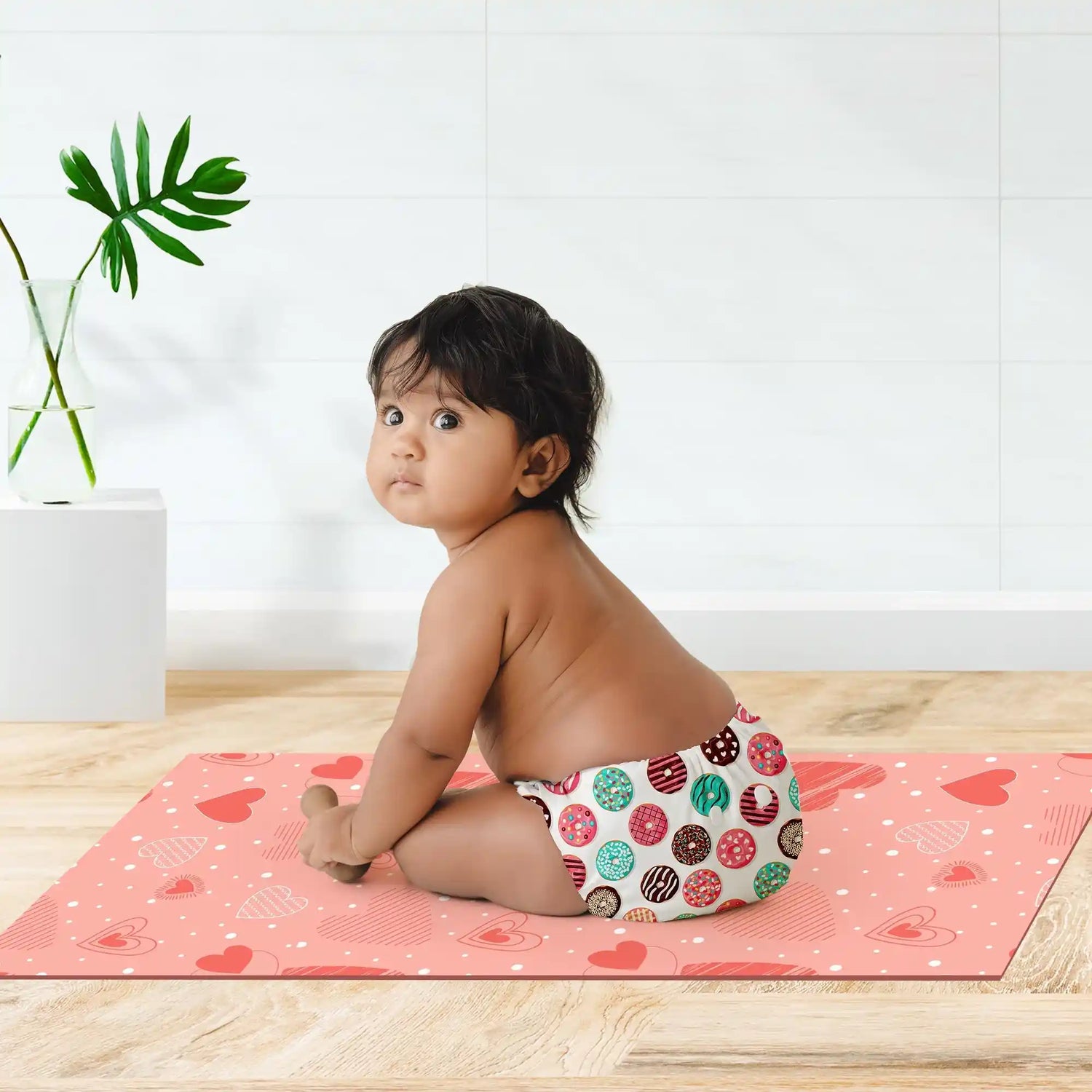Welcome to the Modern Parent's Guide to Cloth Diapering! As conscientious parents, we understand the importance of making eco-friendly choices for our little ones. Cloth diapering offers a sustainable and budget-friendly alternative to traditional disposable diapers, making it an increasingly popular choice among modern families.
In this comprehensive guide, we'll delve into the world of cloth diapering, providing essential information on how to use cloth diapers effectively, exploring the best options for newborn cloth diapers, including newborn cloth diapers, and uncovering the numerous benefits of embracing reusable diapers for your precious bundle of joy.
Get ready to embark on a journey of eco-conscious parenting that not only promotes a healthier planet but also ensures the utmost comfort and care for your baby.
Why Choose Cloth Diapers?
As modern parents, we are increasingly mindful of the impact our choices have on the environment and our little one's well-being.
Cloth diapering presents a sustainable and eco-friendly alternative to traditional disposable diapers, making it a popular choice for families seeking a greener approach to diapering. Let's explore the compelling reasons why more and more parents are opting for reusable cloth diapers:
1. Environmentally Friendly:
One of the most significant advantages of cloth diapering is its positive impact on the environment. Disposable diapers contribute to a staggering amount of waste that ends up in landfills and takes hundreds of years to decompose.
In contrast, cloth diapers are reusable and can significantly reduce your family's carbon footprint. By choosing baby cloth diapers, you contribute to a healthier planet for your child's future.
2. Cost-Effective:
While the initial cost of cloth diapers may seem higher than buying disposable ones, the long-term savings are substantial. Cloth diapers, when well-maintained, can be used for multiple children, making them a cost-effective investment for families planning to have more kids.
Additionally, cloth diapers like SuperBottoms FreeSize UNO cloth diapers come with adjustable sizing, allowing them to grow with your baby, further maximizing their value.
3. Healthier for Baby:
Cloth diapers are typically made from natural and breathable materials, such as organic cotton, hemp, or bamboo. They do not contain the chemicals found in some disposable diapers, which may cause skin irritation and diaper rash.
Cloth diapers promote better air circulation, reducing the risk of rashes and keeping your baby's sensitive skin healthy and happy.
4. Less Chemical Exposure:
Disposable diapers often contain various chemicals, such as dyes, fragrances, and absorbent gels. These chemicals can come into contact with your baby's skin, raising concerns about potential health risks. In contrast, organic cotton cloth diapers are free from harmful chemicals, providing a safer and more natural option for your little one.
5. Adorable Designs:
Who said cloth diapers can't be stylish? SuperBottoms FreeSize UNO, along with many other cloth diaper brands, offers a variety of adorable and trendy designs. From cute prints to vibrant colors, cloth diapers add a fun and fashionable element to your baby's outfit.
6. Customizable Absorbency:
Cloth diapers offer the flexibility to adjust the level of absorbency based on your baby's needs. From cloth diapers for newborns to those designed for heavy wetters, you can choose the appropriate inserts or soaker pads to ensure maximum comfort and dryness.
7. Long-Lasting and Resale Value:
High-quality cloth diapers like SuperBottoms FreeSize UNO are designed to withstand multiple washes and wear, ensuring they can be used for several years. When your diapering days are over, these cloth diapers retain their resale value, allowing you to pass them on to other parents or sell them to recoup some of the initial investment.
How to Use Cloth Diapers: A Comprehensive Guide
Cloth diapering is gaining popularity among modern parents due to its eco-friendly nature and numerous benefits for both the baby and the environment. While some parents may feel hesitant about using cloth diapers, they are actually quite straightforward and easy to use once you get the hang of it. Let’s look at this step-by-step process of how to use cloth diapers effectively, ensuring a comfortable and eco-conscious diapering experience for your little one.
1. Preparing Your Cloth Diapers:
Before you start using cloth diapers, make sure you have all the essentials ready. This includes a stash of cloth diapers, diaper covers, and absorbent inserts or soaker pads. It's essential to choose the right size and type of cloth diapers suitable for your baby's age and needs. For newborns, consider using specially designed newborn cloth diapers for a snug fit and optimal absorbency.
2. Putting on the Cloth Diaper:
Lay your baby on a changing mat or a safe and clean surface. Open the cloth diaper and position it under your baby, making sure the back edge is aligned with the waistline. The front of the diaper should be slightly below the belly button.
Pull the front of the diaper up between the legs, ensuring it fits snugly without being too tight. Secure the diaper using the fasteners provided, such as snaps or hook-and-loop closures.
3. Adding Absorbency:
The level of absorbency required depends on your baby's age and how long you plan to keep the diaper on. For newborns, one or two absorbent inserts or soaker pads may suffice. As your baby grows or if they are heavy wetters, you may need to add more inserts for increased absorbency. Some cloth diapers, like pocket diapers, have a pocket opening where you can easily slide in the inserts.
4. Changing and Washing Cloth Diapers:
Change cloth diapers every 4-5 hours or as soon as your baby soils the diaper. To change the diaper, unfasten the closures, remove the soiled inserts, and dispose of any solid waste in the toilet.
Store the used cloth diapers in a diaper pail or a wet bag until laundry day. When washing cloth diapers, use a cloth diaper-friendly detergent without additives or fabric softeners to maintain their absorbency. Line drying or using a low-heat setting in the dryer is recommended for preserving the fabric's quality.
Also Read: Guide for Washing Cloth Diapers for First Time
|
Limited Offers Ending Sooner - BUY NOW Now or never offers live on the SuperBottoms website. Take advantage of the never-before Good Value for Money on our offer page! Stock up on the bestselling UNO diapers, accessories and other popular SuperBottoms baby and mom products now available in deals and discounts. HURRY, the Deals are Live till stocks last! |
Types of Cloth Diapers
Modern cloth diapers come in various styles to suit different preferences and needs:
1. All-in-One (AIO) Diapers: These are the most similar to disposable diapers, with the absorbent layer sewn into the waterproof cover. AIO diapers are convenient and easy to use, making them an excellent choice for busy parents or daycare settings.
2. Pocket Diapers: These diapers have a pocket opening, allowing you to customize the absorbency by inserting different soaker pads. They offer flexibility and quick drying times.
3. Prefold and Flat Diapers: These are traditional cloth diapers that require folding and fastening with pins or Snappis. They are the most economical option and dry quickly.
4. Hybrid Diapers: Hybrid diapers combine reusable covers with disposable or biodegradable inserts, offering flexibility for parents who want the convenience of disposables occasionally.
Choosing the Right Cloth Diapers for Newborns
When it comes to choosing the right cloth diapers for newborns and babies, SuperBottoms FreeSize UNO emerges as the best choice in the realm of cloth diapering. Specifically designed for newborns and infants, SuperBottoms FreeSize UNO provides an ideal fit and maximum comfort for your little one's delicate skin.
Its innovative design includes adjustable sizing options, allowing the diaper to grow with your baby, making it suitable for newborns up to toddlers. This means you won't have to invest in different sets of cloth diapers as your baby grows.
The ease of use of SuperBottoms FreeSize UNO makes it perfect for parents who are new to cloth diapering, as it functions much like disposable diapers with its all-in-one (AIO) style.
With its superior absorbency and leak-proof features, this cloth diaper ensures a hassle-free diapering experience, while its eco-friendly nature adds to the joy of parenting sustainably. Choose SuperBottoms FreeSize UNO for your newborn and embrace a diapering solution that not only cares for your baby but also cares for the environment.
In Conclusion:
Using cloth diapers is a simple and rewarding experience once you become familiar with the process. By following this step-by-step guide on how to use cloth diapers, you'll not only provide your baby with a comfortable and chemical-free diapering experience but also contribute to a more sustainable and eco-conscious lifestyle.
Embrace the world of cloth diapering and discover the joy of nurturing your little one with love and care, while also taking positive steps towards a greener future for them and the planet.
Frequently Asked Questions
Q1. What are the benefits of cloth diapering compared to using disposable diapers?
Ans: Cloth diapering offers several advantages, including being environmentally friendly, cost-effective, and healthier for your baby's skin. Cloth diapers are reusable and reduce waste, saving money in the long run and minimizing your carbon footprint.
They are made from natural and breathable materials, reducing the risk of diaper rash and irritation compared to some disposable diapers with chemicals.
Q2. How do I choose the right cloth diapers for my baby?
Ans: When choosing cloth diapers for babies, consider your baby's age, weight, and individual needs. For newborns, opt for newborn cloth diapers that offer a snug fit and sufficient absorbency. Look for adjustable cloth diapers that can grow with your baby to avoid the need for constant size changes.
Q3. How many cloth diapers do I need to have on hand?
Ans: The number of cloth diapers you'll need depends on your baby's age, how often you plan to do laundry, and the type of cloth diapering system you use. As a general guideline, having around 20-24 cloth diapers is a good starting point for most families.
Message From SuperBottoms
Hi there, new parents! No matter where you are around the world or in India, SuperBottoms ensures your kids are using the best and safest products. SuperBottoms offers the best cloth diapers, which are completely safe and gentle for your baby, DryFeel langots for diaper-free time, padded underwear for potty training your kids, and period underwear for women. These products suit your baby delicate skin at any time of year. SuperBottoms is a must-have product for you and your child whether you live in Canada, Kuwait, the United States, Qatar, Hawaii, Bahrain, Armenia, the United Arab Emirates, or the Philippines. SuperBottoms products are also available on Amazon, Myntra, Flipkart, FirstCry, Zepto, Swiggy and Blinkit.

